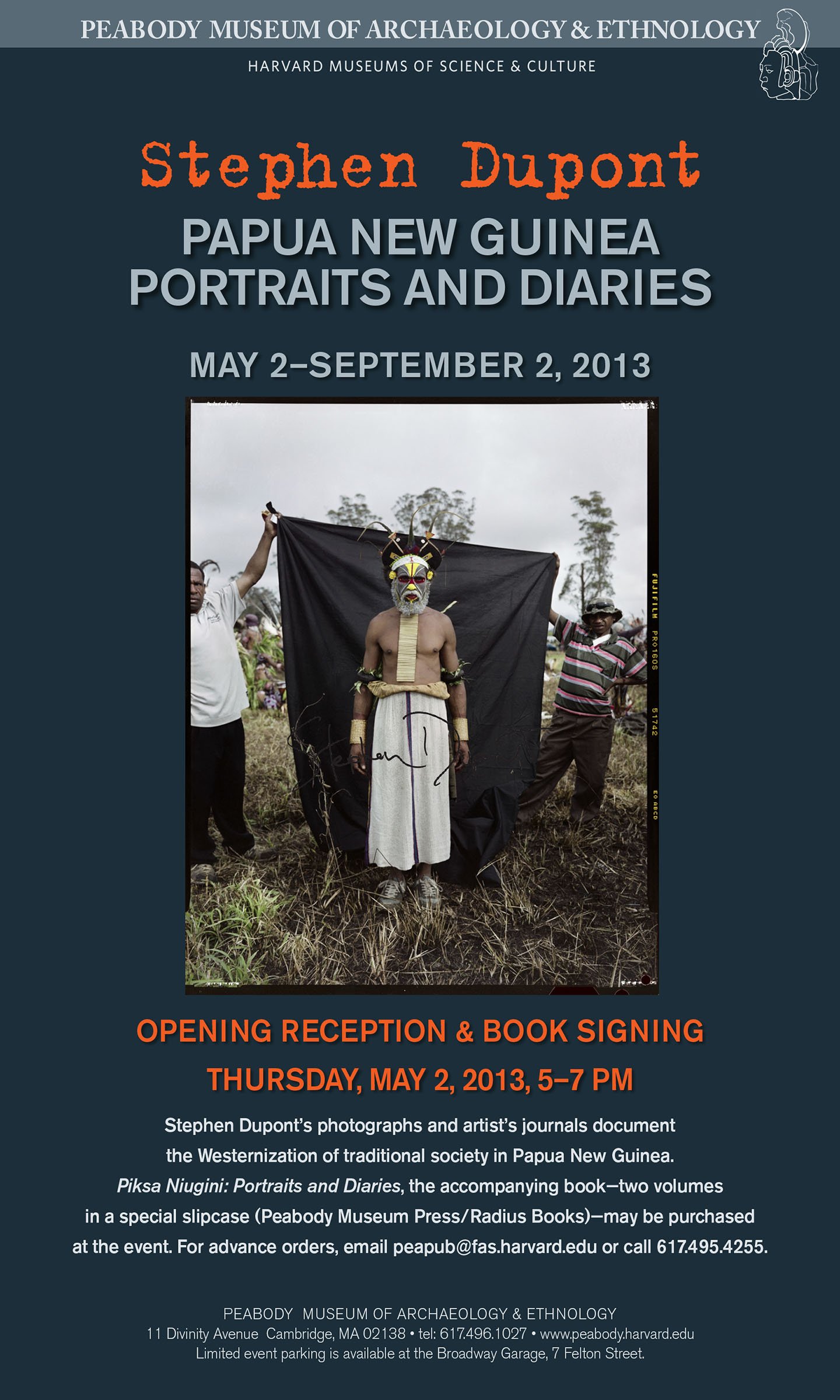Fucked Up Fotos
Venues
Ballarat International Photo Biennale, Post Office Gallery, 2023
Statement
In his new monograph, Fucked Up Fotos, acclaimed photographer Stephen Dupont curates a career’s worth of mishaps —double-exposures, light leaks, x-ray clouding, corrupted computer files — and discovers a spectacular beauty in the damage. Spanning thirty years, five continents and more than a dozen countries, from Afghanistan to Papua New Guinea, and China to Romania, the collected images make up a veritable catalogue of everything that can go wrong in a photograph, whether from user error, mechanical malfunction, or deliberate sabotage. At the same time, they also return us to the primal magic of photography and its ability to capture something beyond what was intended. The result is a visual mediation on chance, and a celebration of the accidental, the unpredictable and the imperfect.
“There is very little of me in these photographs. In fact, the images were not exactly made by me at all. Of course I created them, but who really made them what they are? Science? Nature? My own negligence? Outside interferences? These photographs, once dismissed as poor rejects, are sometimes extraordinary, magical and poetic. They’re destructive and layered moments; complex and mysterious, like a painting they invite us to look much deeper, revealing interwoven fragments of time and space”. - Stephen Dupont
Works
1 x ( H: 160cm x W: 133cm )
1 x ( H: 160cm x W: 125cm )
2 x ( H: 160cm x W: 129cm )
1 x ( H: 160cm x W: 212cm )
1 x ( H: 160cm x W: 90cm )
1 x ( H: 160cm W: 225cm )
1 x ( H: 160cm x W: 211cm )
1 x ( H: 160cm x W: 232cm )
1 x ( H: 160cm x W: 168cm )
1 x ( H: 160cm x W: 160cm ) 1 x Square B+W (92cm x 92cm)
1 x ( H: 160cm x W: 170cm )
320GSM cotton rag art paper
Reviews
Are We Dead Yet?
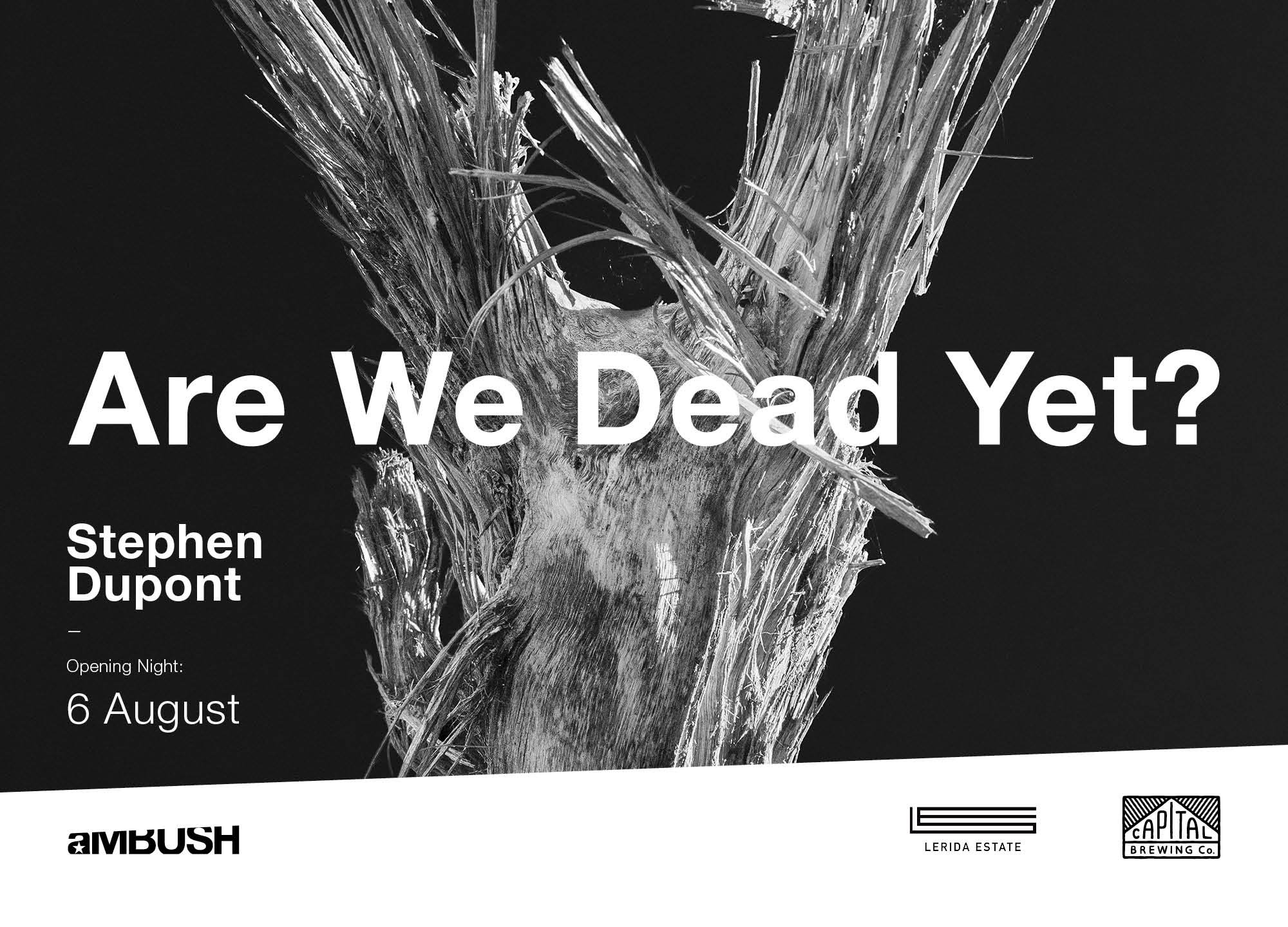
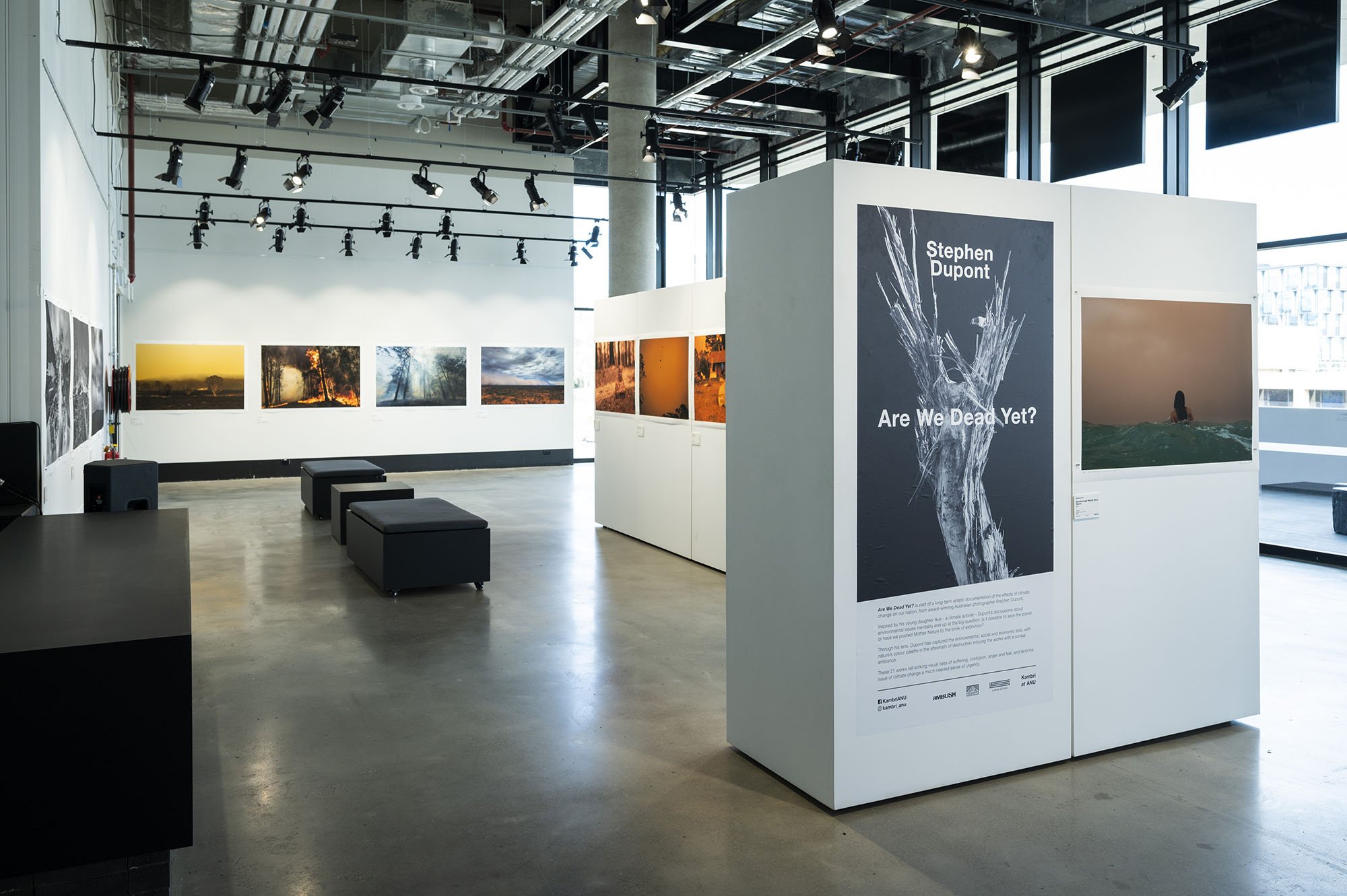
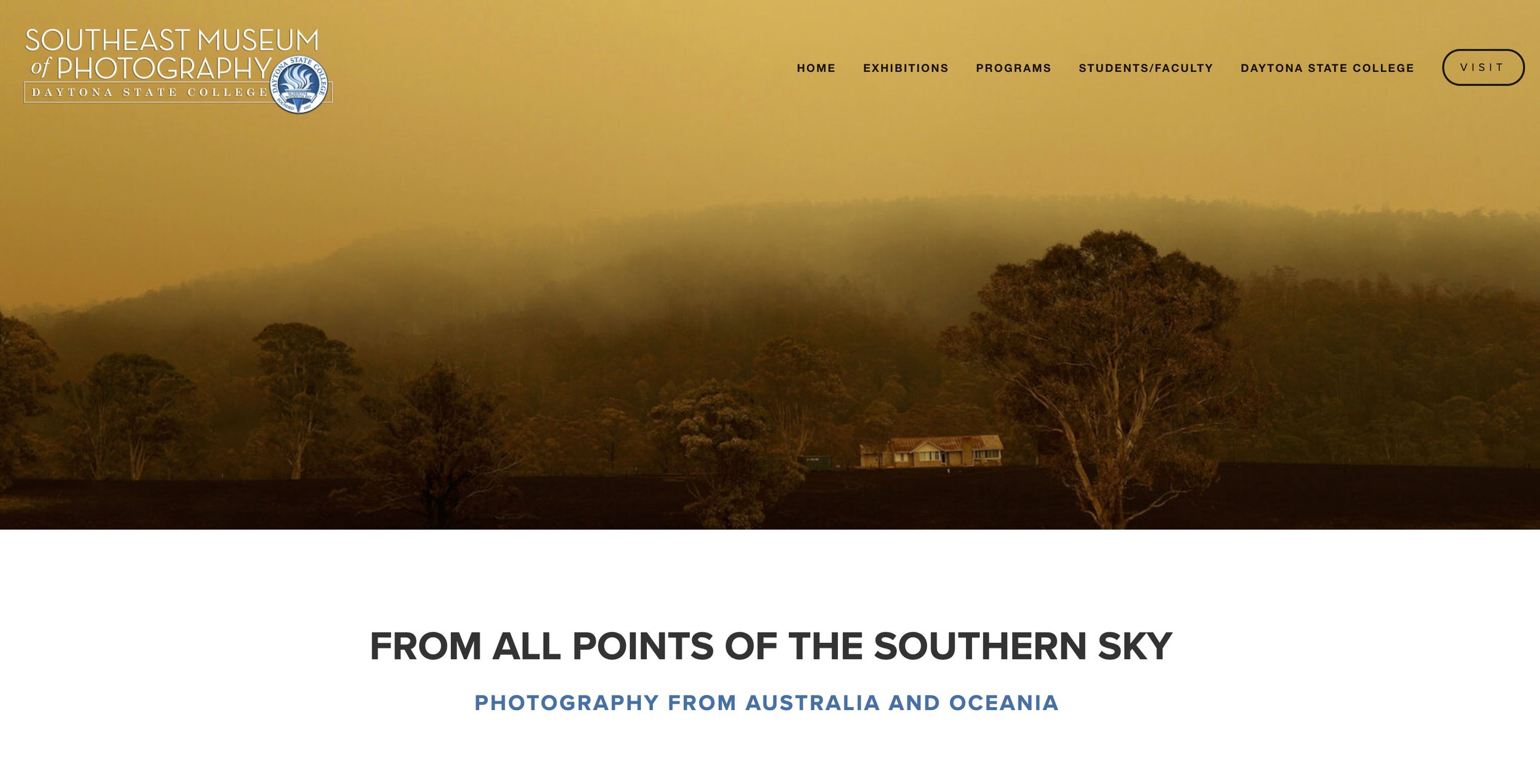
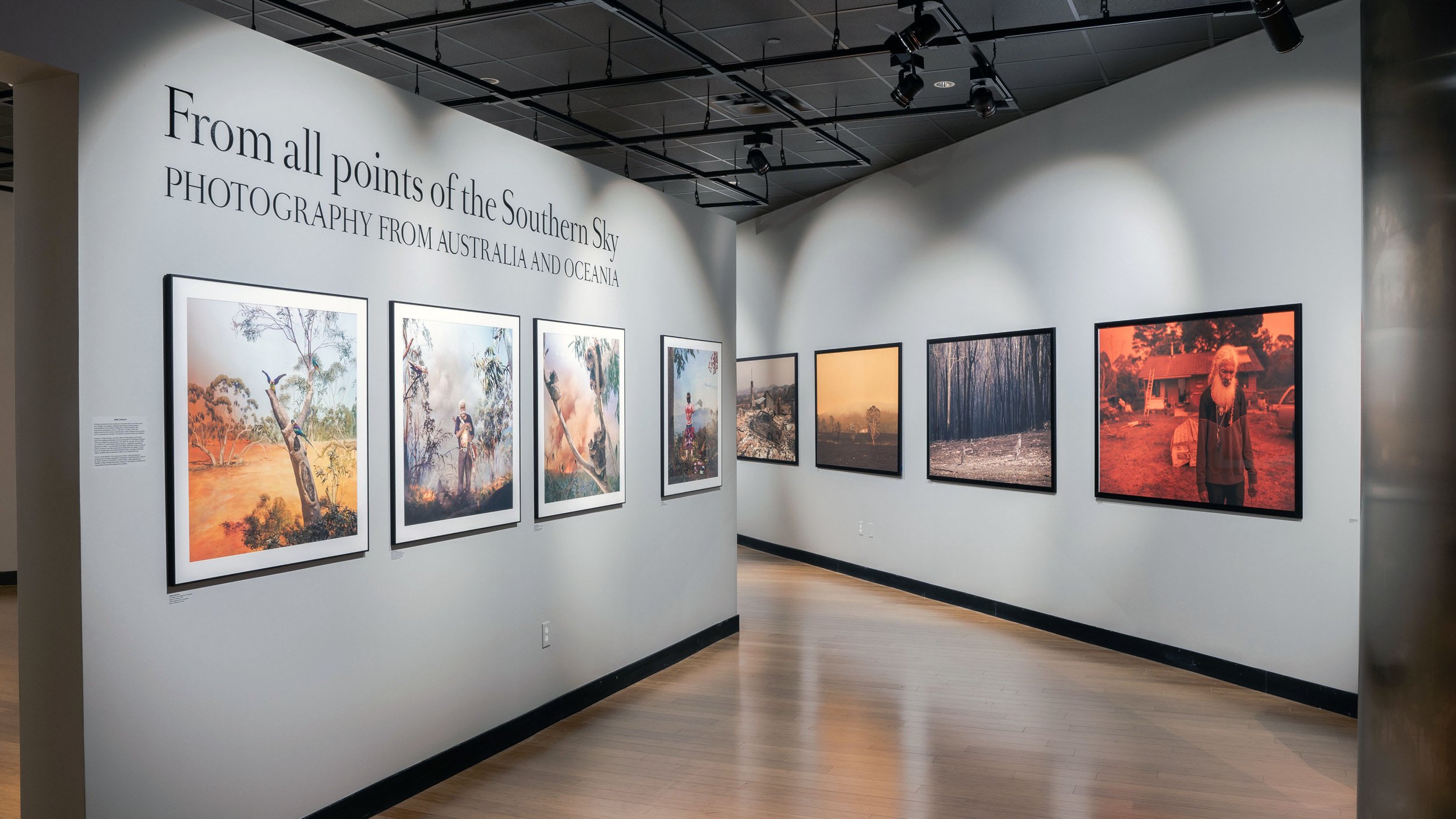
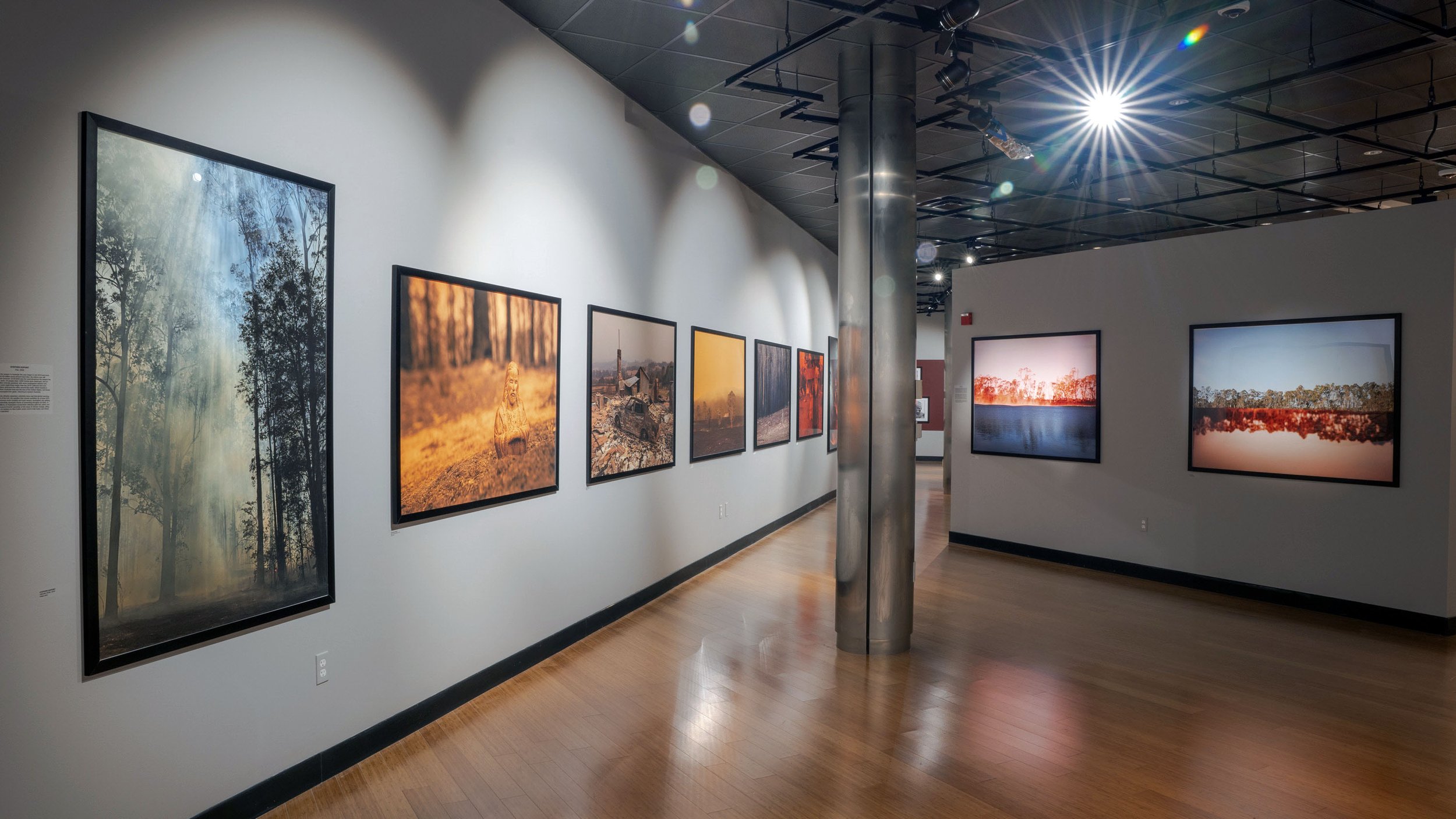
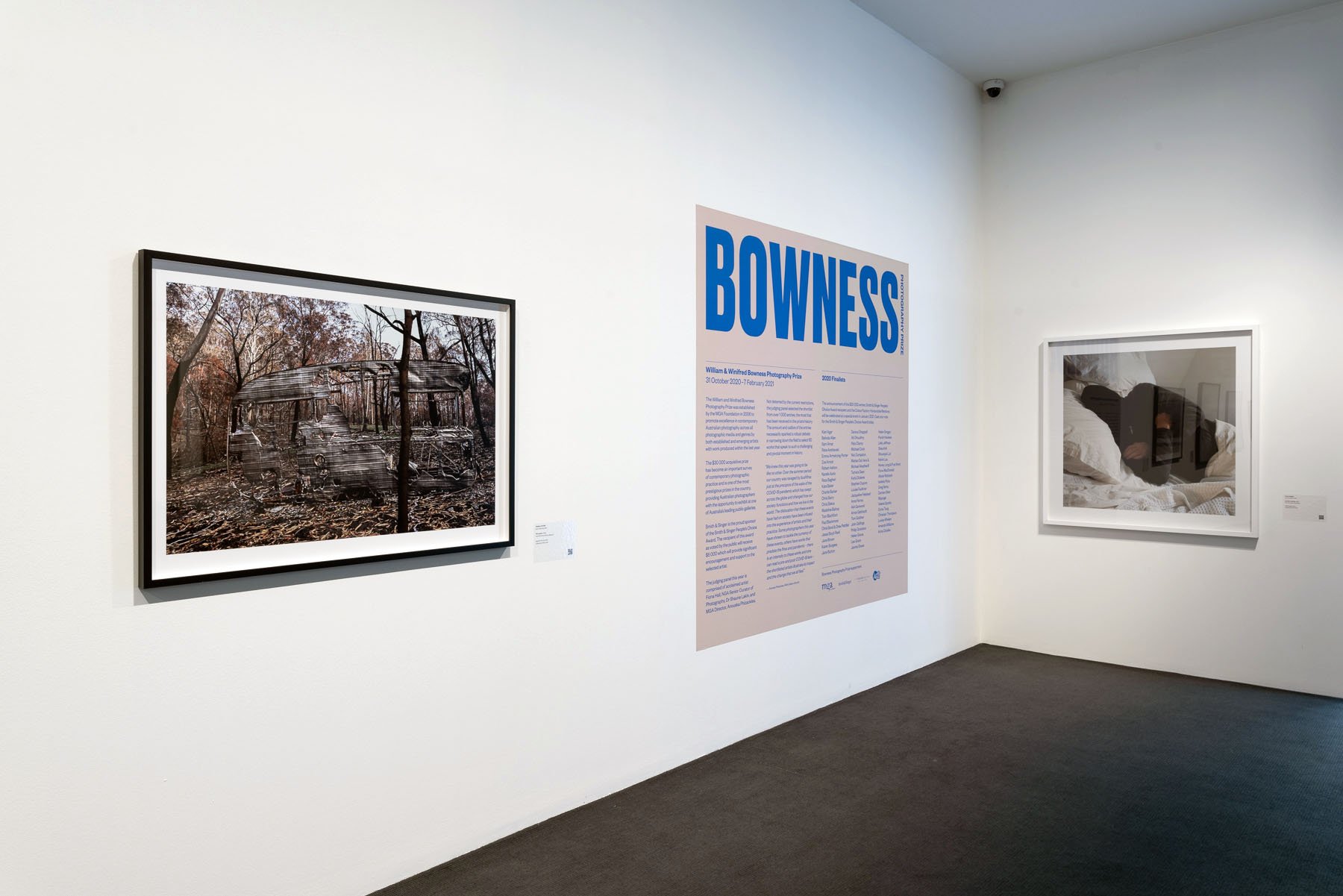
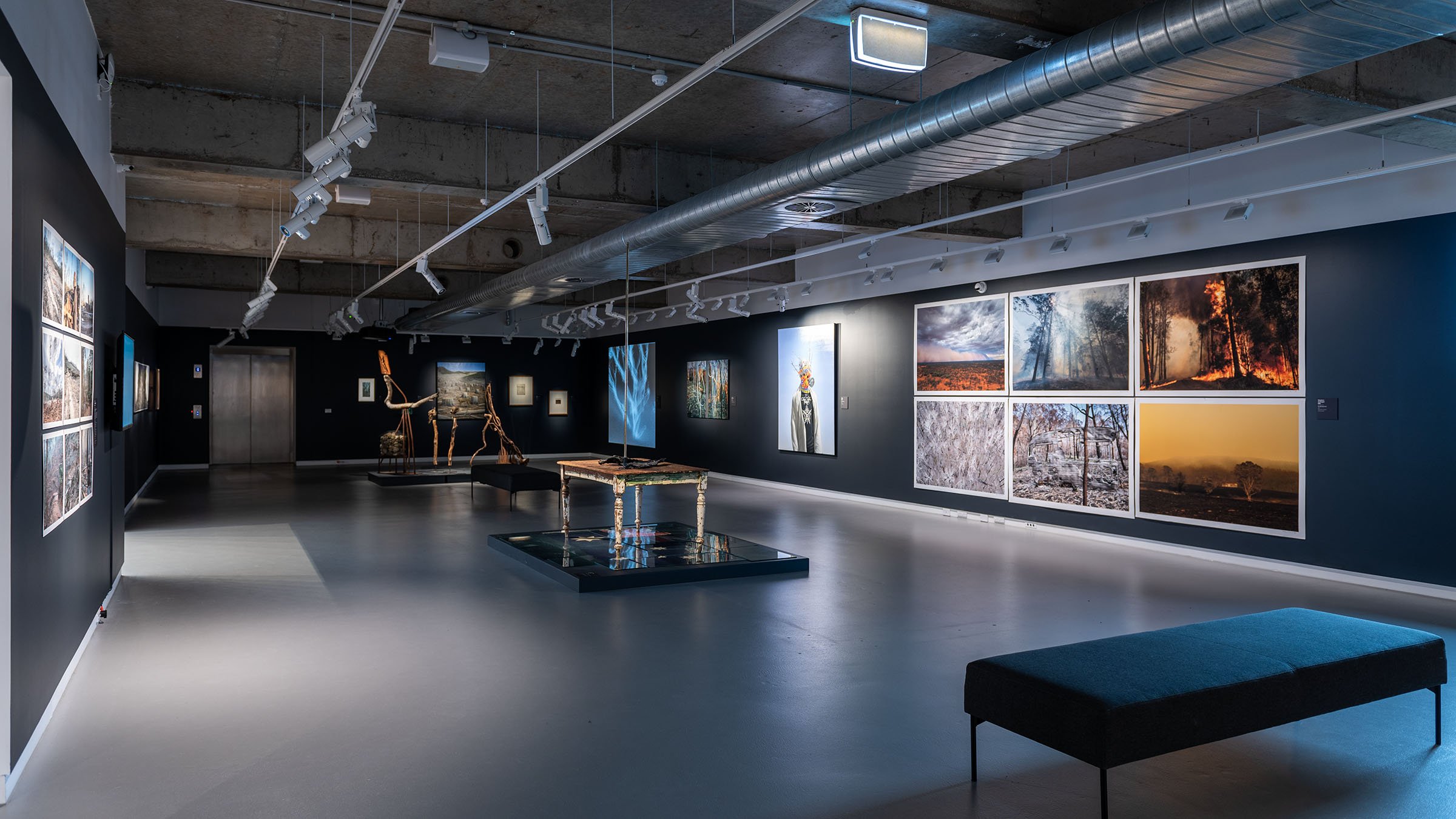
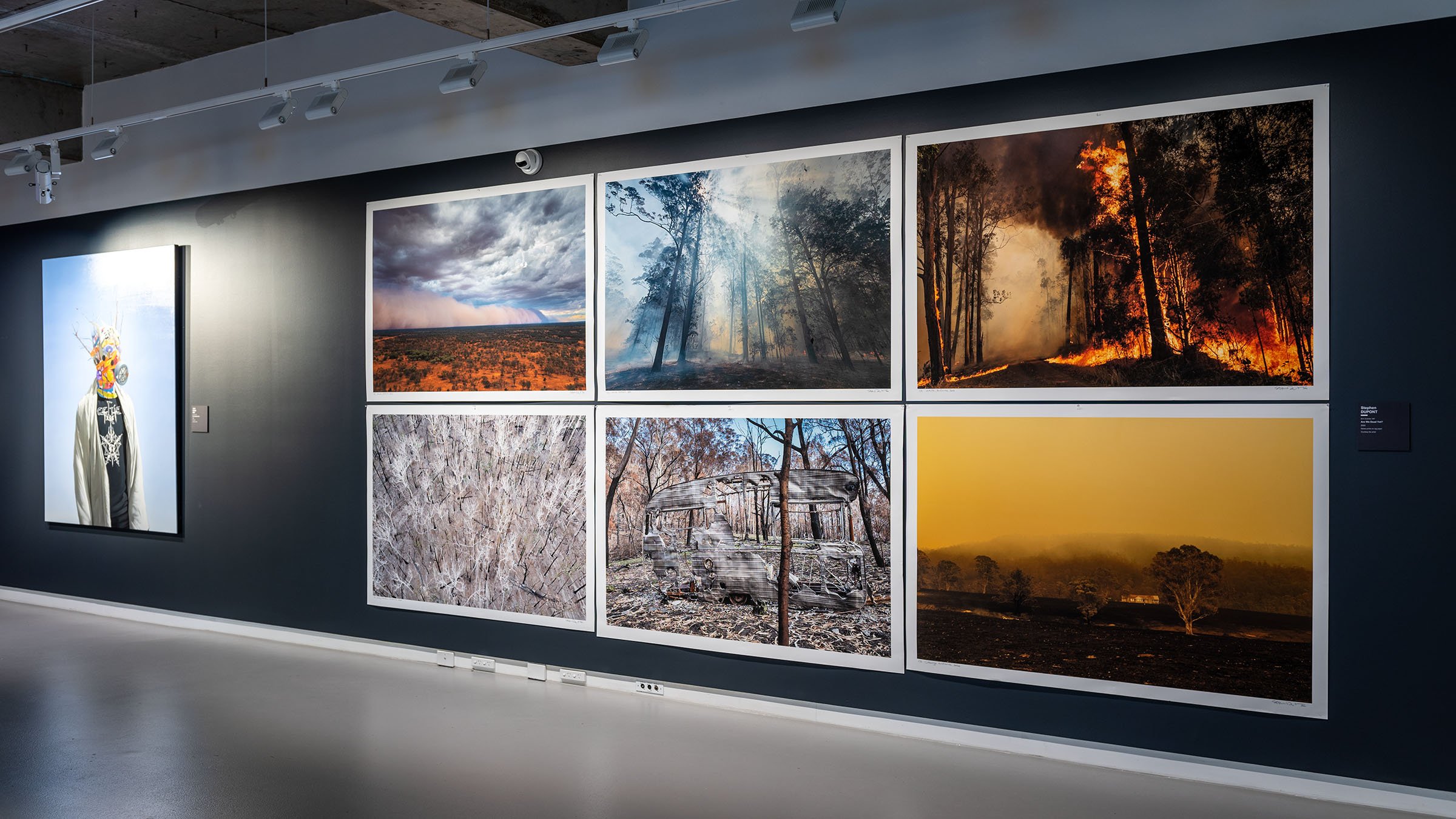
Walk through installation preview at aMBush Gallery.
Venues
Reflections - Works from the Collection, Wollongong Art Gallery, Australia, 2023
Fragile Earth: Extinction, Gippsland Art Gallery, VIC, Australia, 2022
Are We Dead Yet? (Solo Show), aMBush Gallery Kambri, ANU, Canberra, ACT, Australia, 2021.
From all Points of the Southern Sky, Southeast Museum of Photography, Daytona, FL, USA, 2020.
Bowness Photography Prize, Museum of Australian Photography, Melbourne, 2020.
Statement
Are We Dead Yet? is part of a long-term artistic documentation of the effects of climate change on our nation, from award-winning Australian photographer Stephen Dupont. Inspired by his young daughter Ava – a climate activist – Dupont’s discussions about environmental issues inevitably end up at the big question: is it possible to save the planet, or have we pushed Mother Nature to the brink of extinction? Through his lens, Dupont has captured the environmental, social and economic tolls, with nature’s colour palette in the aftermath of destruction imbuing the works with a surreal ambiance. These 21 works tell striking visual tales of suffering, confusion, anger and fear, and lend the issue of climate change a much-needed sense of urgency.
Works
1 x (220 x 80cm)
10 x (160 x 105cm)
10 x (120 x 80cm)
320GSM cotton rag art paper, Edition of eight.
Reviews
“I was stuck to the floor in front of the girl swimming with a horizon of red apocalyptic haze. It takes a second for the image at first rather low key to punch you back five feel when the ramifications hit. I declare this is the iconic Australian image of the 21st Century”! - Gael Newton, former Director of Photography, National Gallery of Australia, 2024.
“Over the past two decades acclaimed Australian photographer Stephen Dupont has captured wars, cultures and faces the world over. Having spent so much time abroad, over the past several years Dupont has turned his focus back home on a new project documenting the effects of climate change on Australia. His new exhibition, Are We Dead Yet?, launches at aMBUSH Gallery, ANU this month, a haunting portrayal of a host of climate-related natural disasters across the country”. - Denholm Samaras, Canberra Weekly, July 29, 2021.
“Given Dupont's experience and expertise, it was not surprising to see very high-quality images on display. Shot over the course of the past few years, in locations across several states, Dupont's photographic journey tells striking visual stories, and conveys a sense of urgency. He wants to motivate us, his audience, to question our roles and responsibilities in these real-time catastrophes”. - Brian Rope, Canberra Times, September 18, 2021.
For Are We Dead Yet?, Dupont wanted his images to reflect the consequences of our current path and signal the urgency of finding new ones. “I’m looking at this as an artistic kind of canvas: a way to view the tragedies and the trauma of the earth, but to find some sort of beauty in it as well, in the colour palette of the landscape,” Dupont says. - Financial Review, July 16, 2021.
“From the solitary figure swimming in the ocean during a dust storm, to a flooded football ground, or the charred bushland ravaged by fire and the parched ground of drought-stricken regions, this photographic journey traverses much of Australia, telling striking visual stories of suffering, confusion, anger and fear”. - Australian Arts Review, July 9, 2021.
Interviews
The Drum Interview_ABC TV, Australia, October 14, 2021.
Collections
Wollongong Art Gallery, NSW, Australia
Piksa Niugini
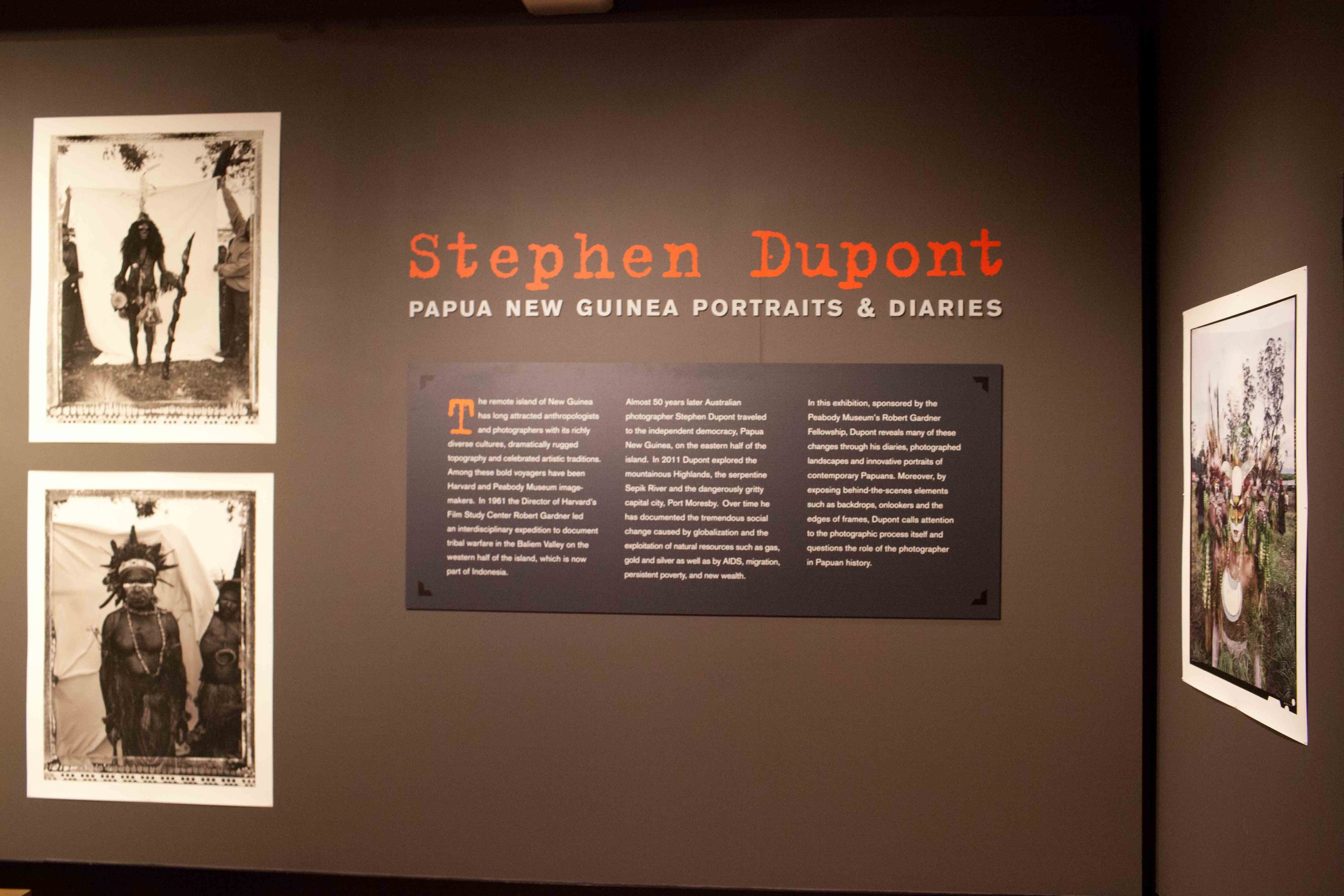
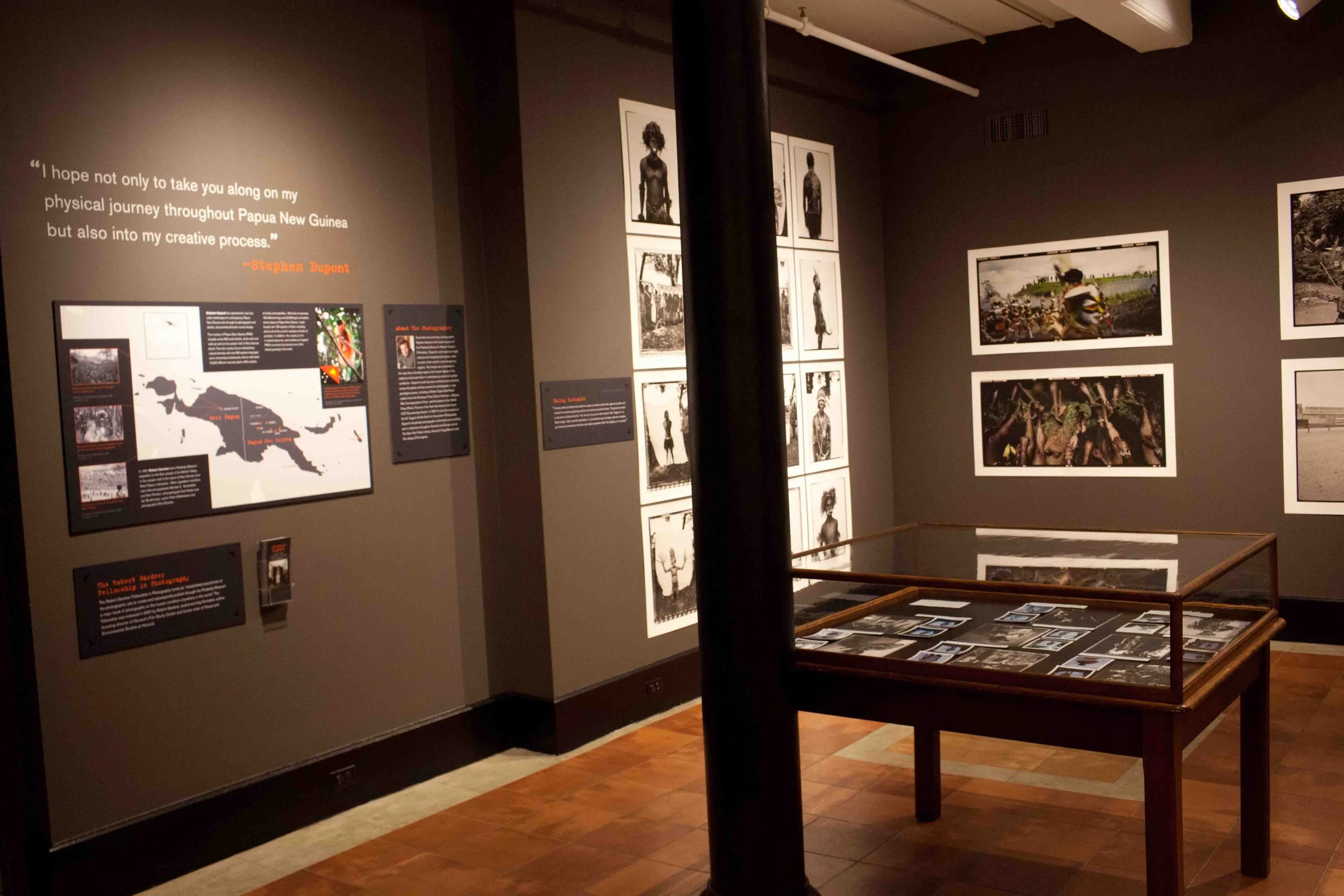
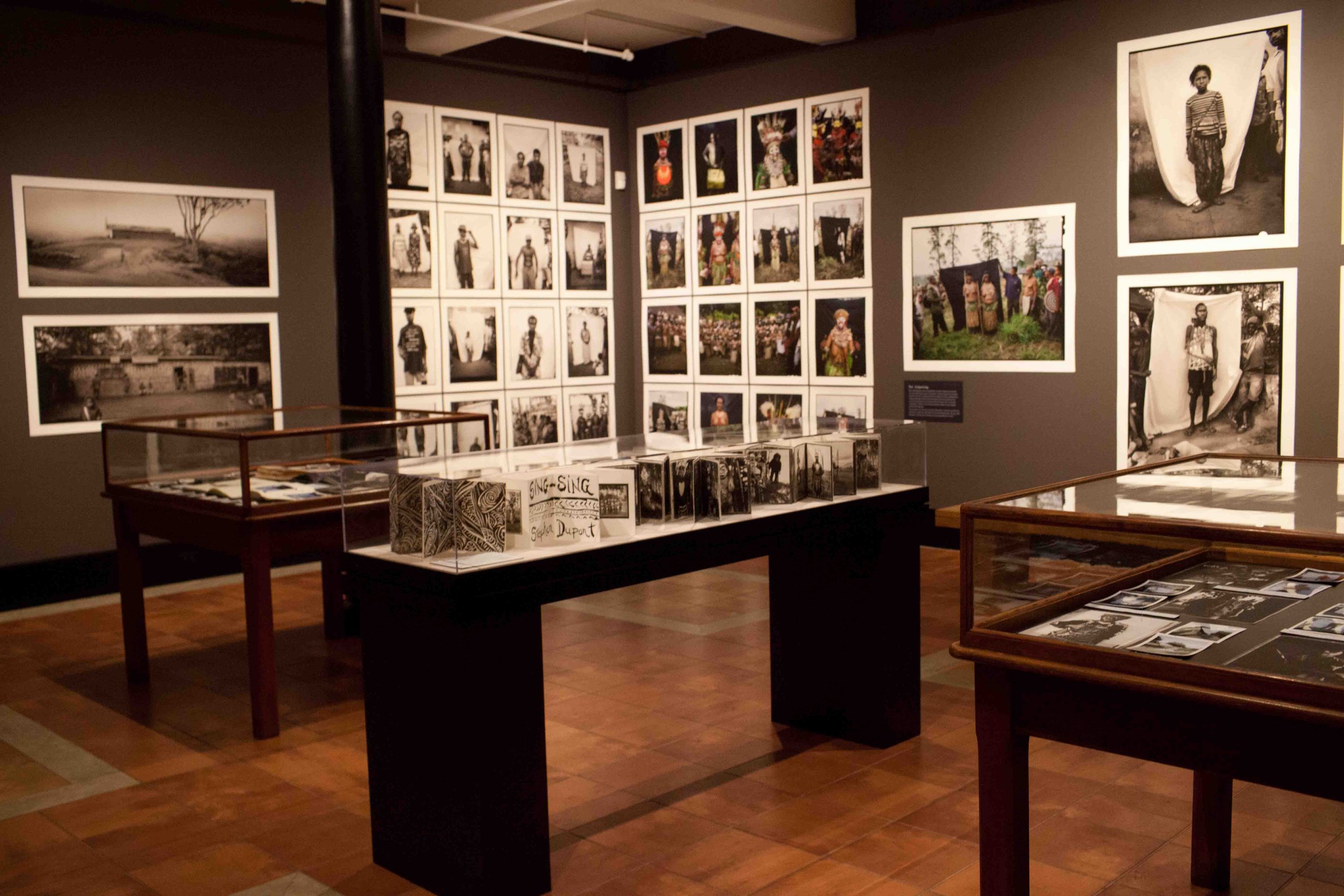
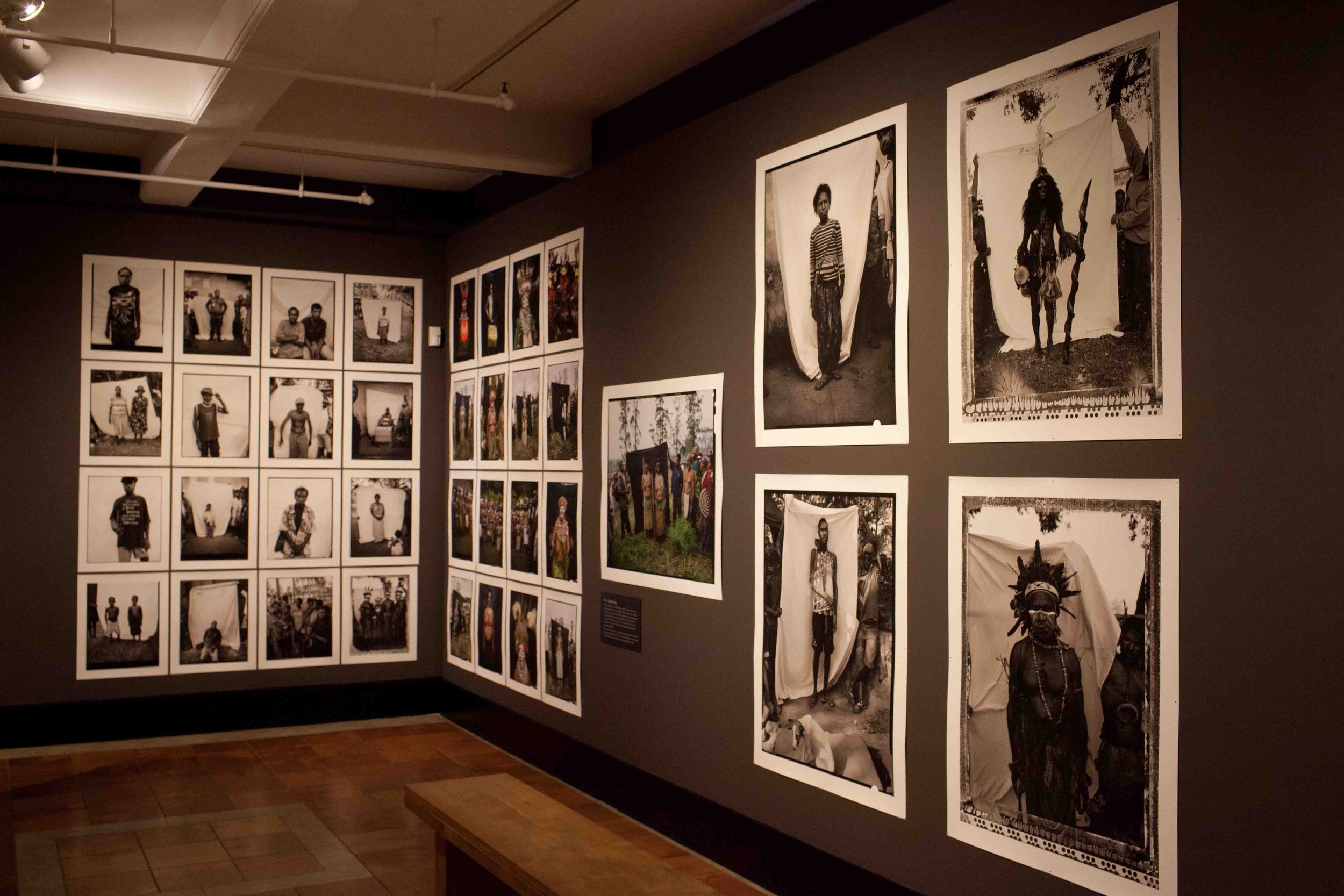
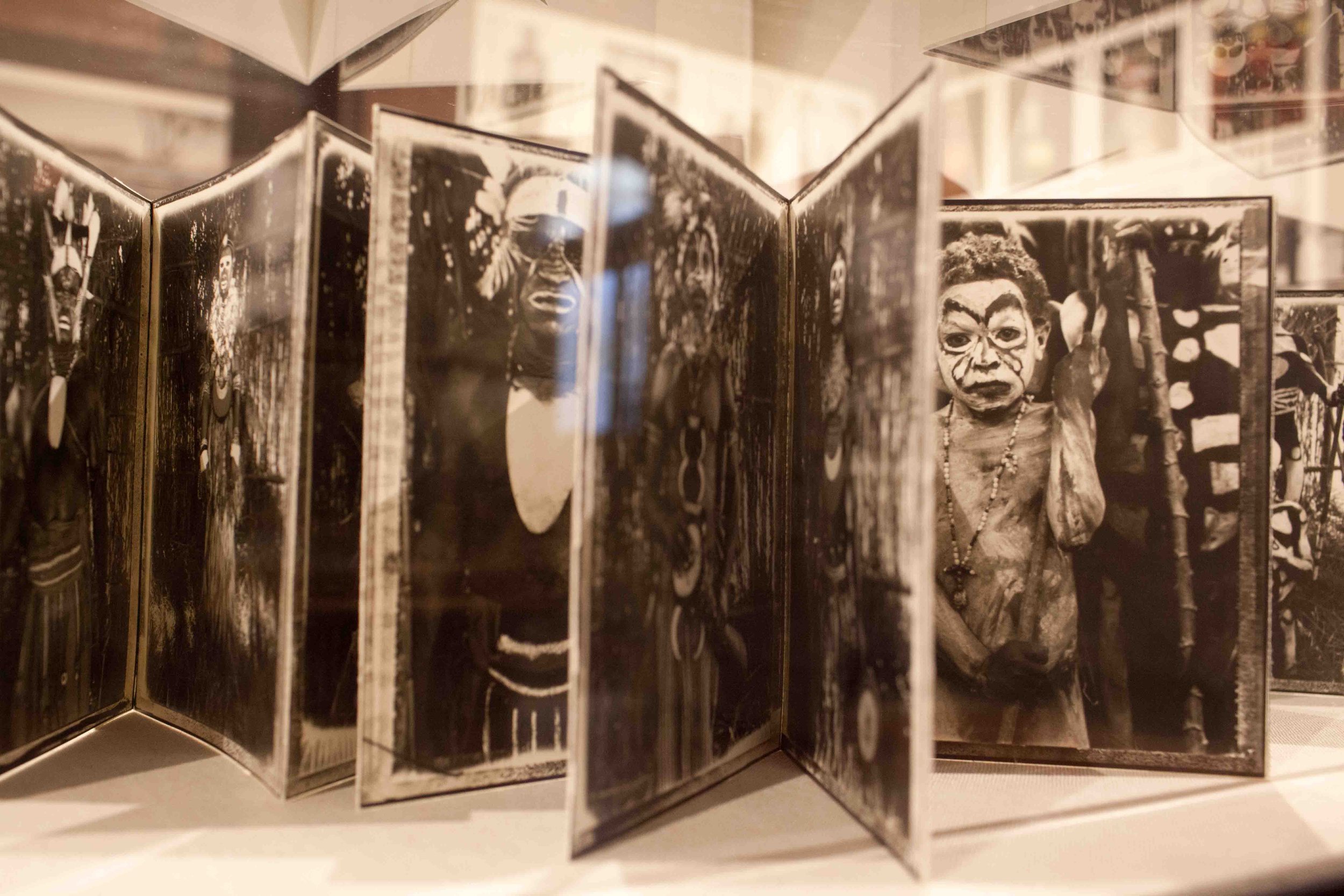
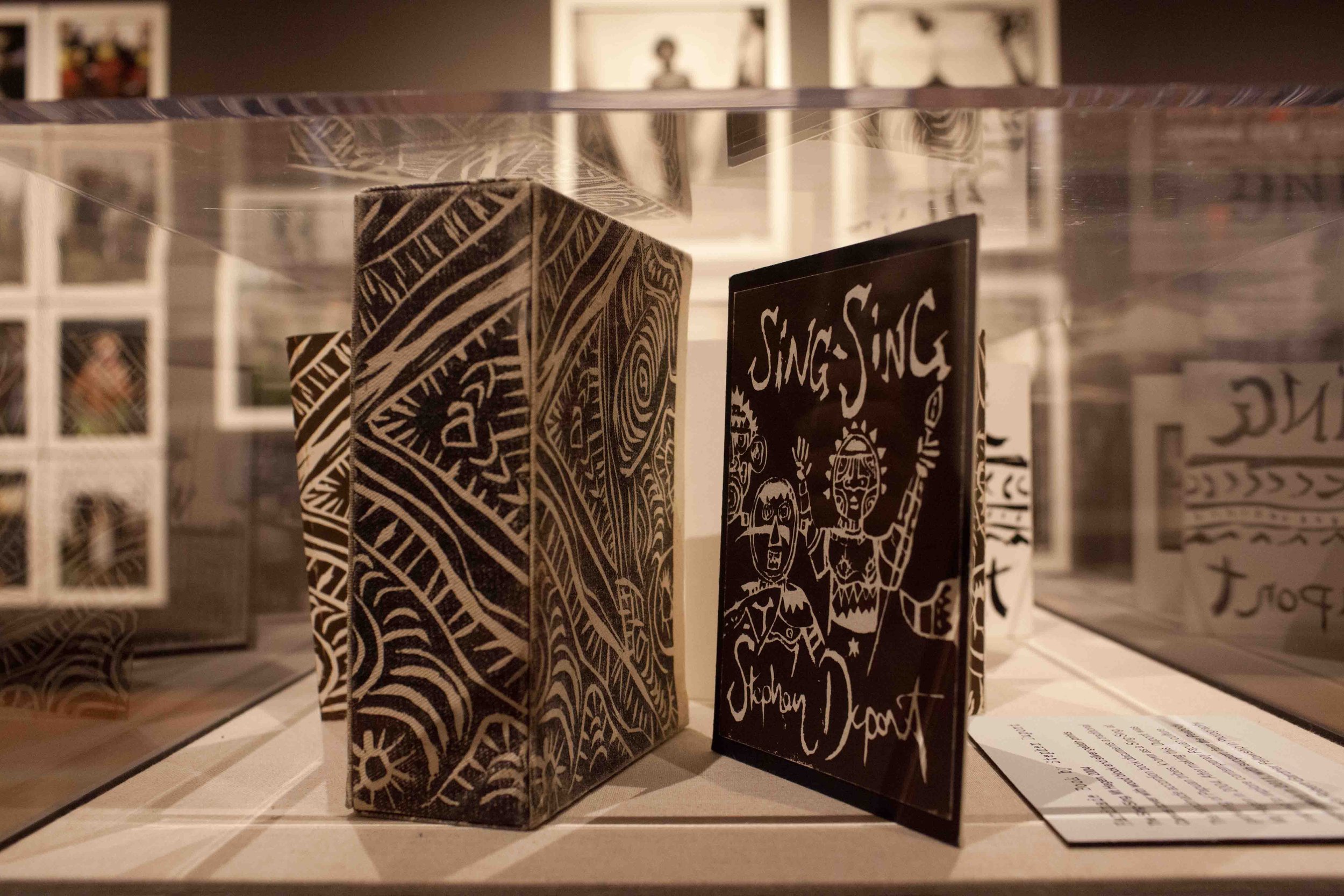
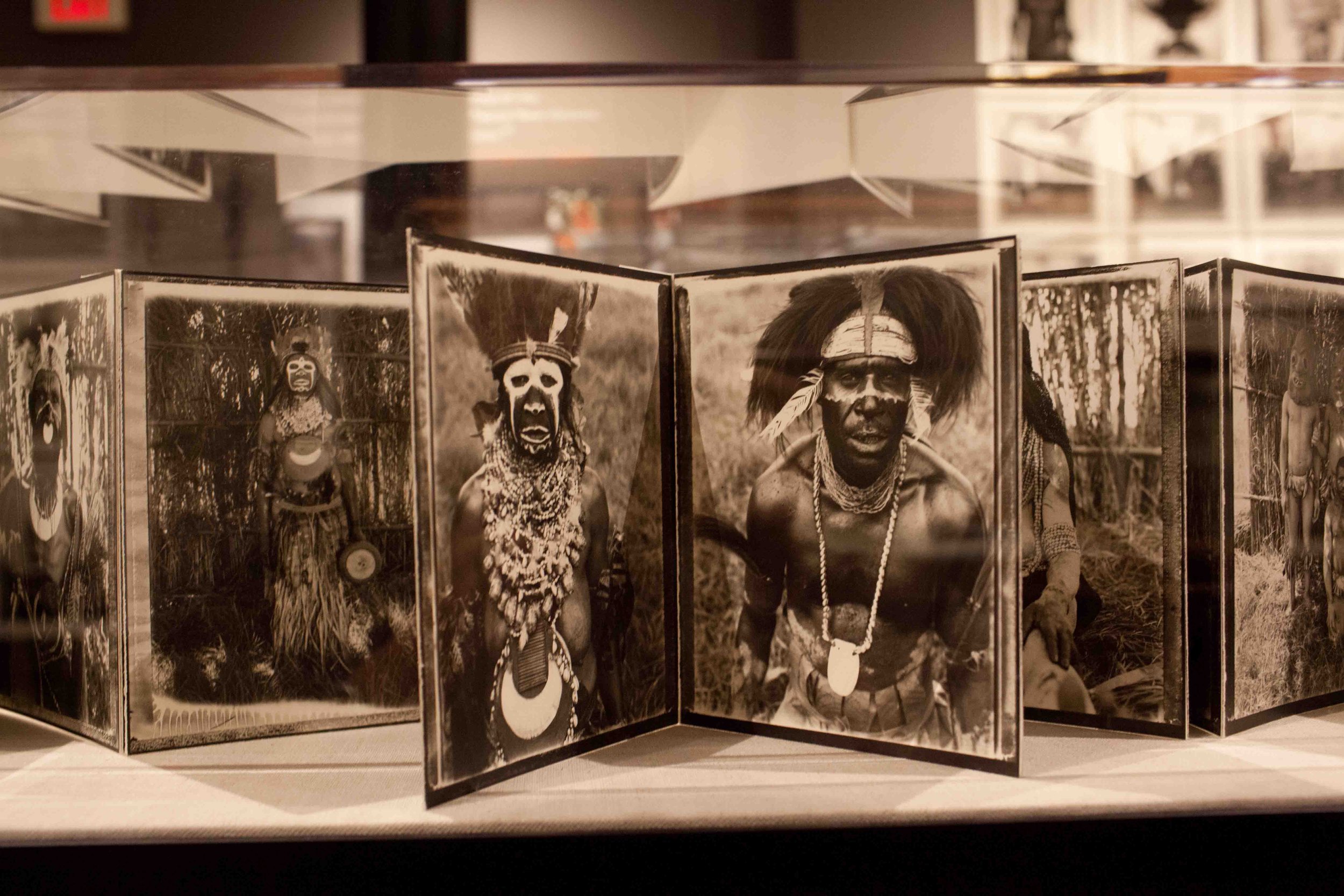
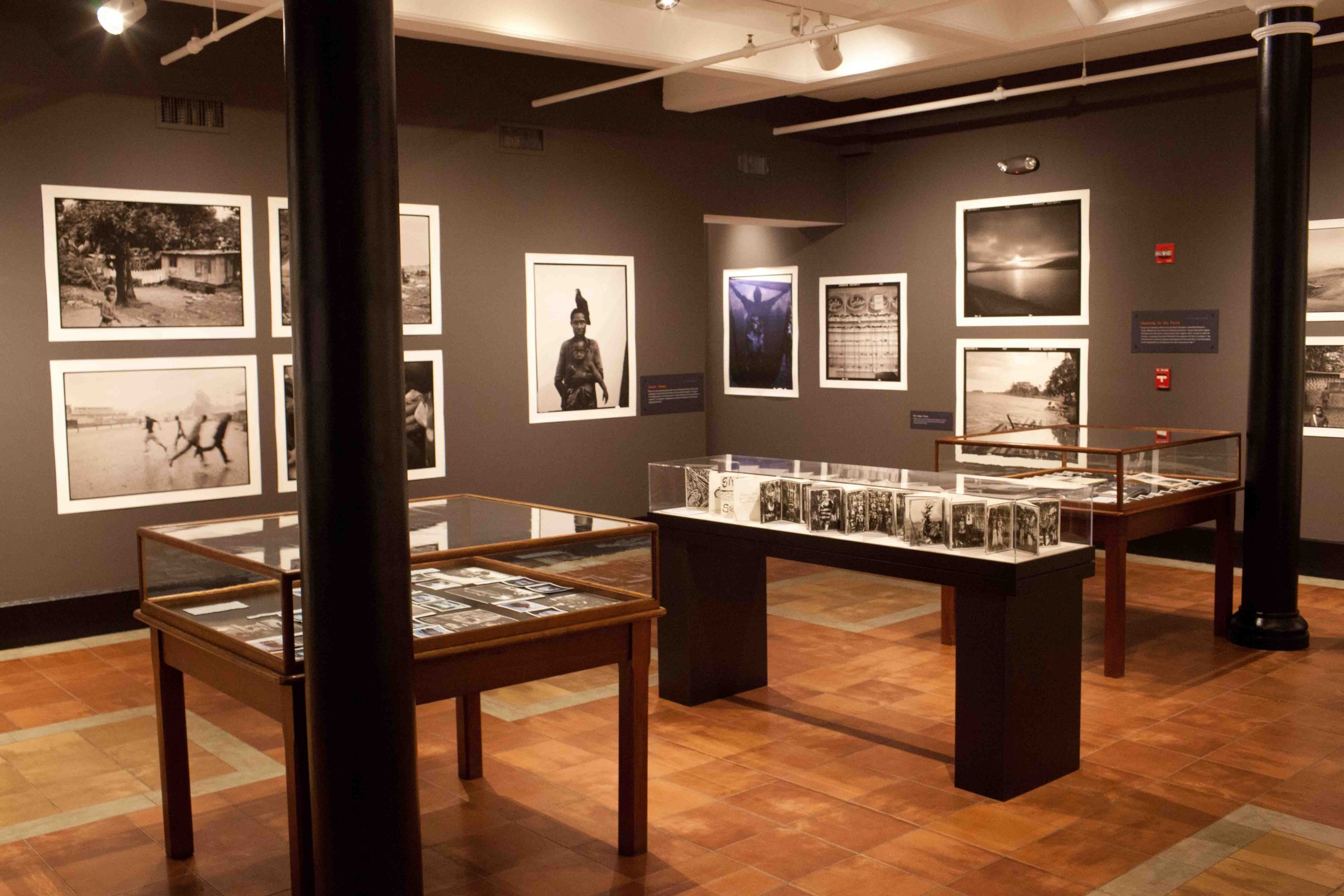
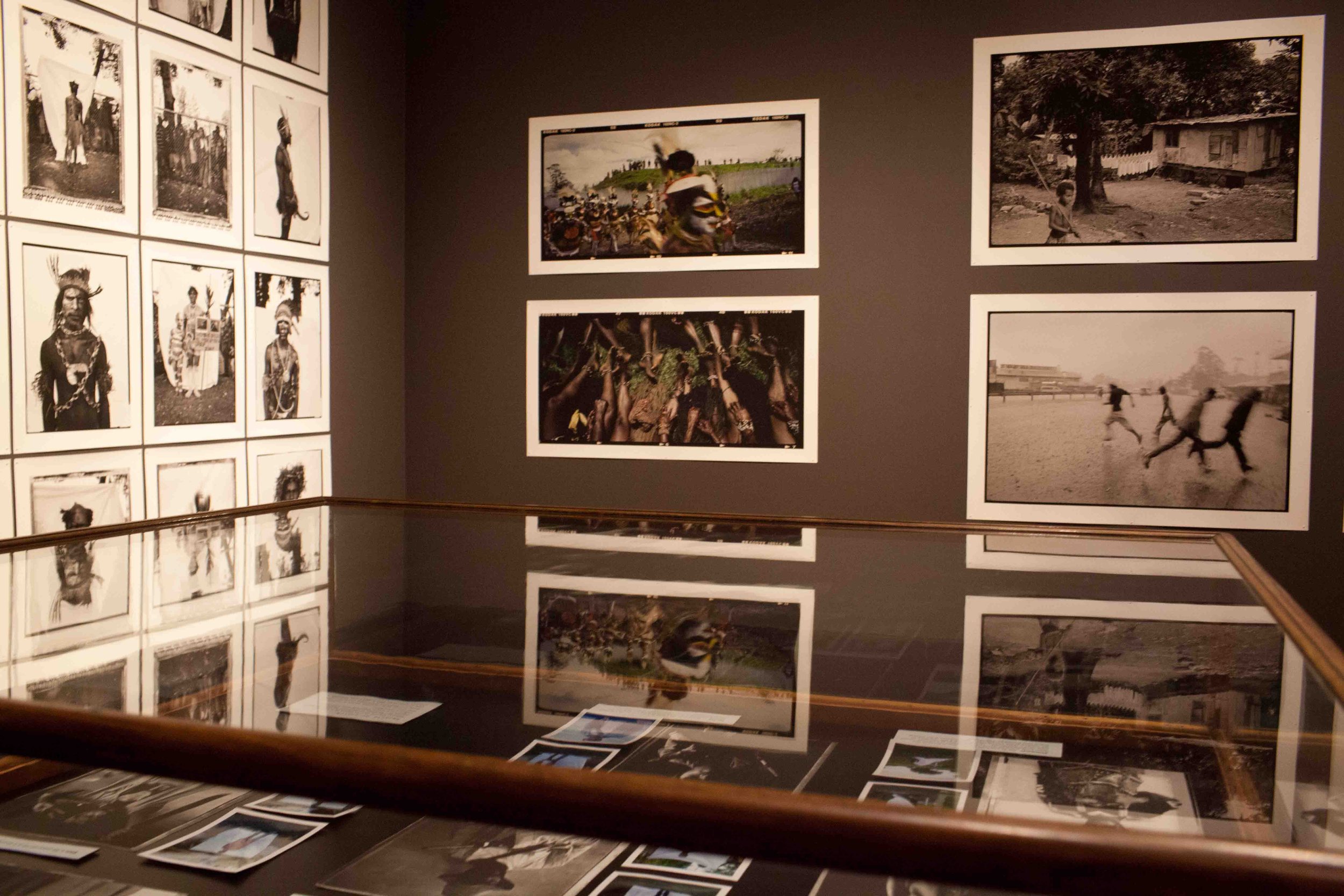

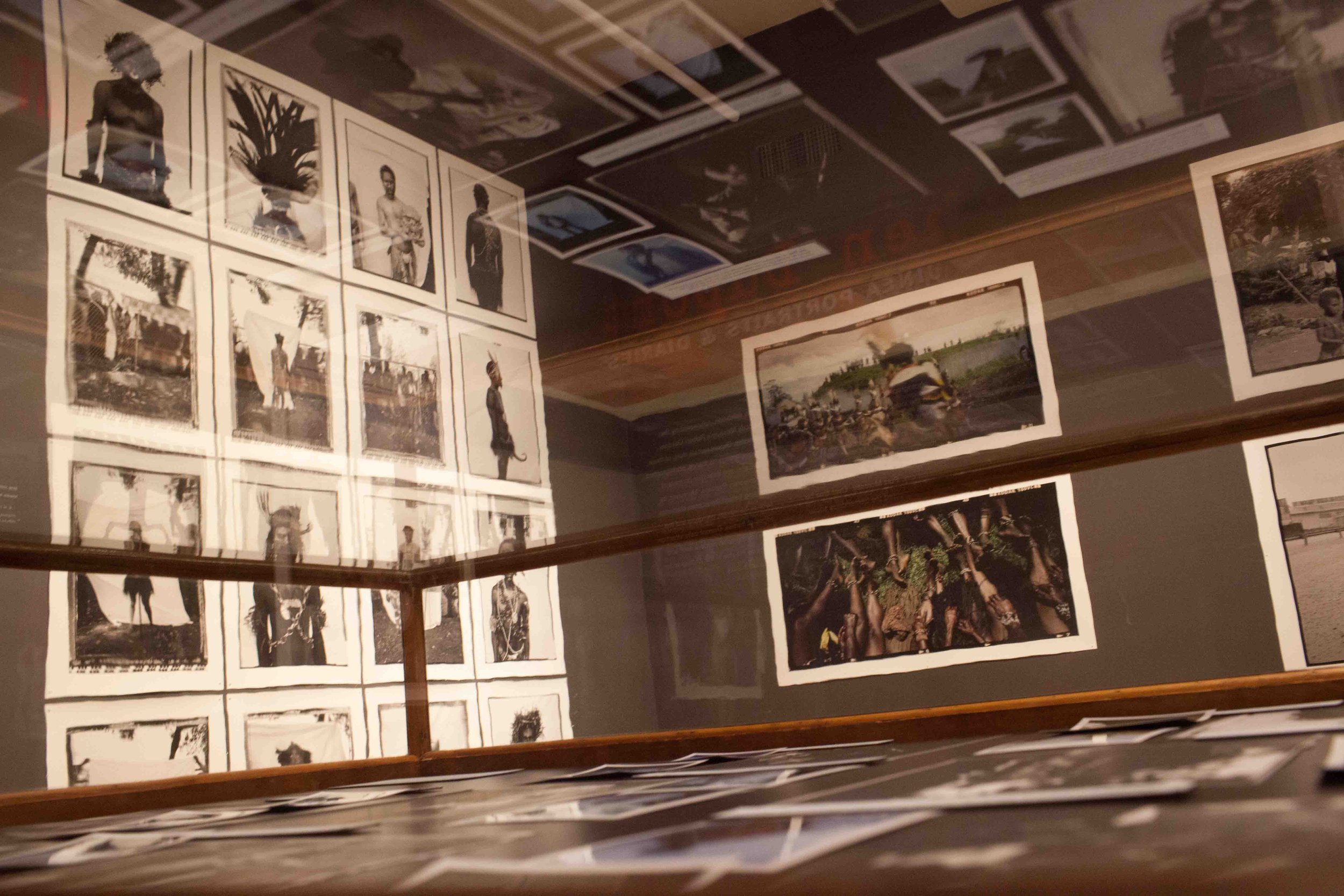
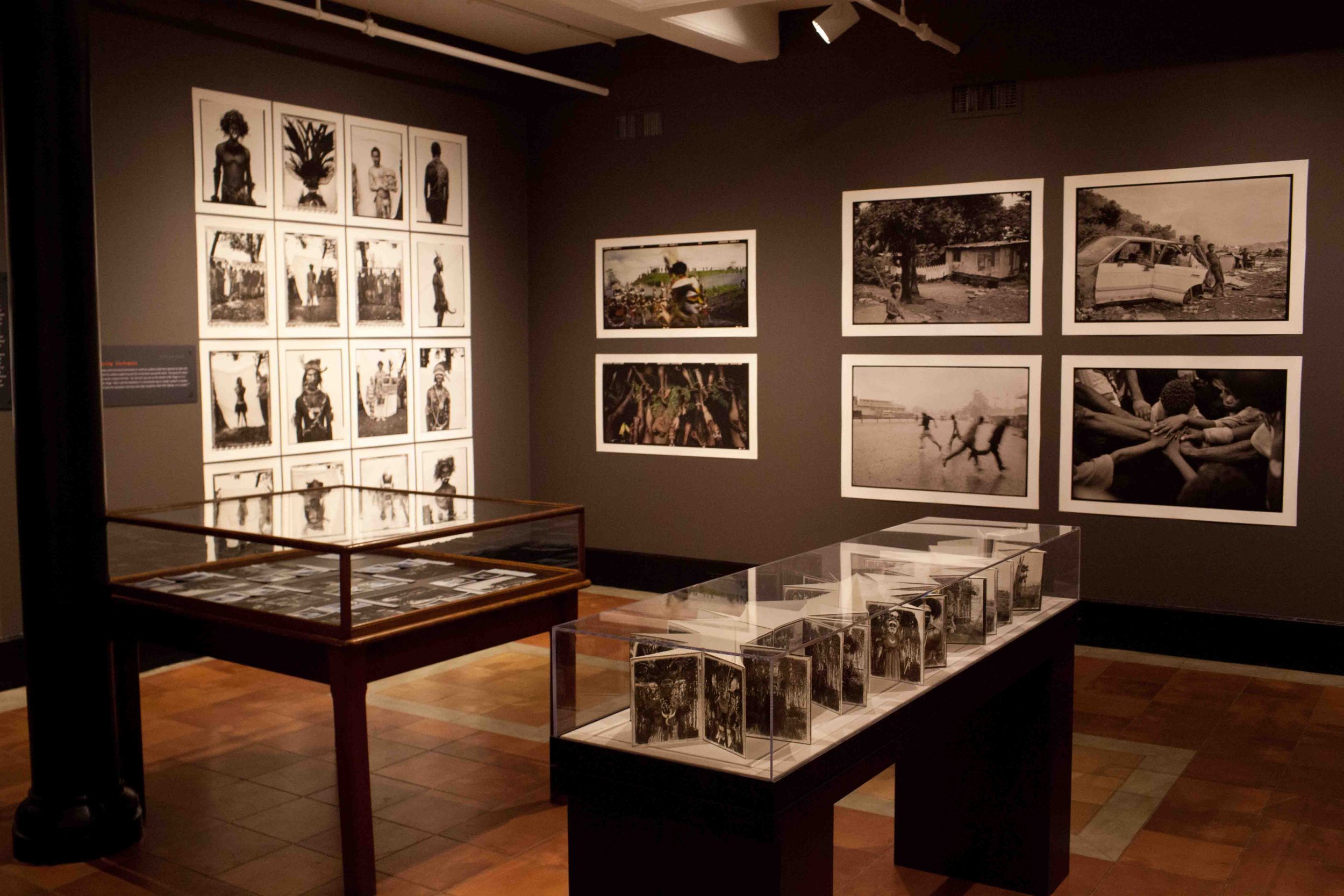
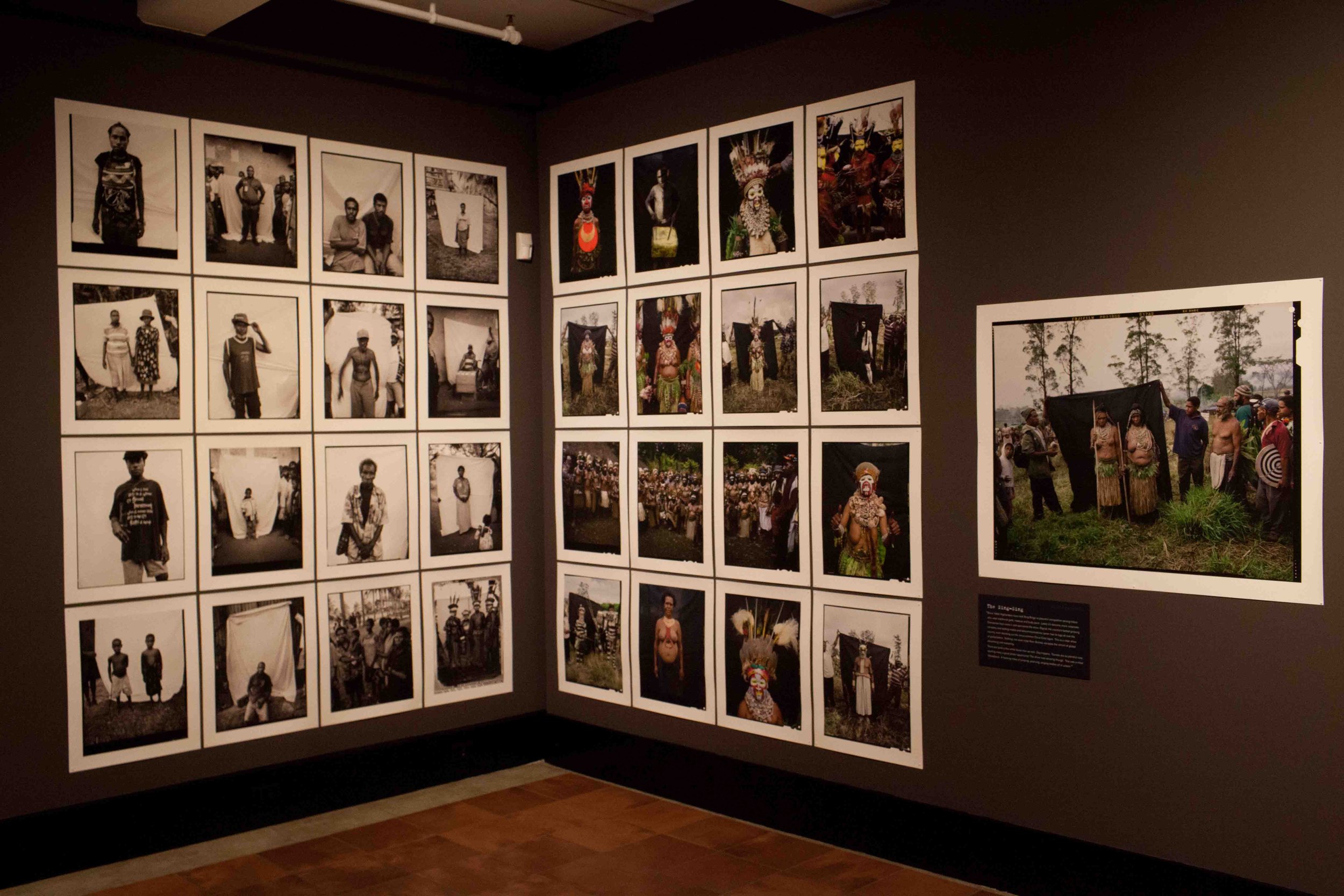
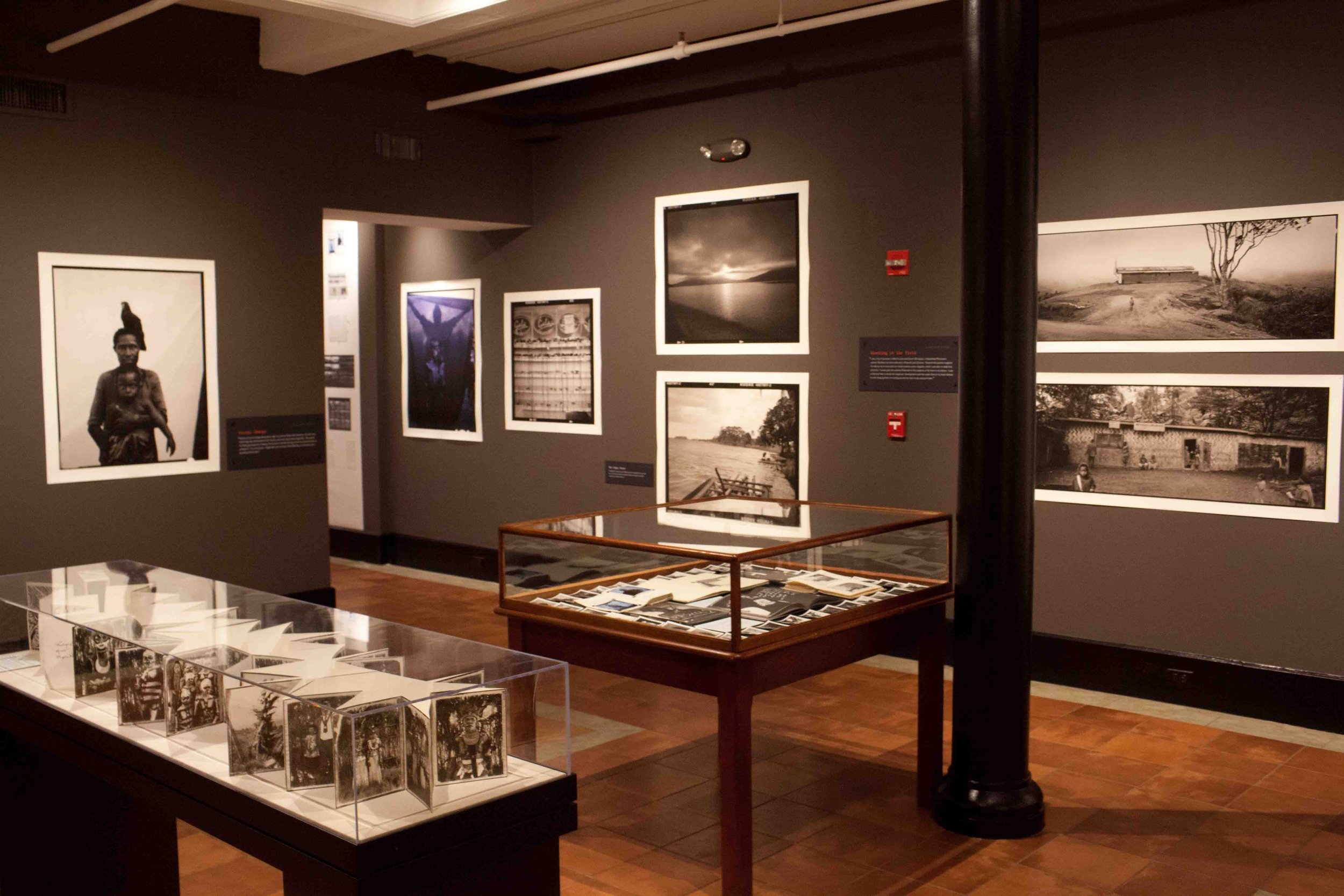
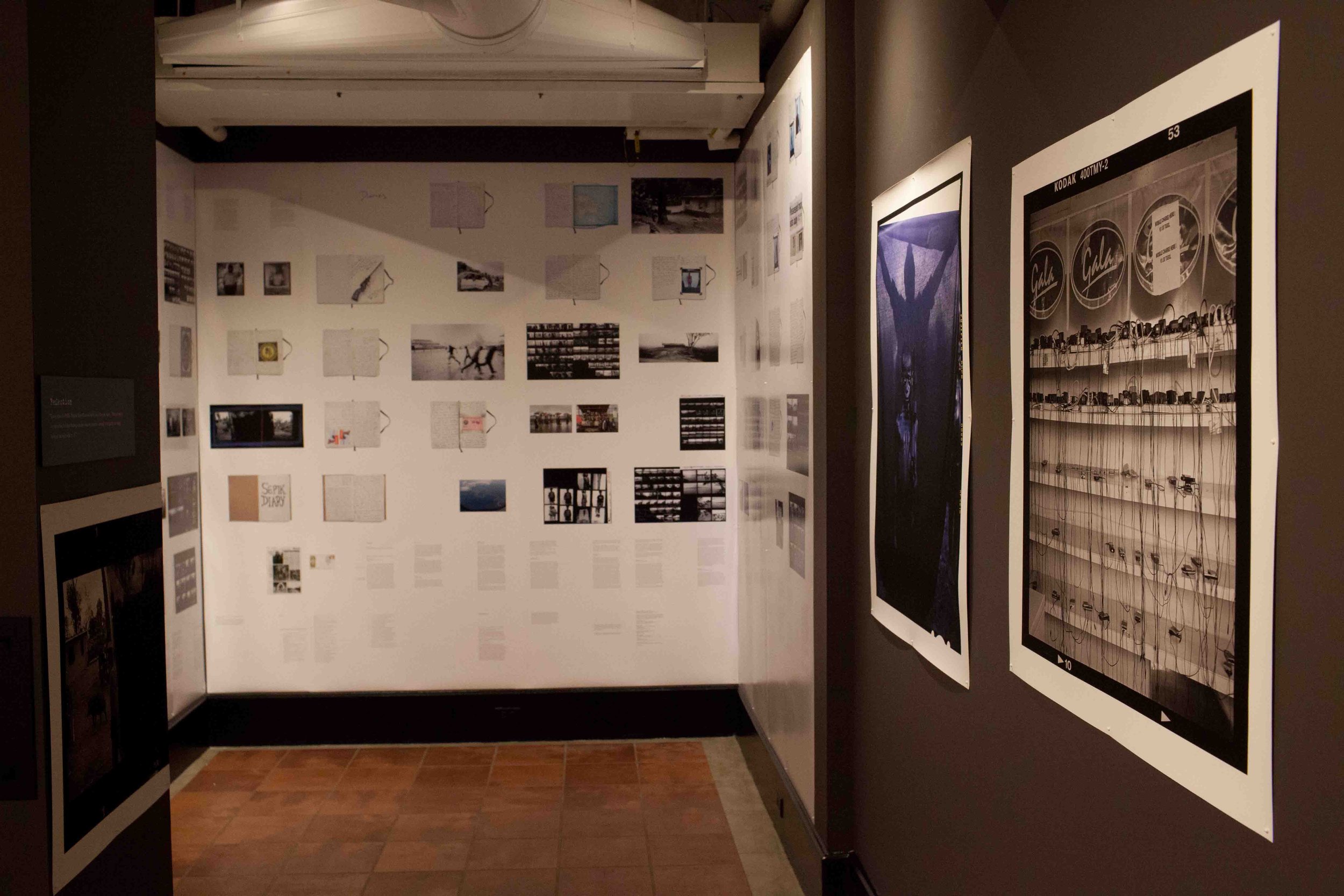
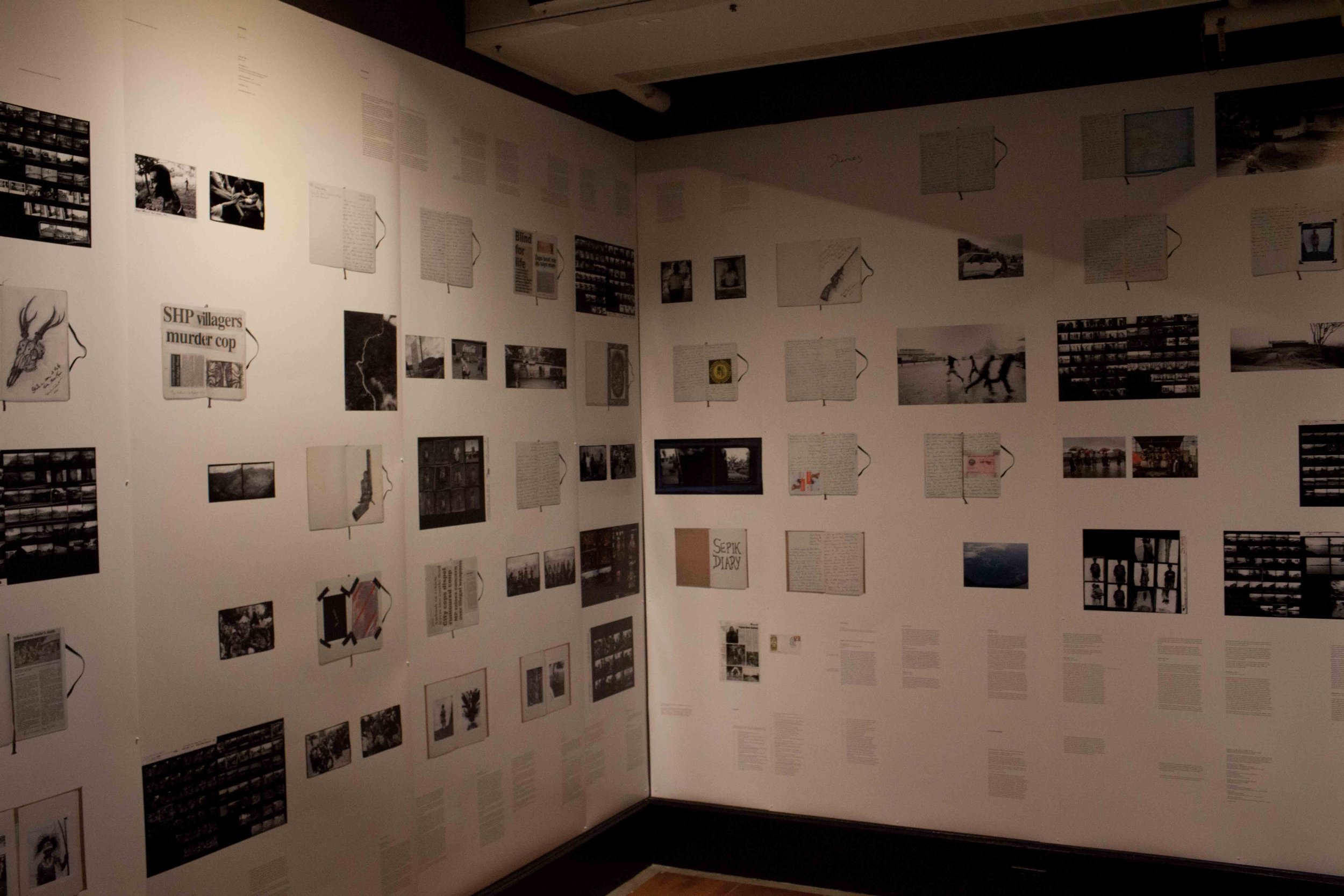
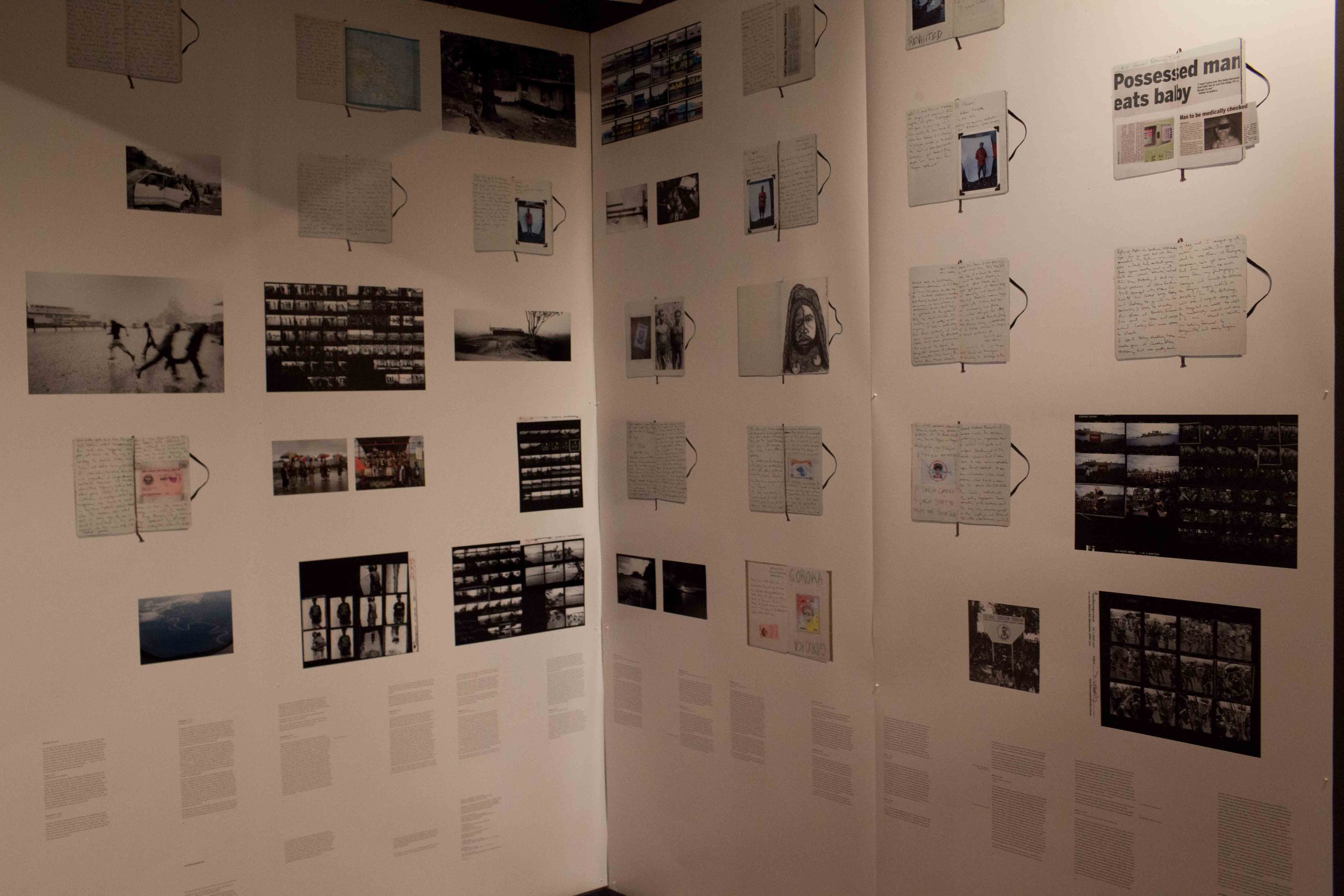
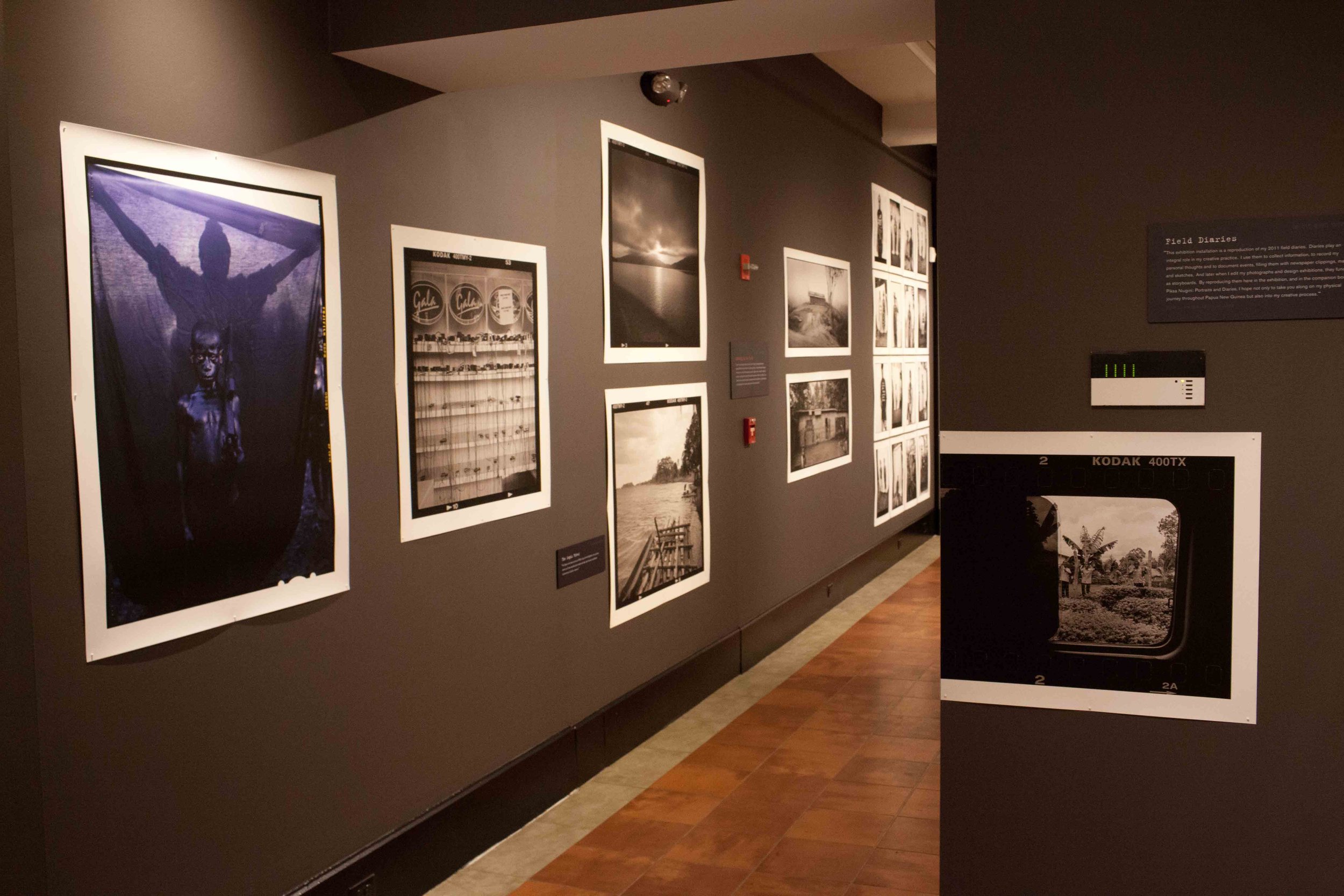
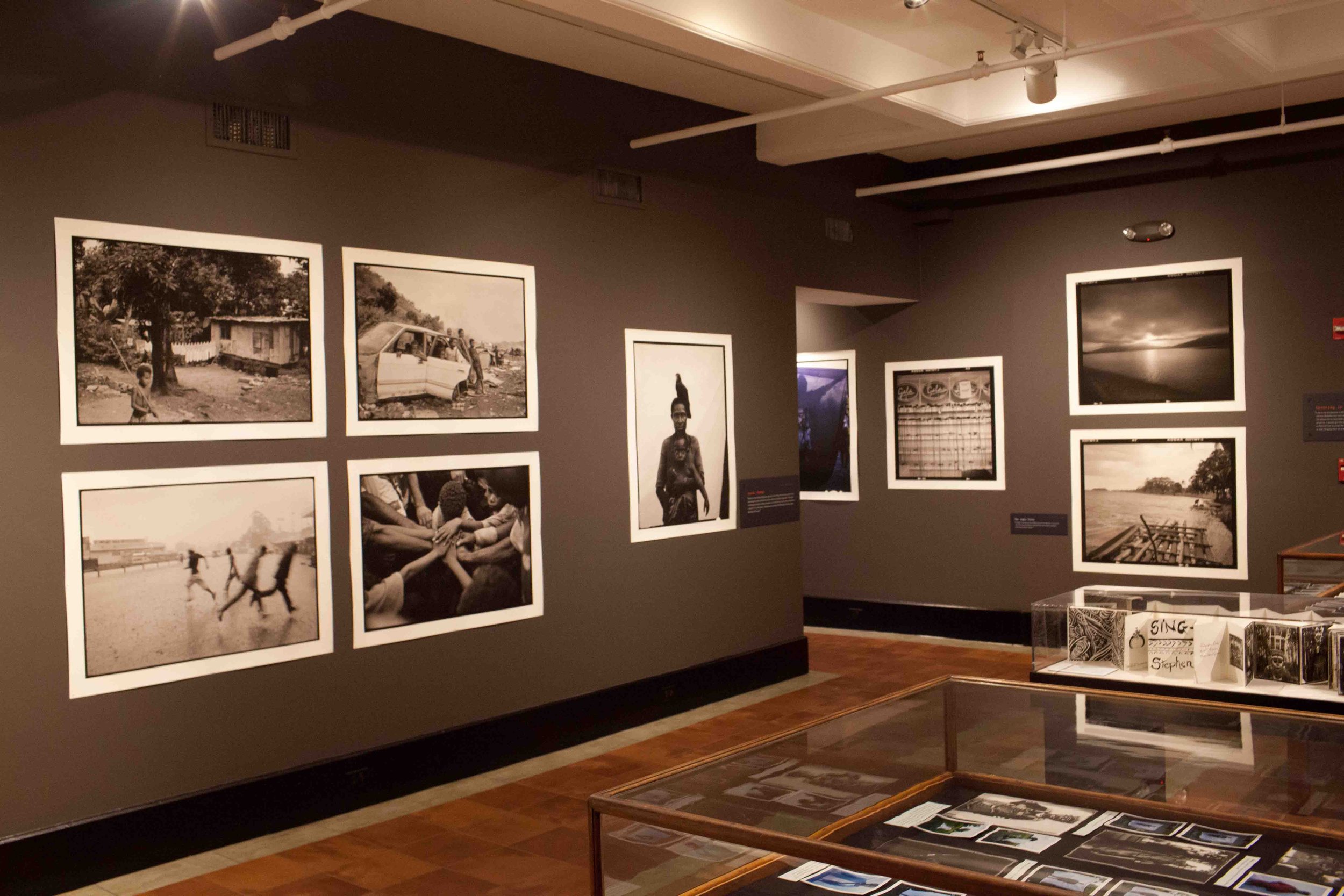
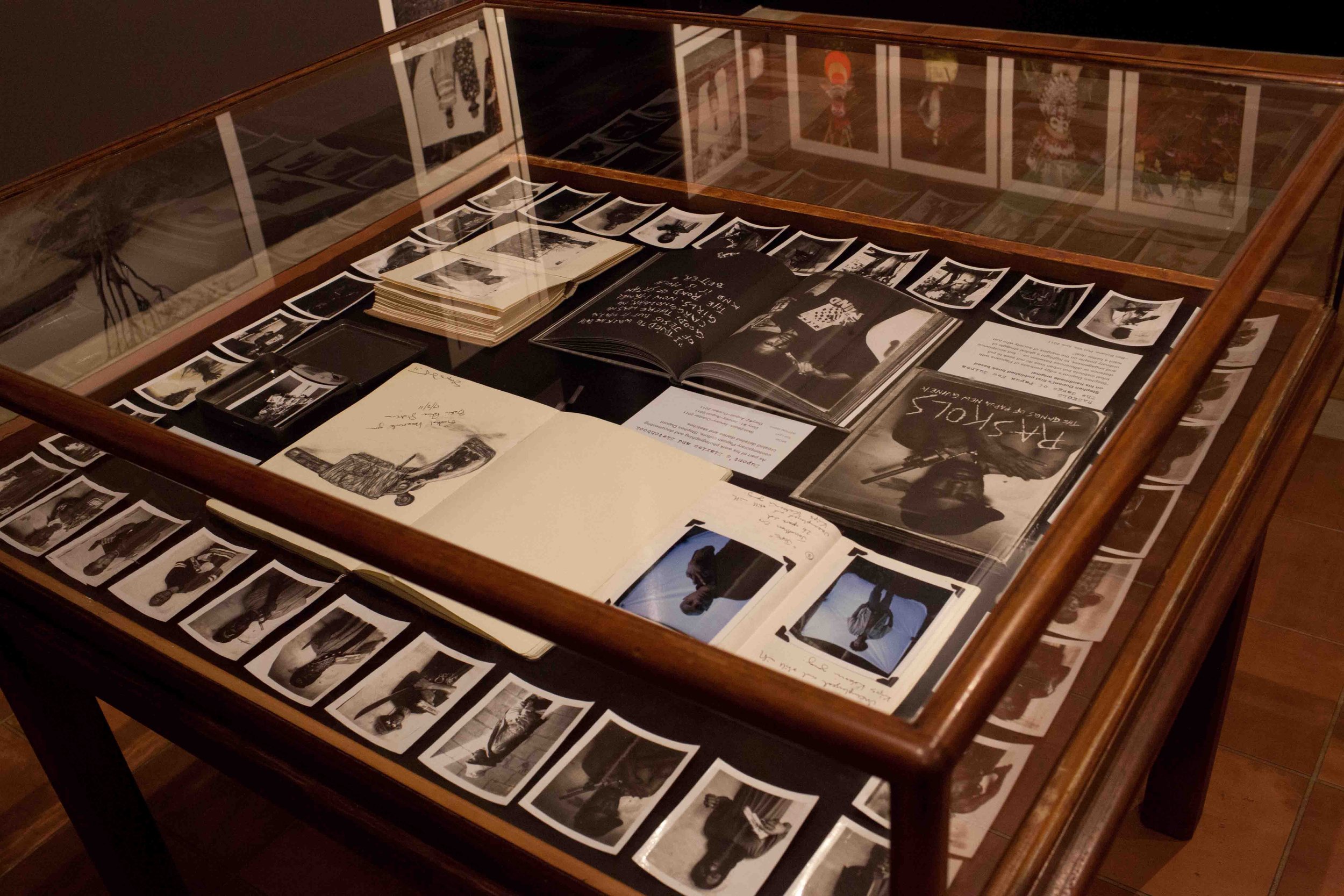


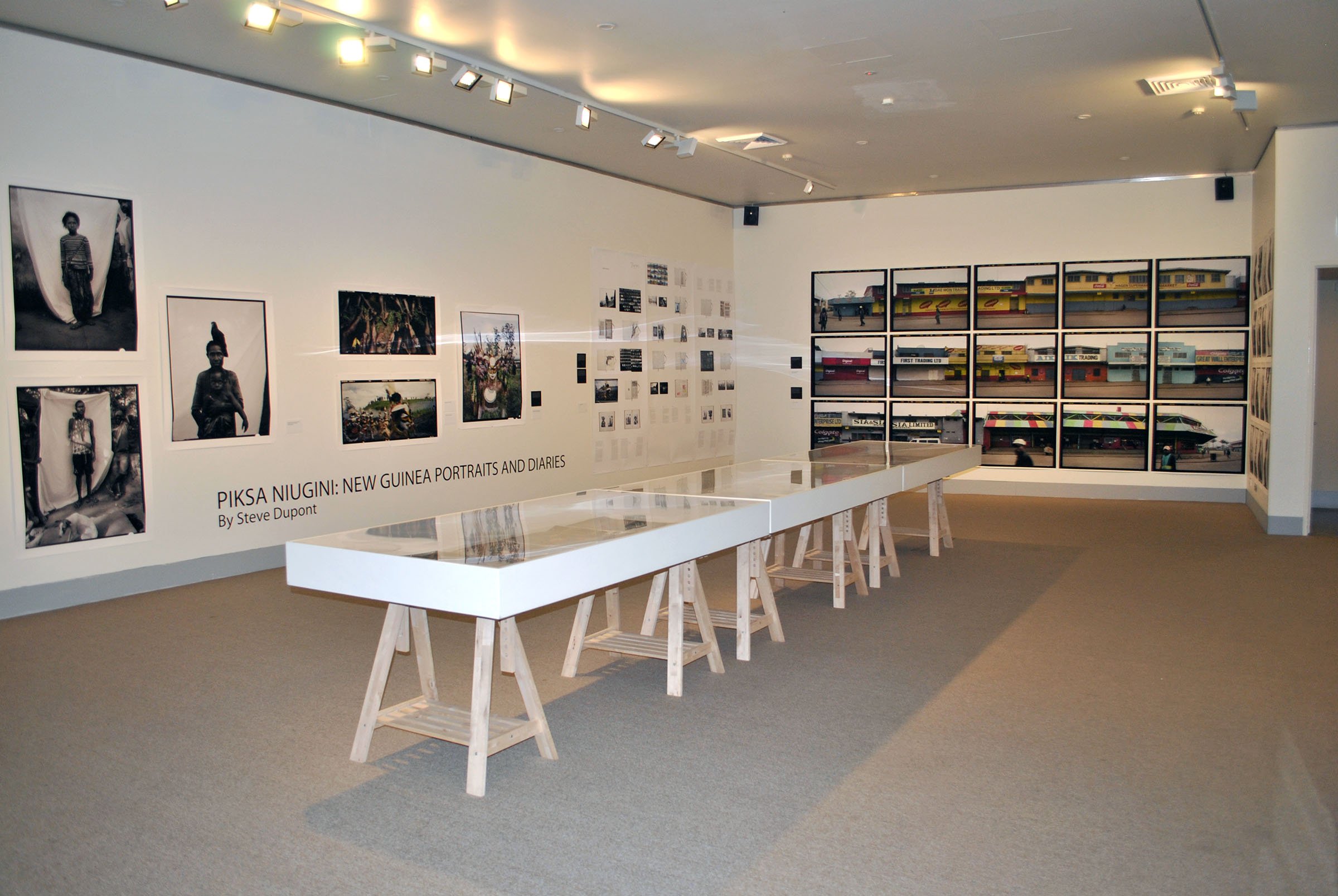
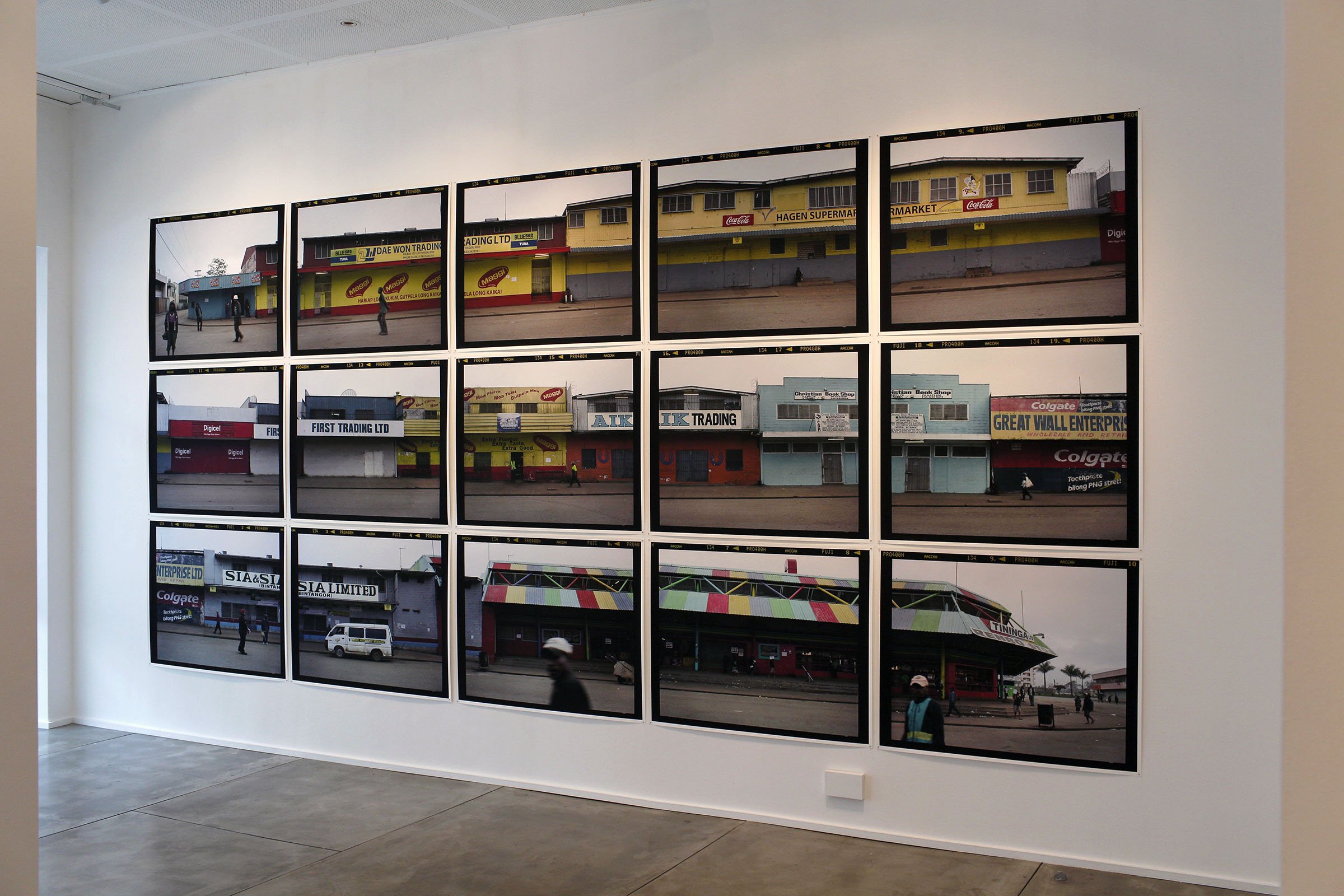
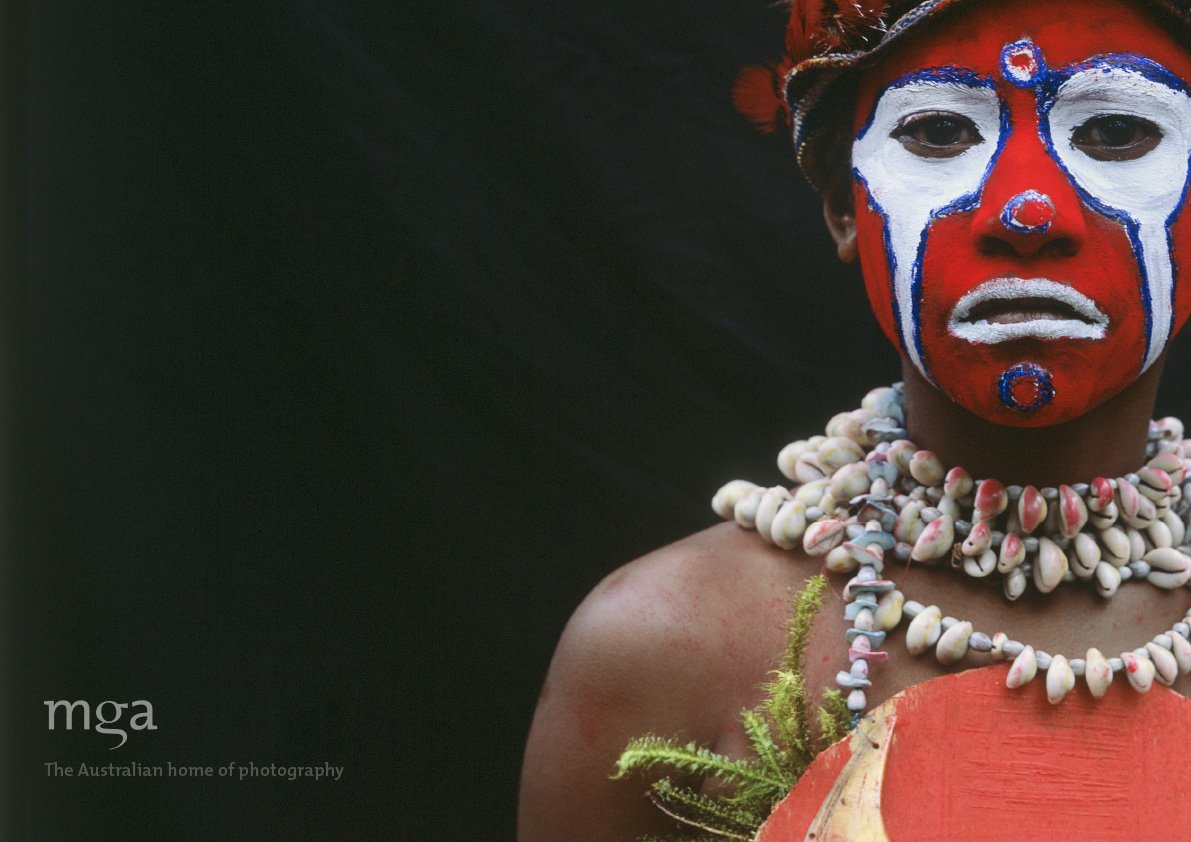
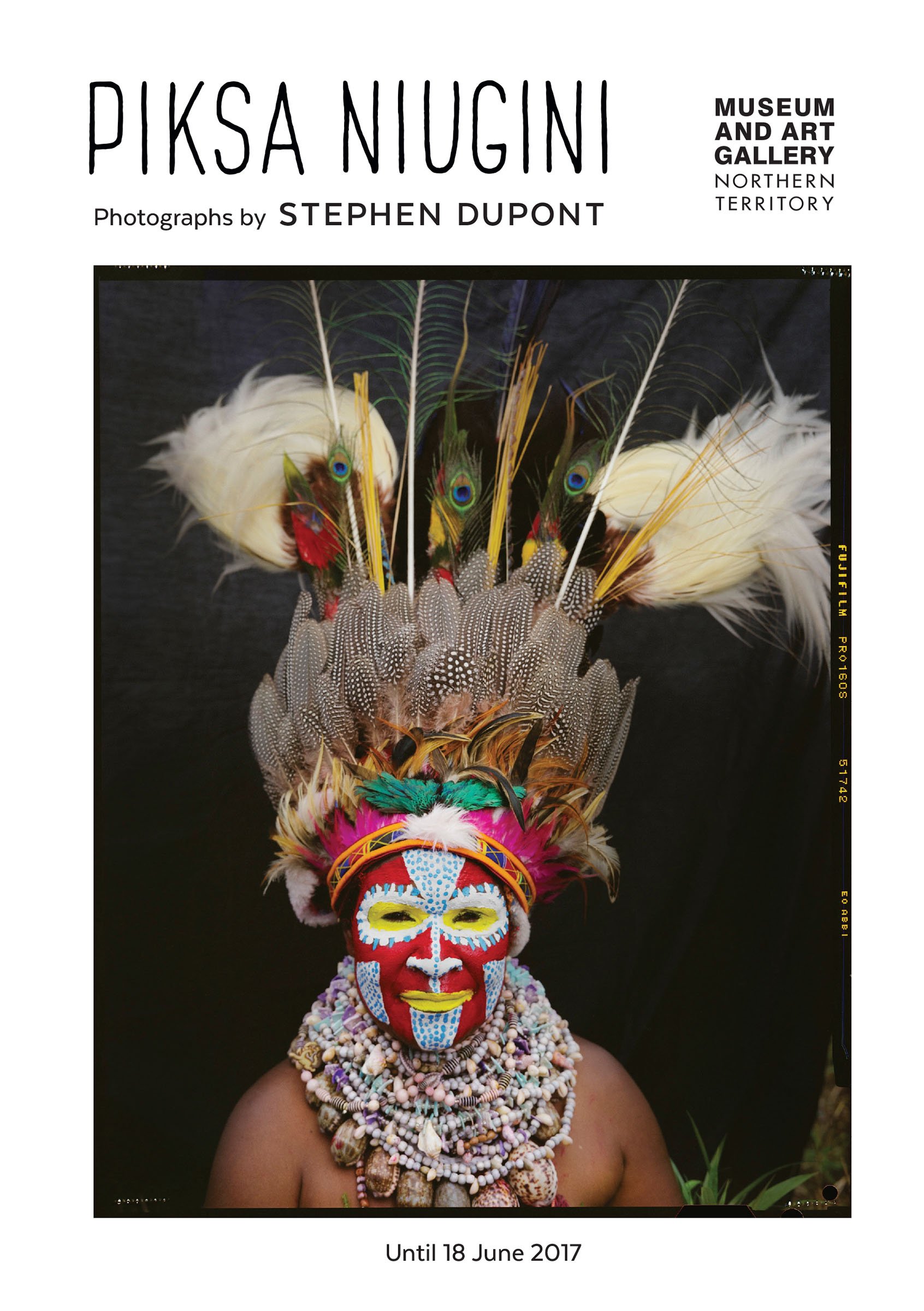
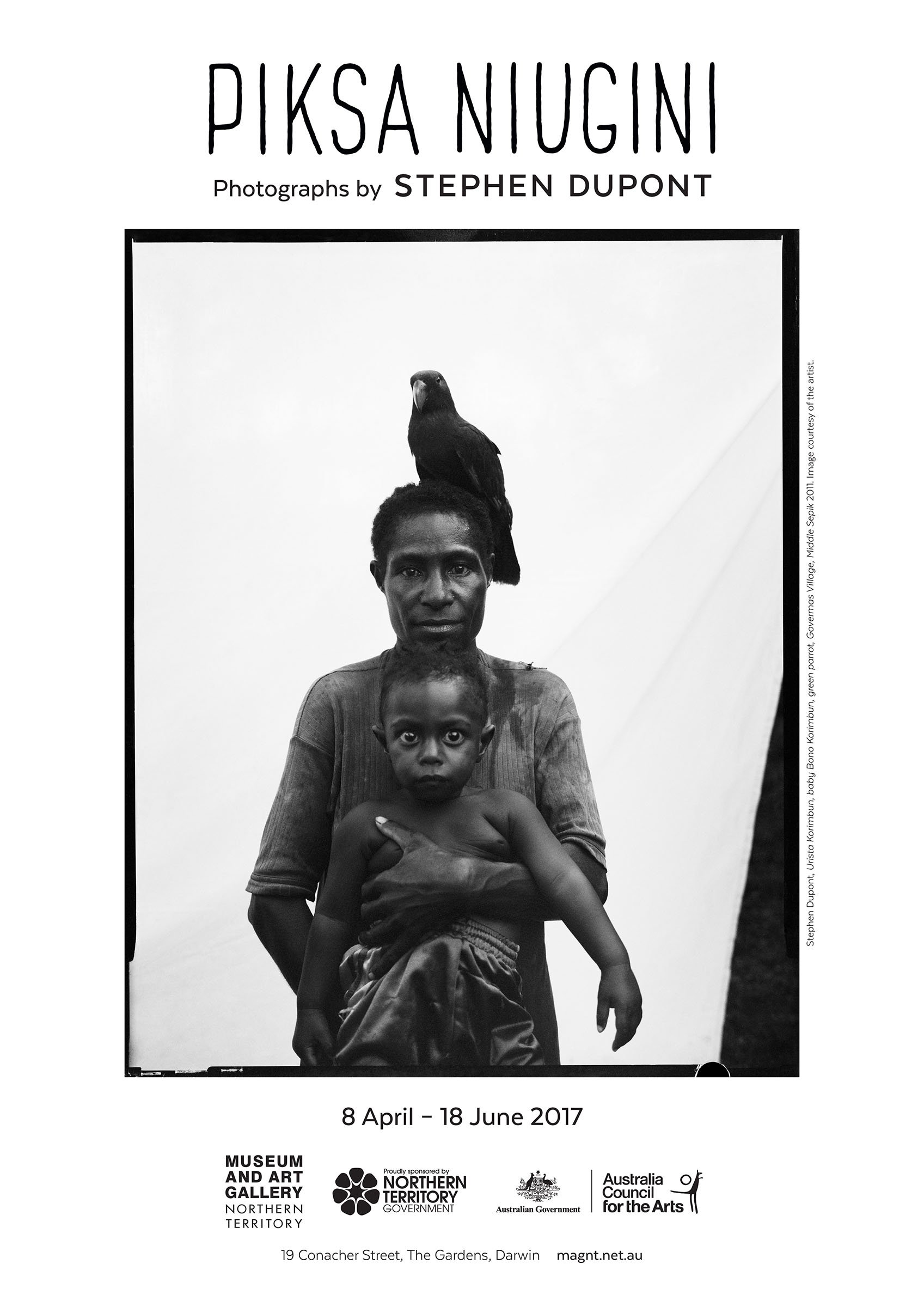


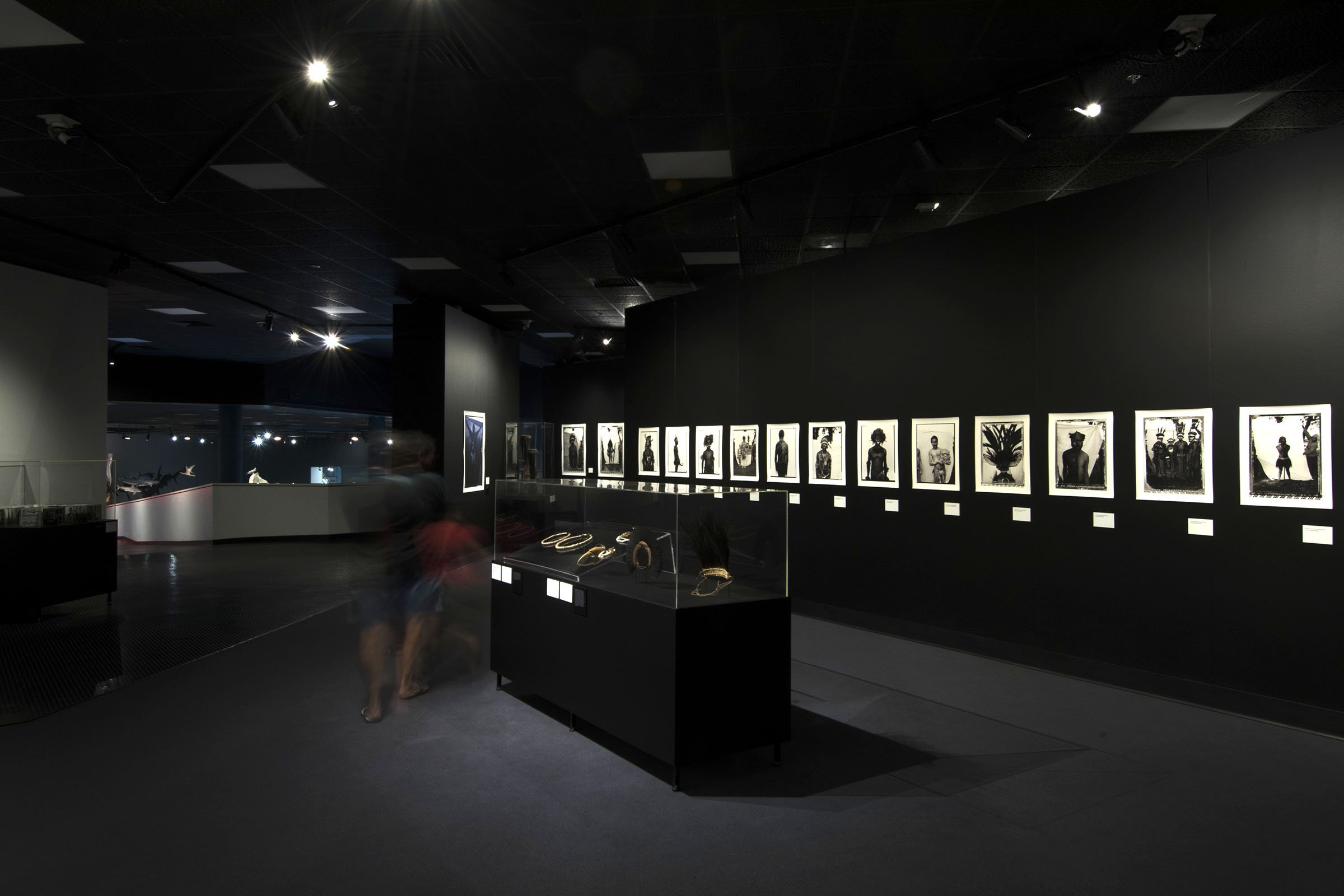
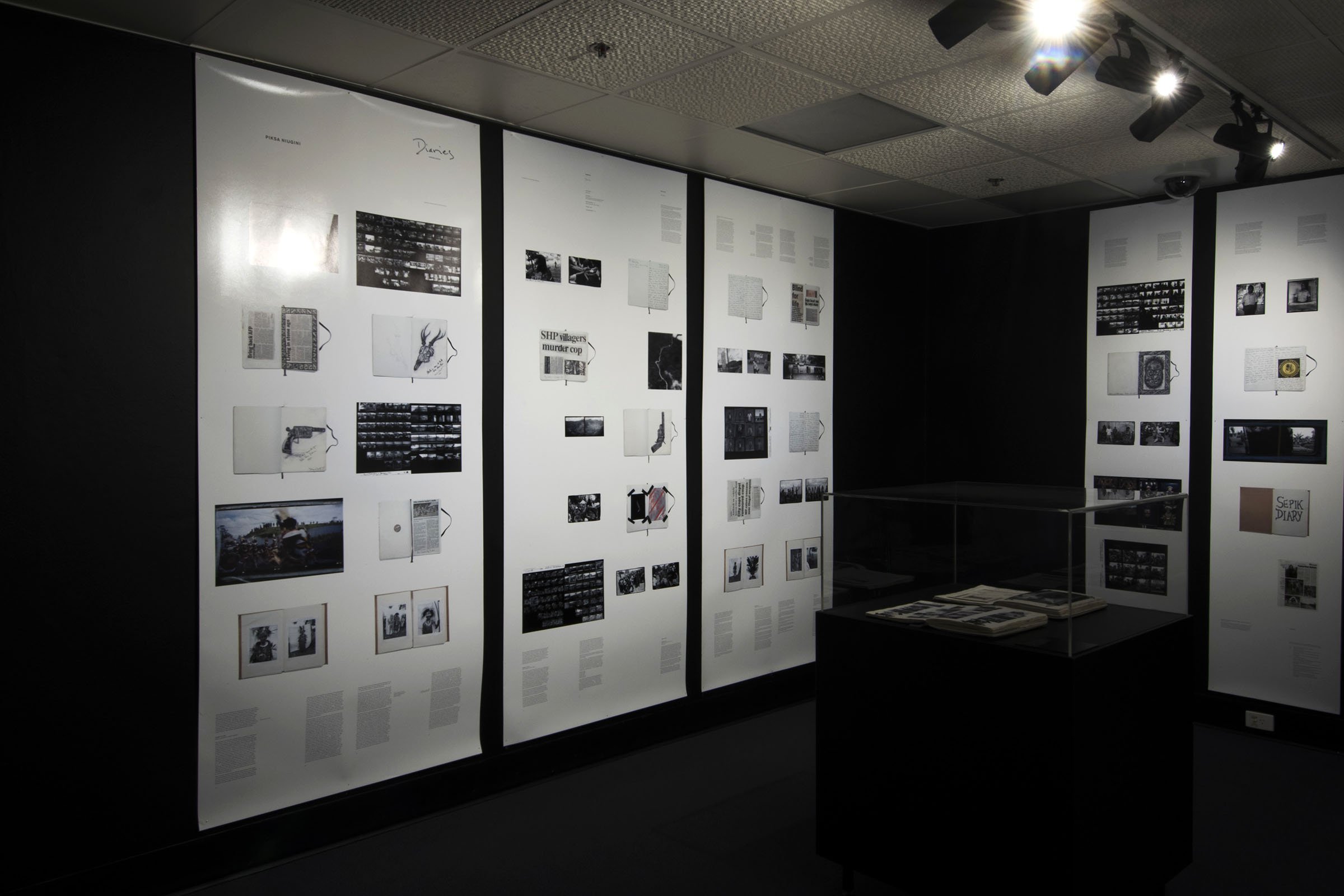

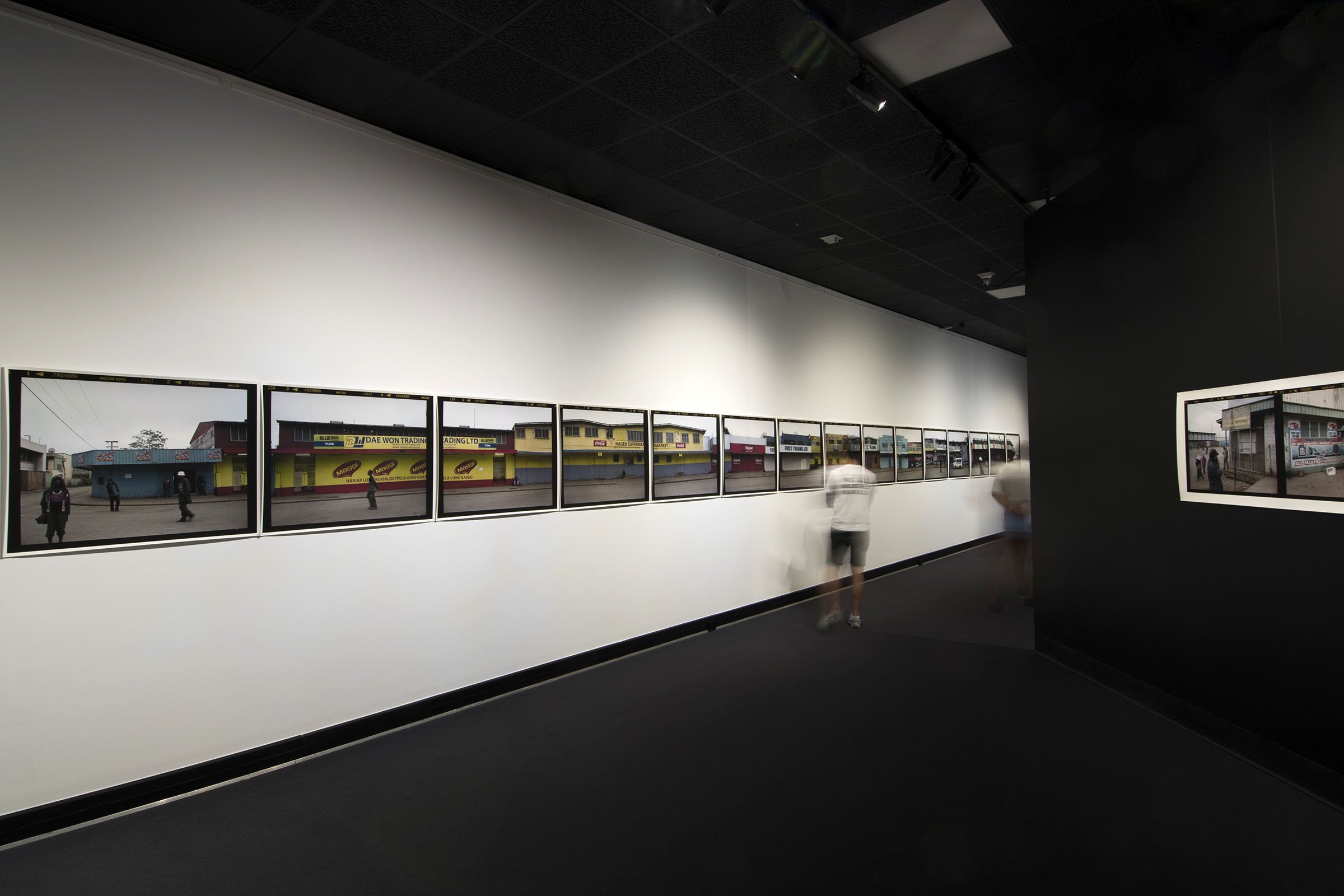
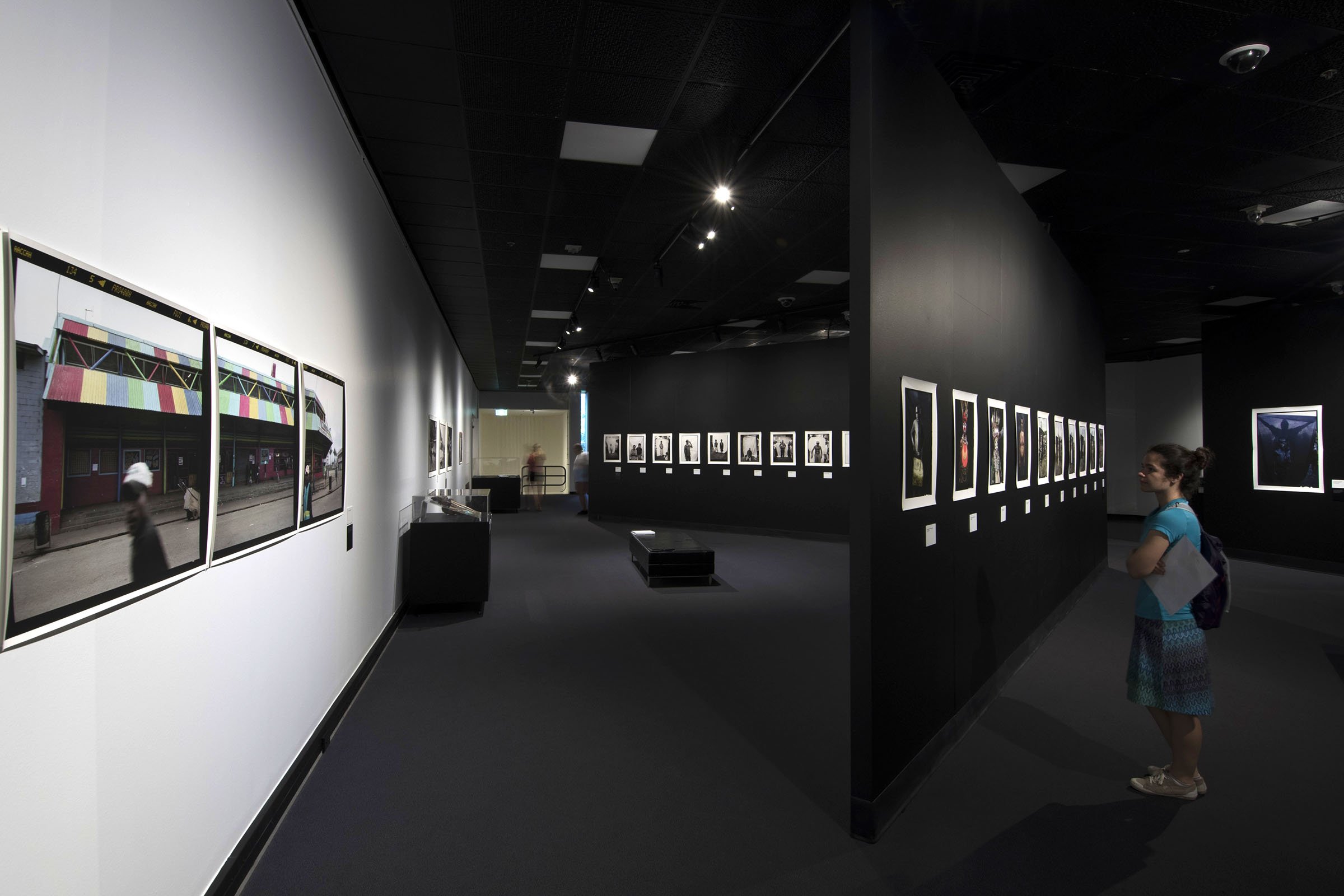
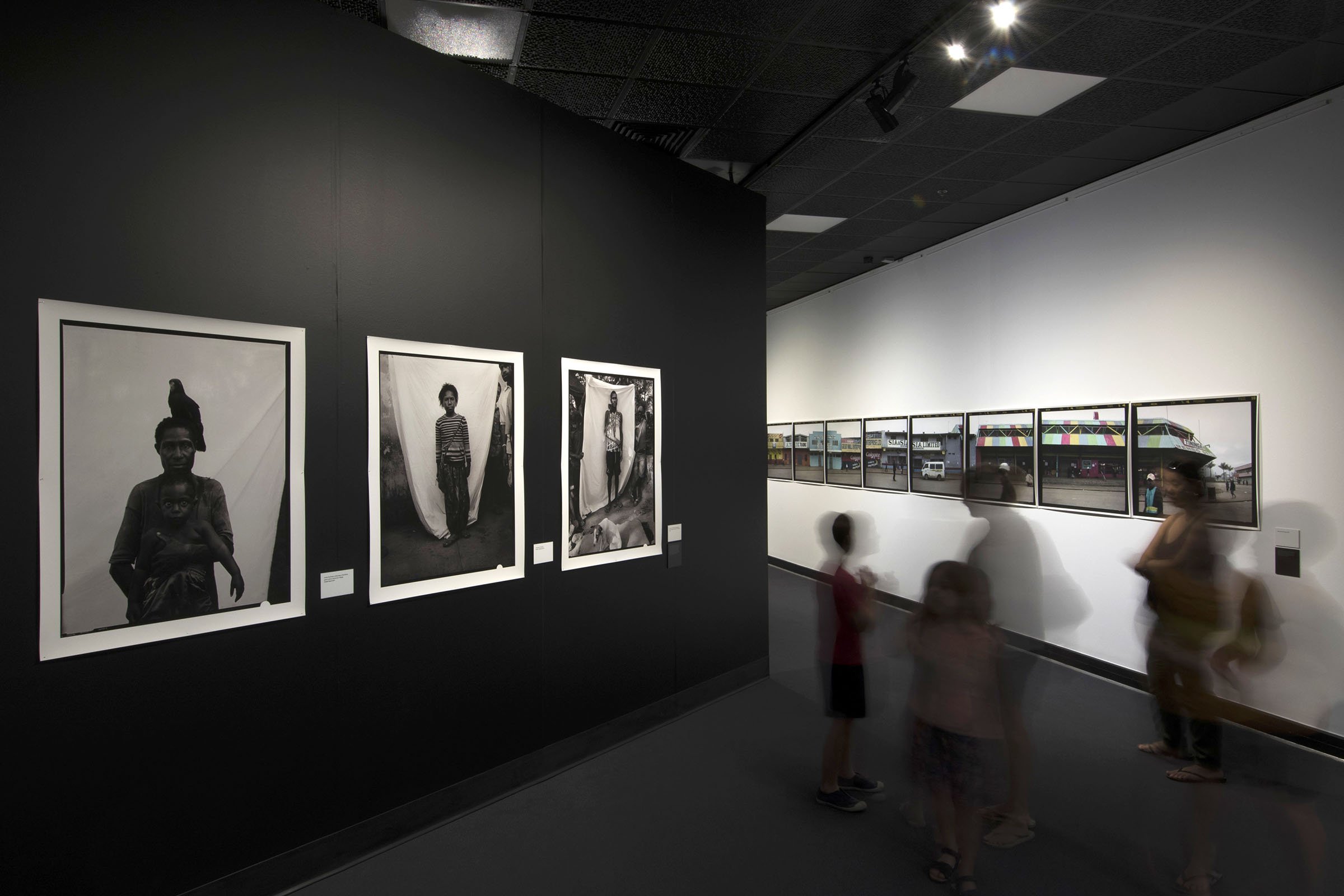

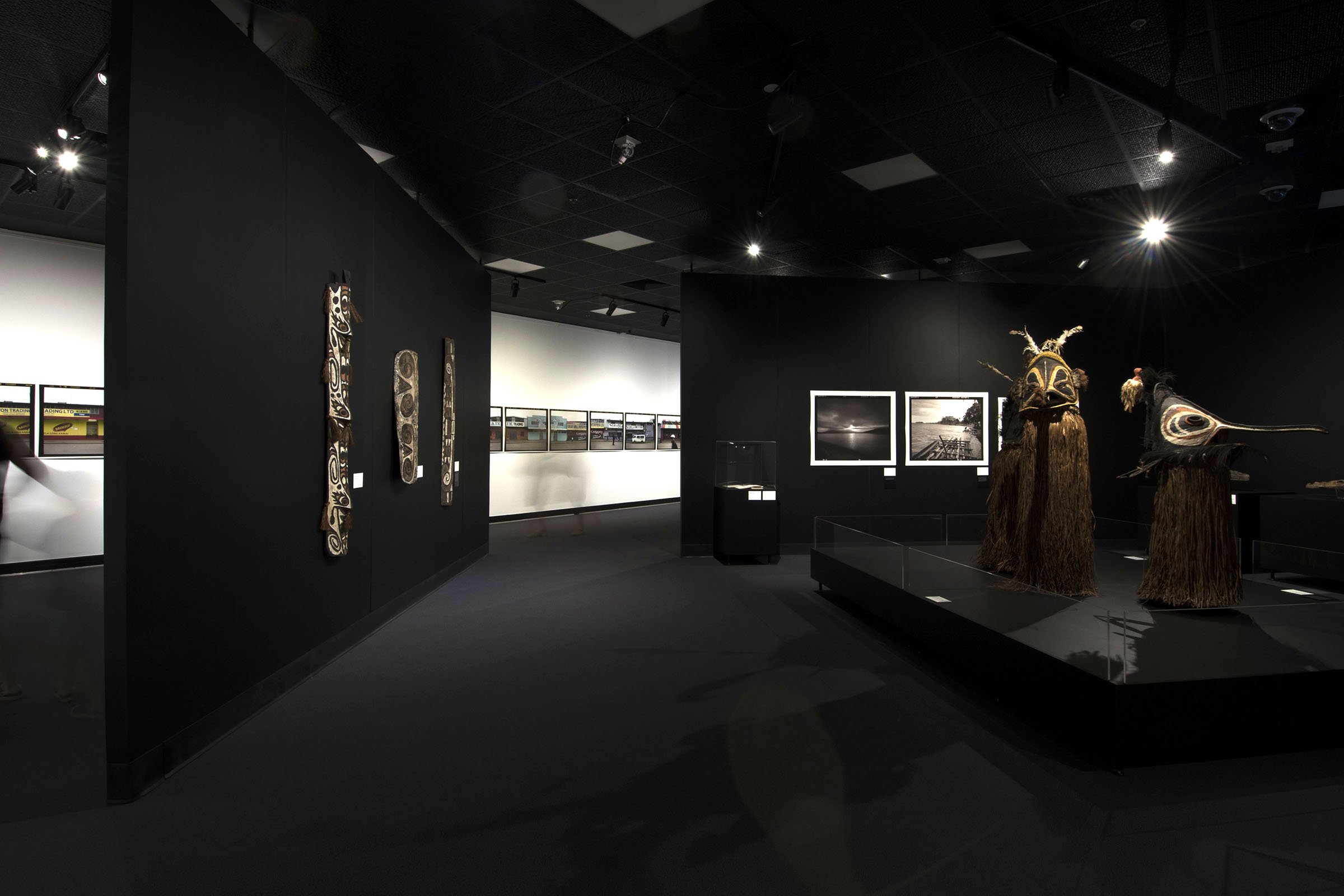
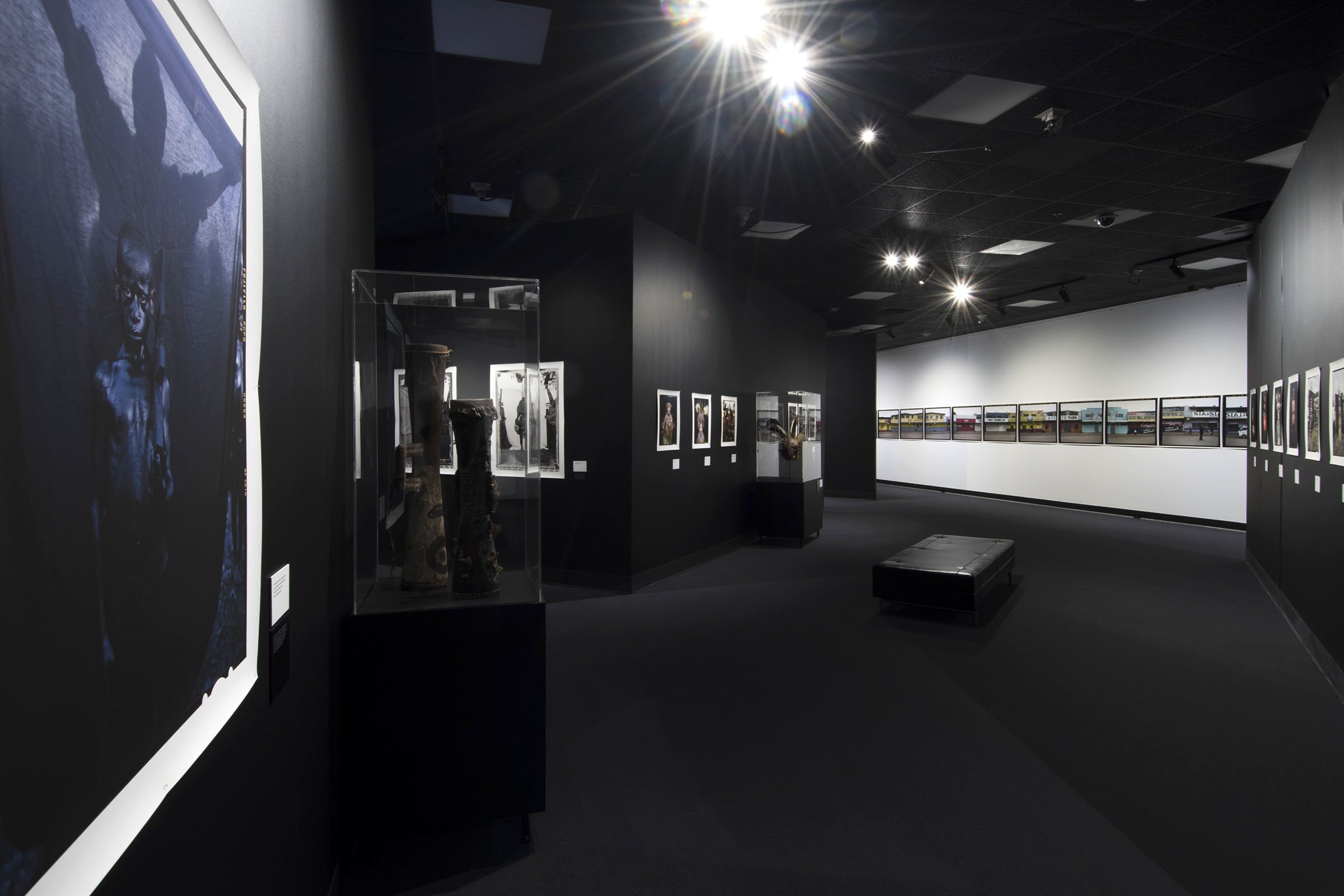
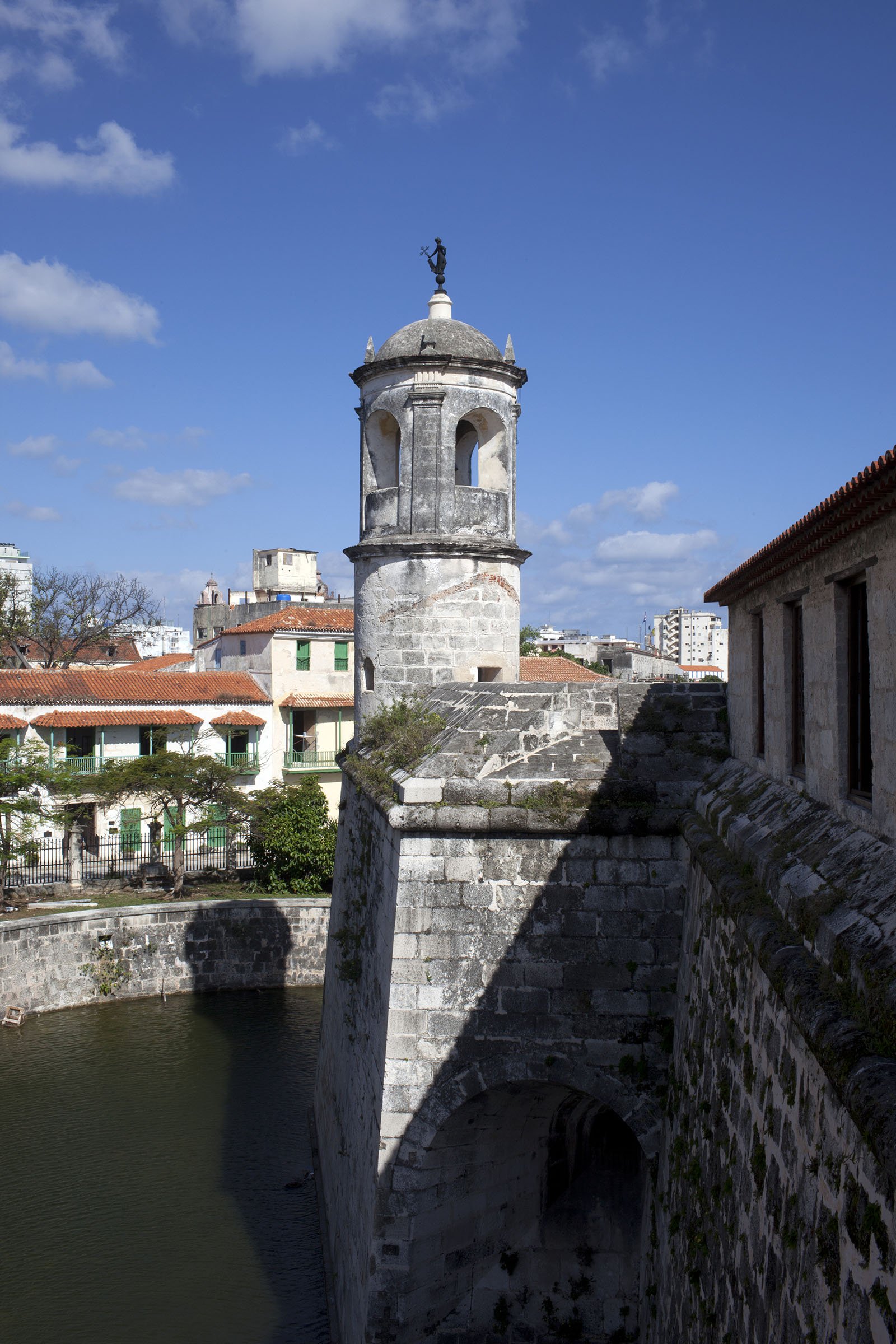
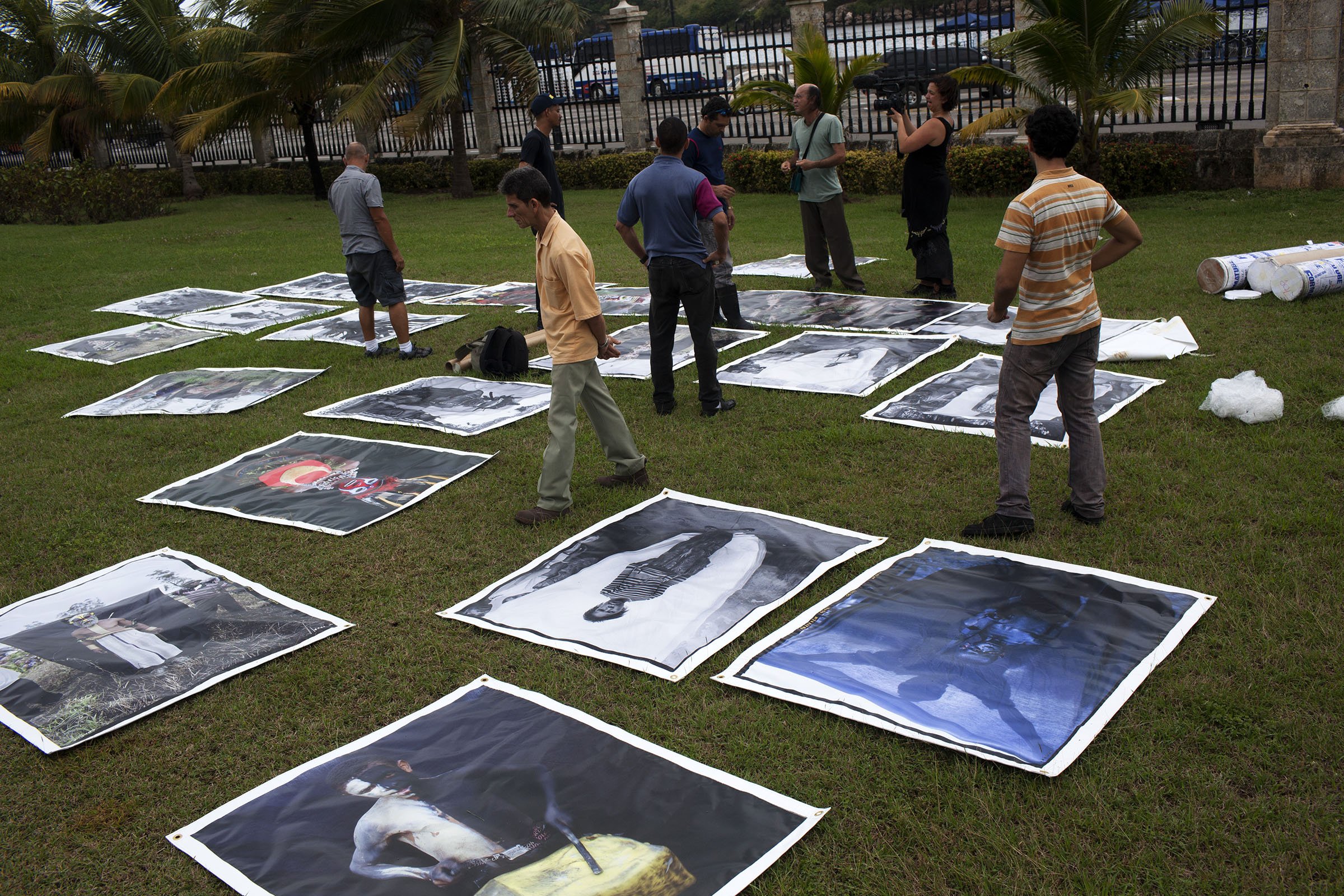
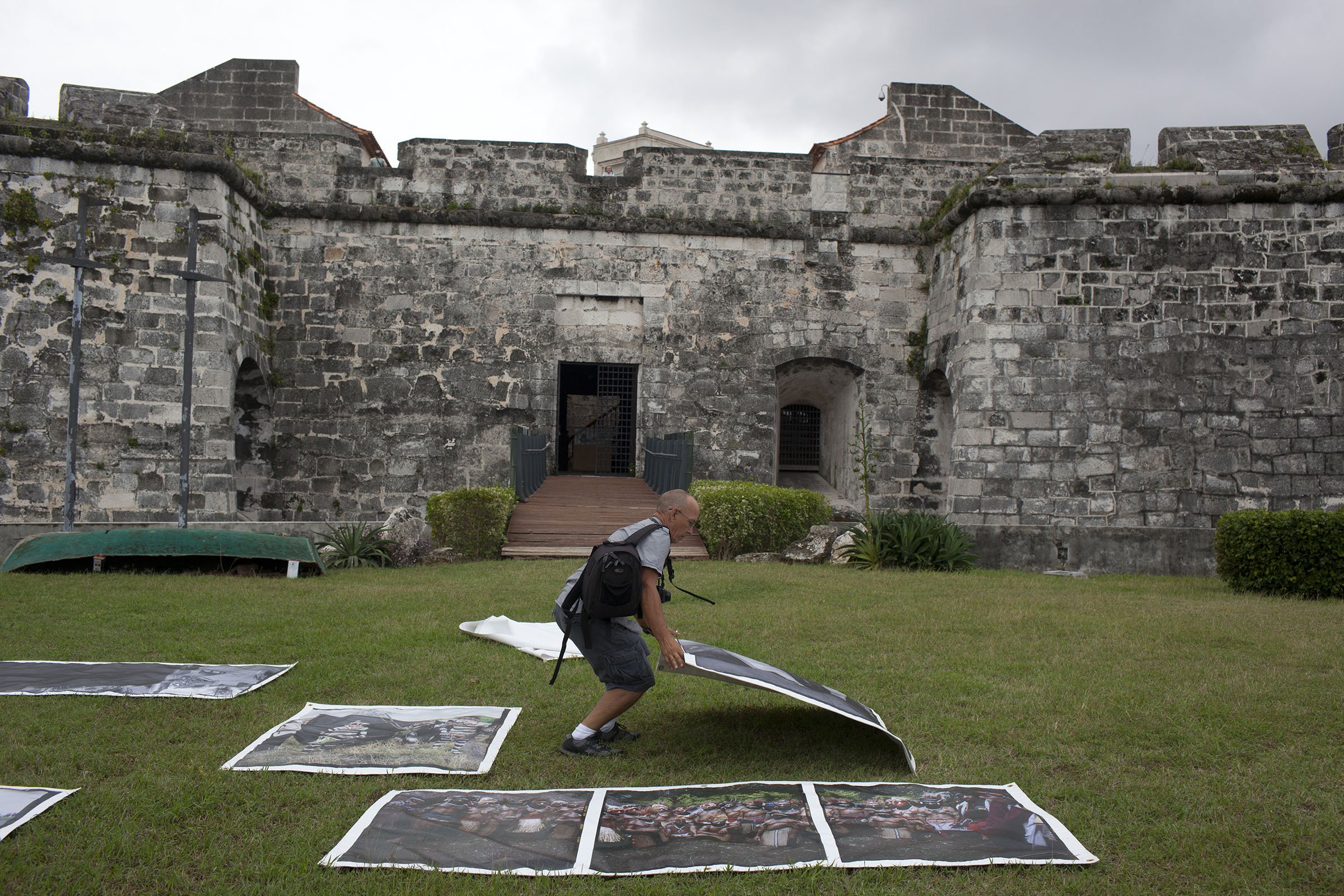


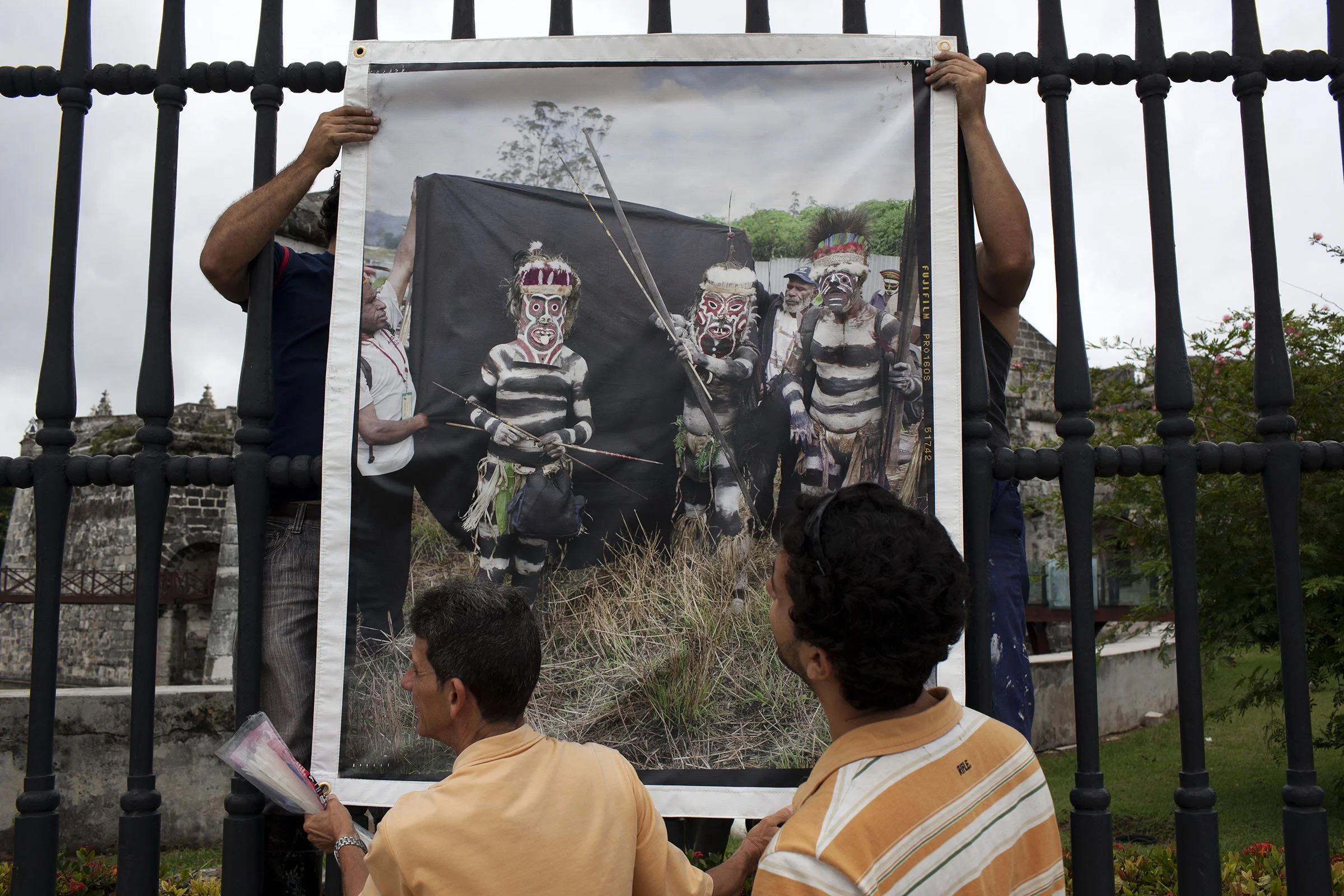
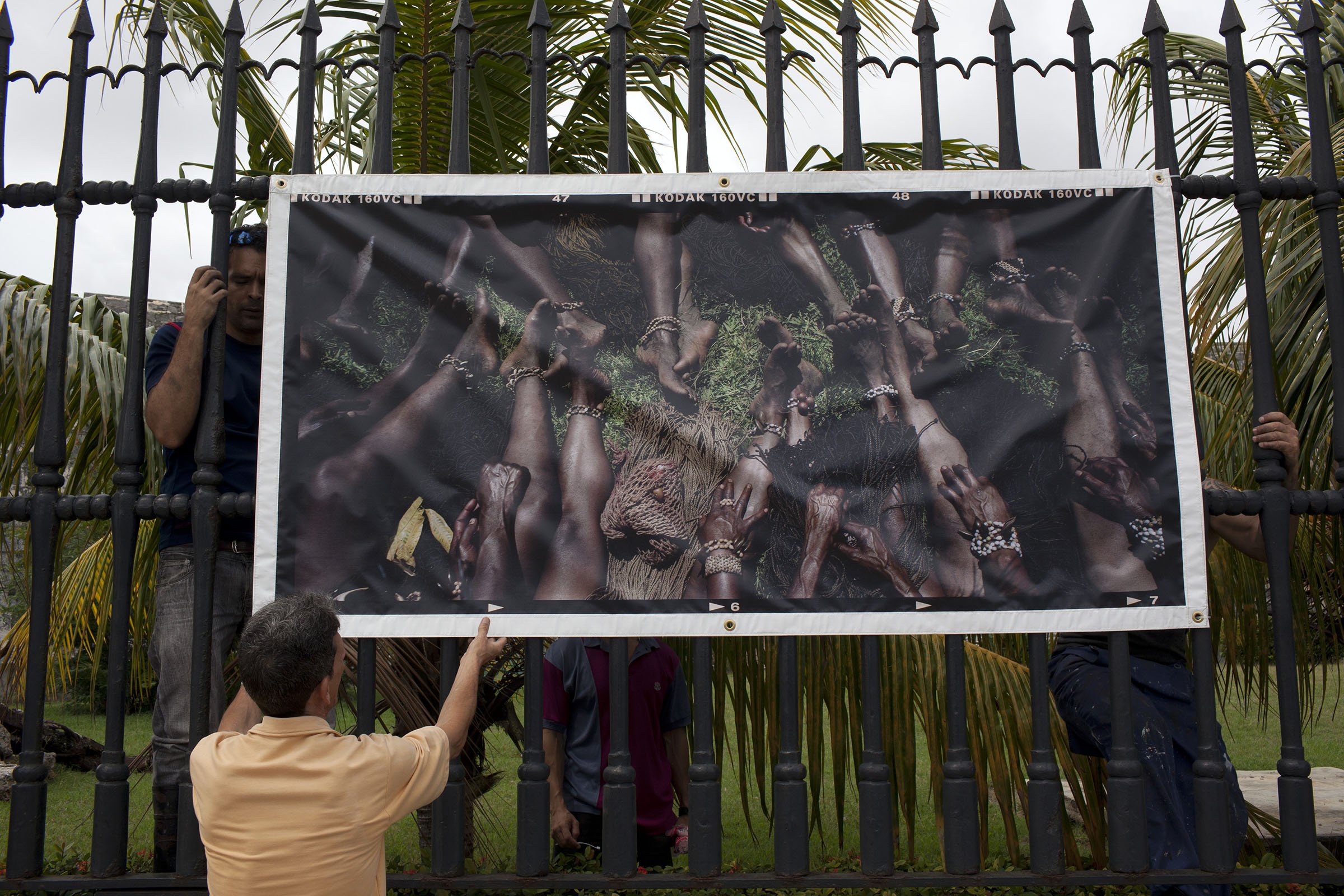

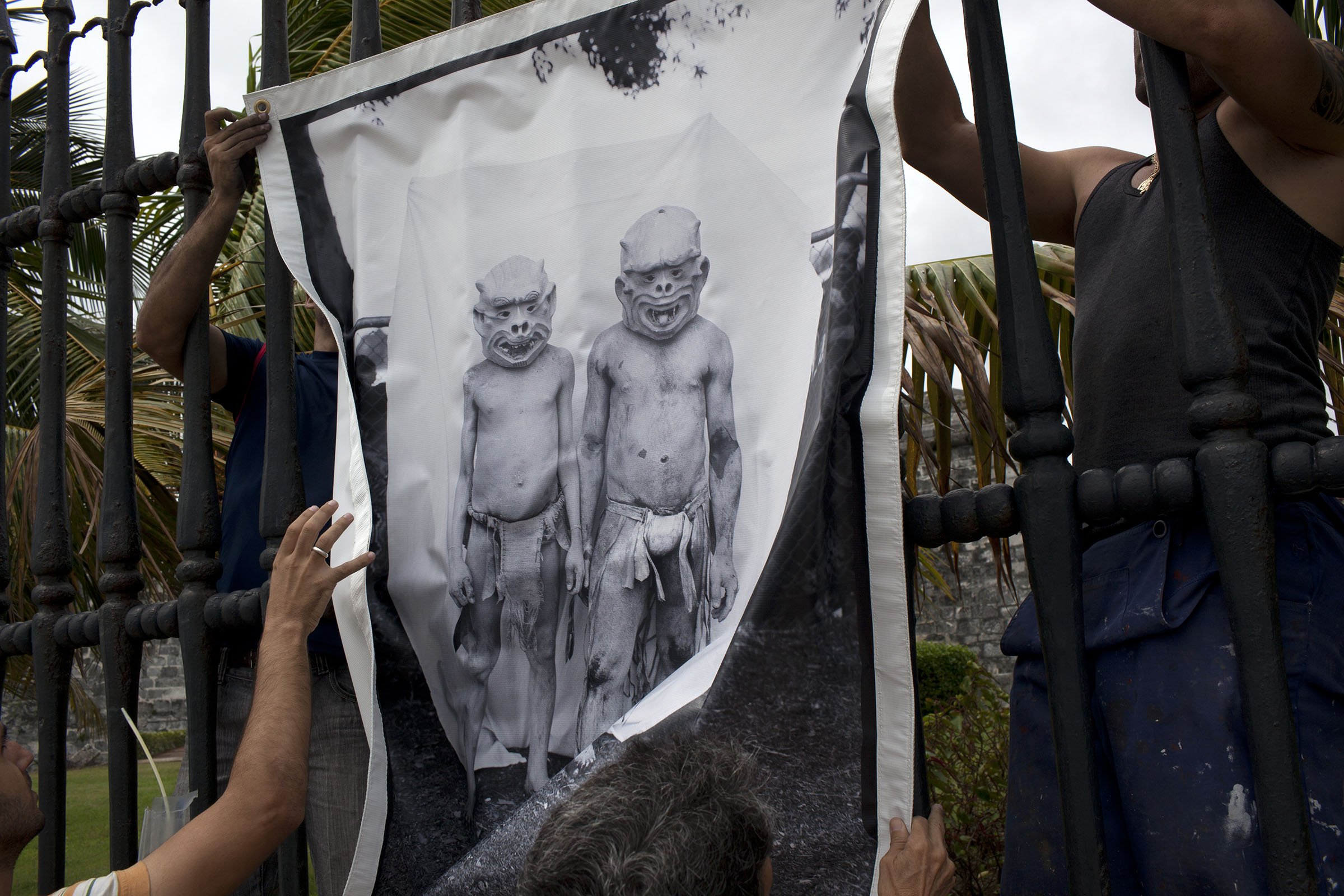
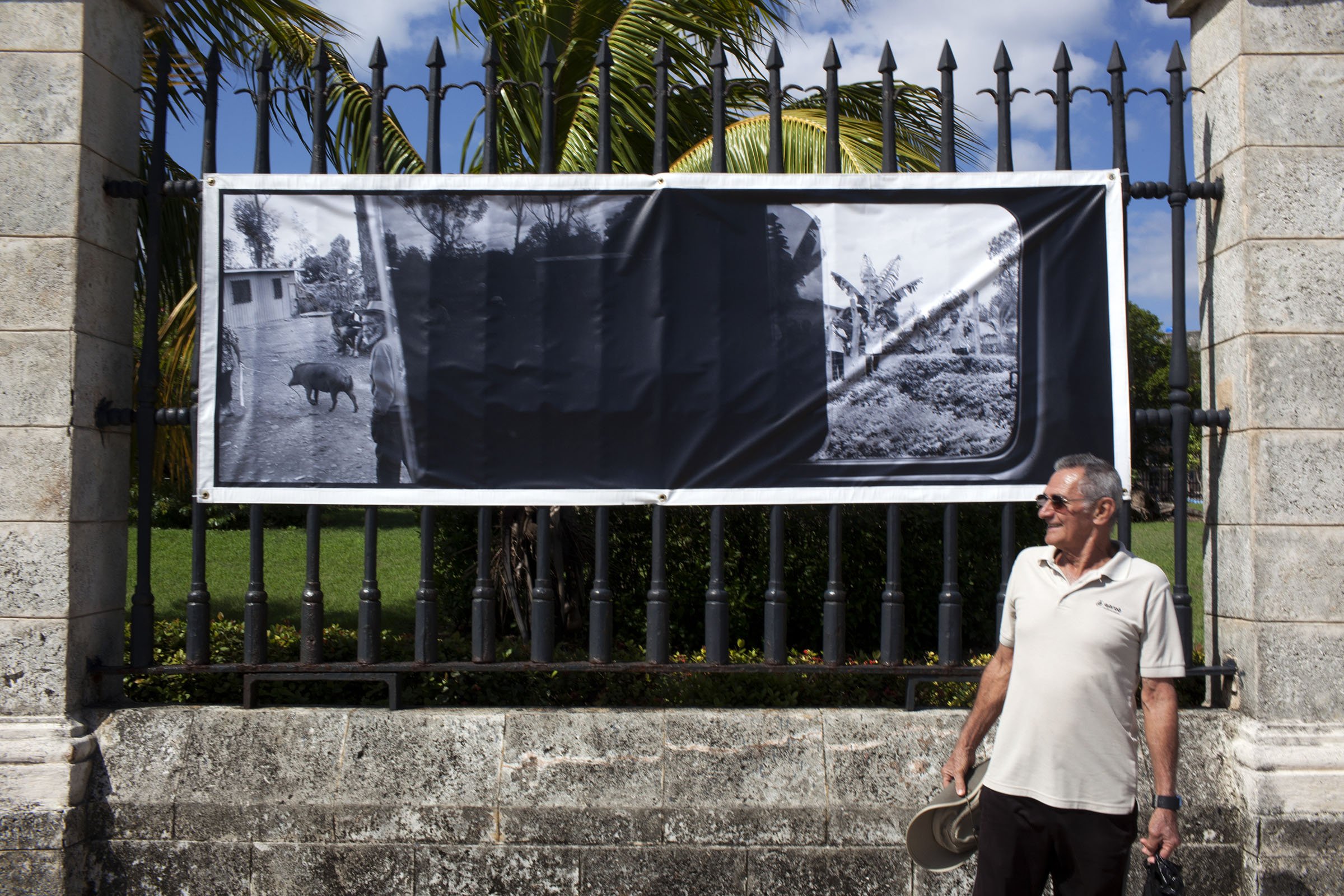
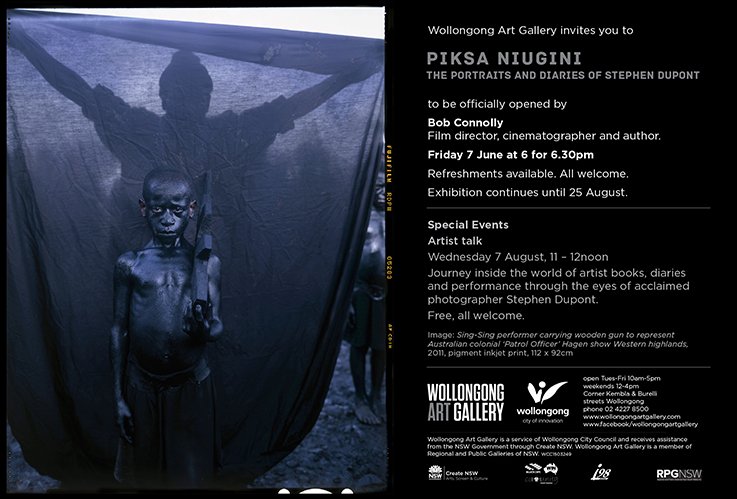
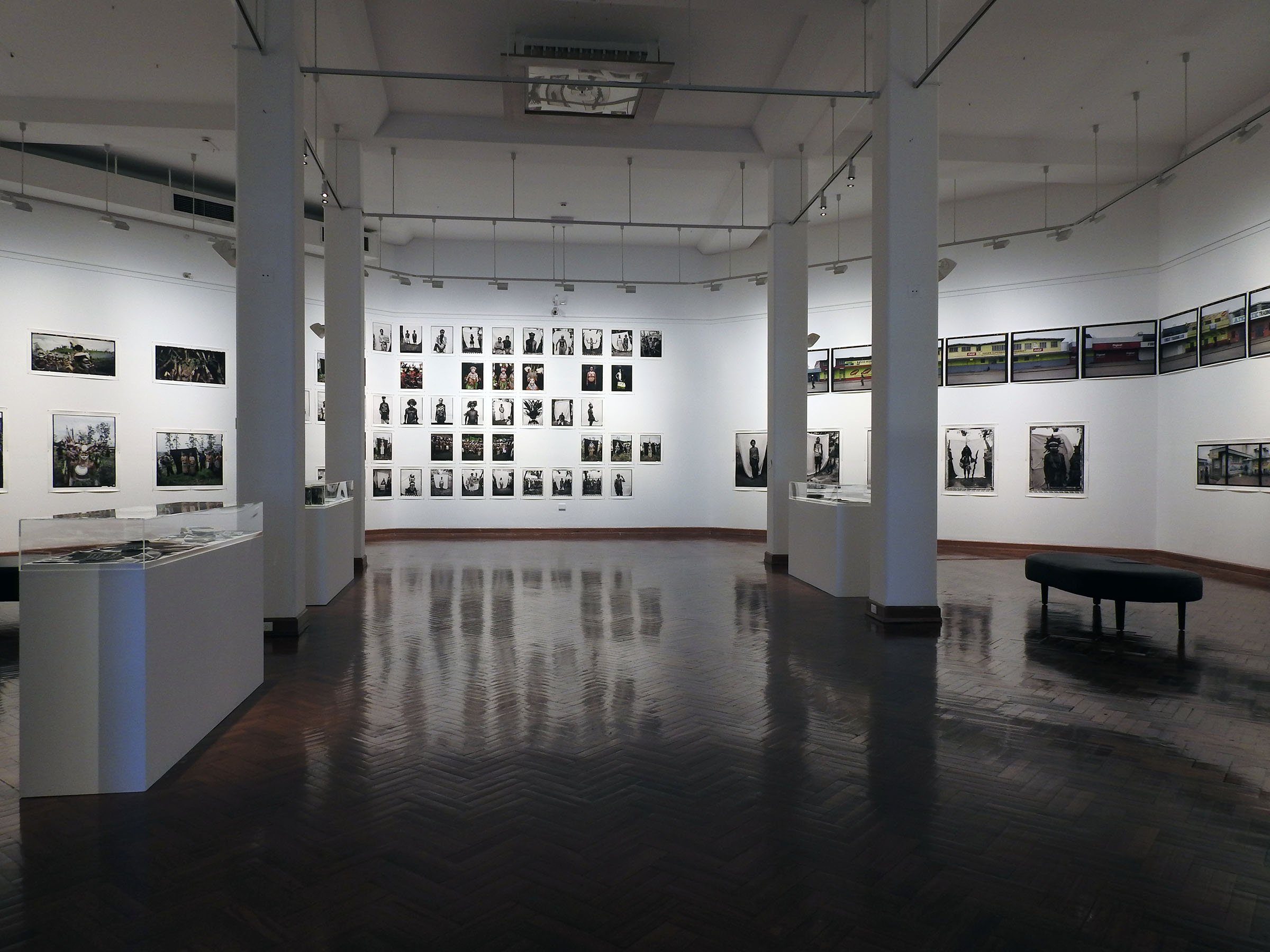
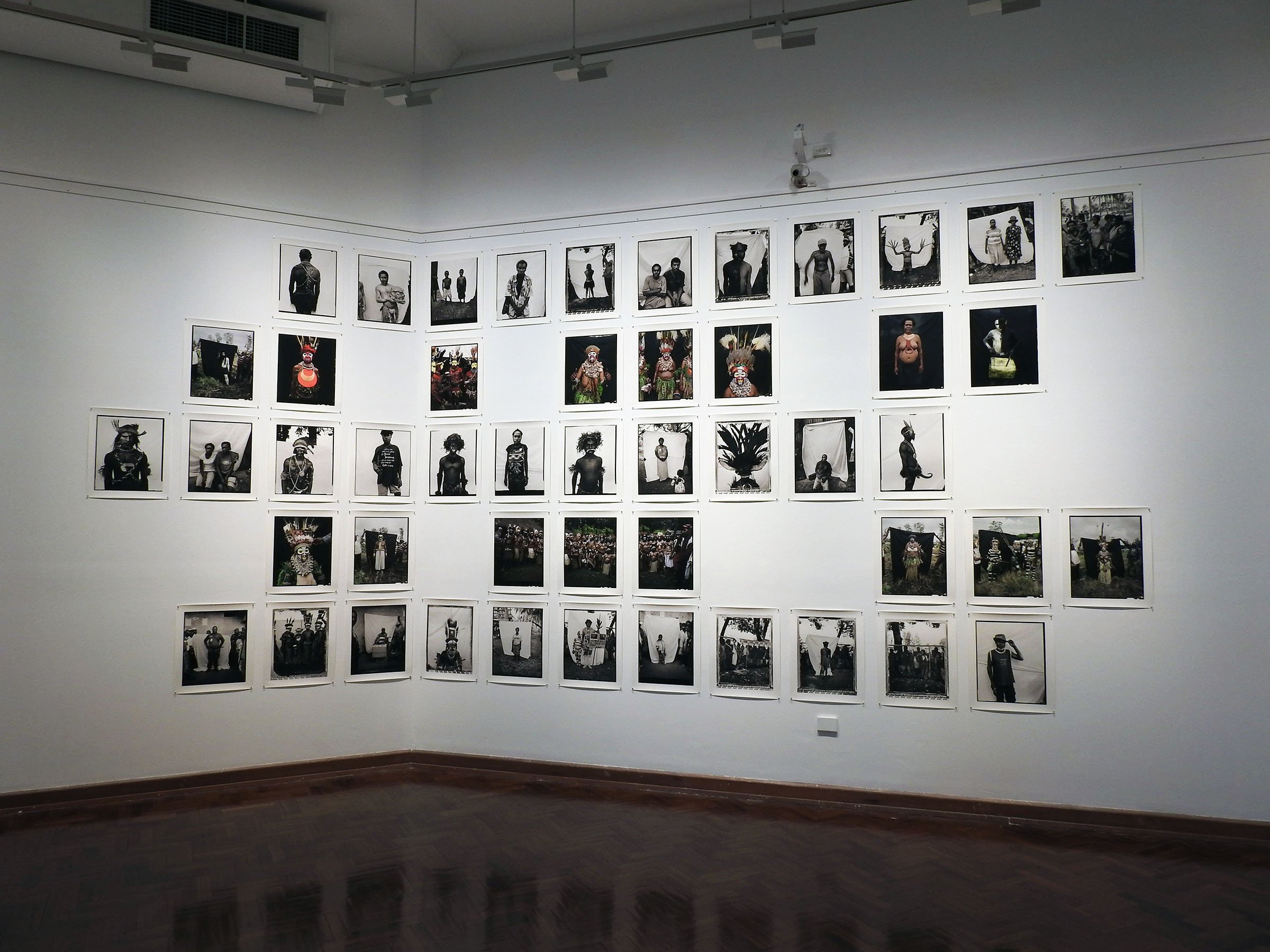
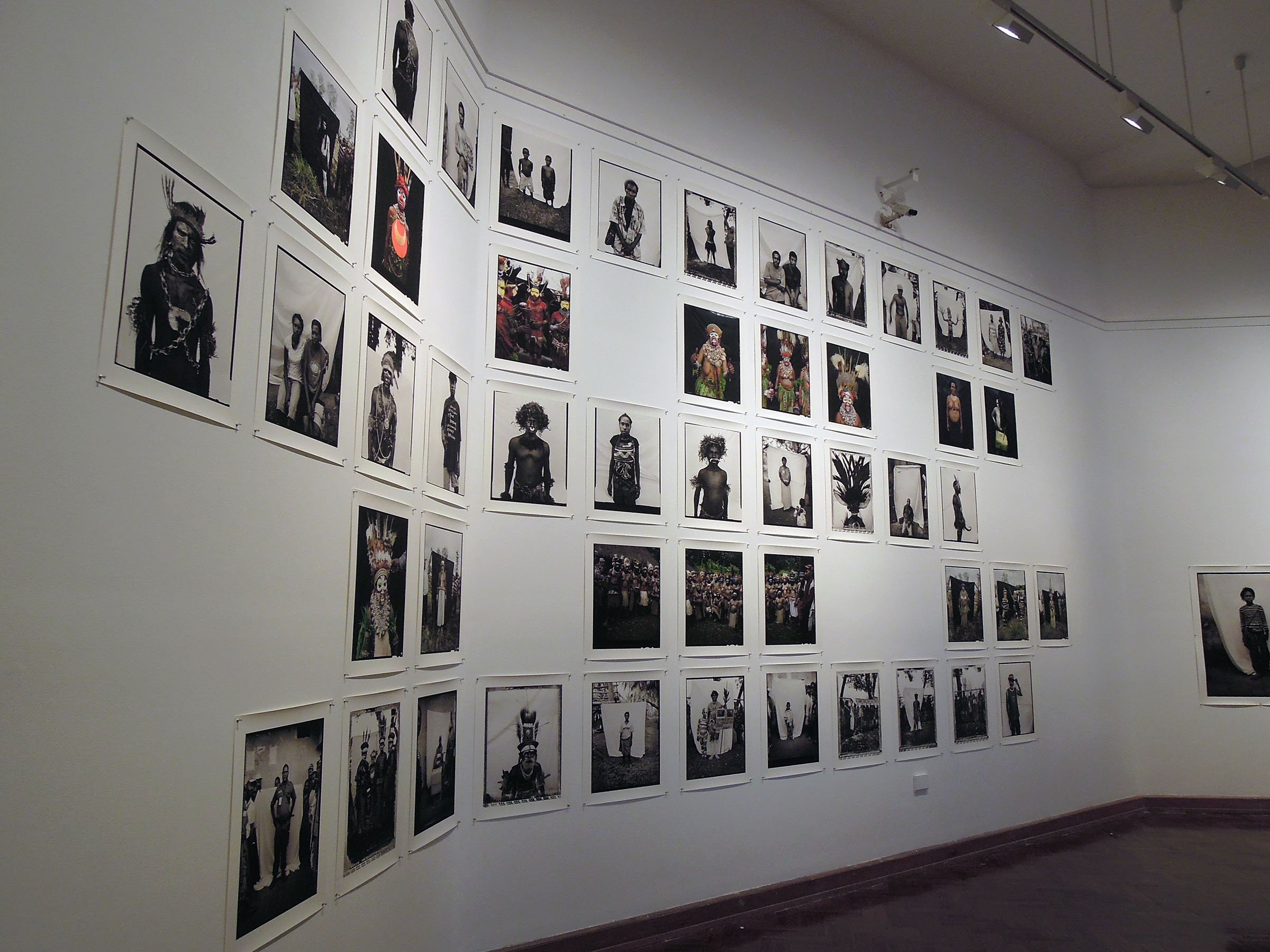

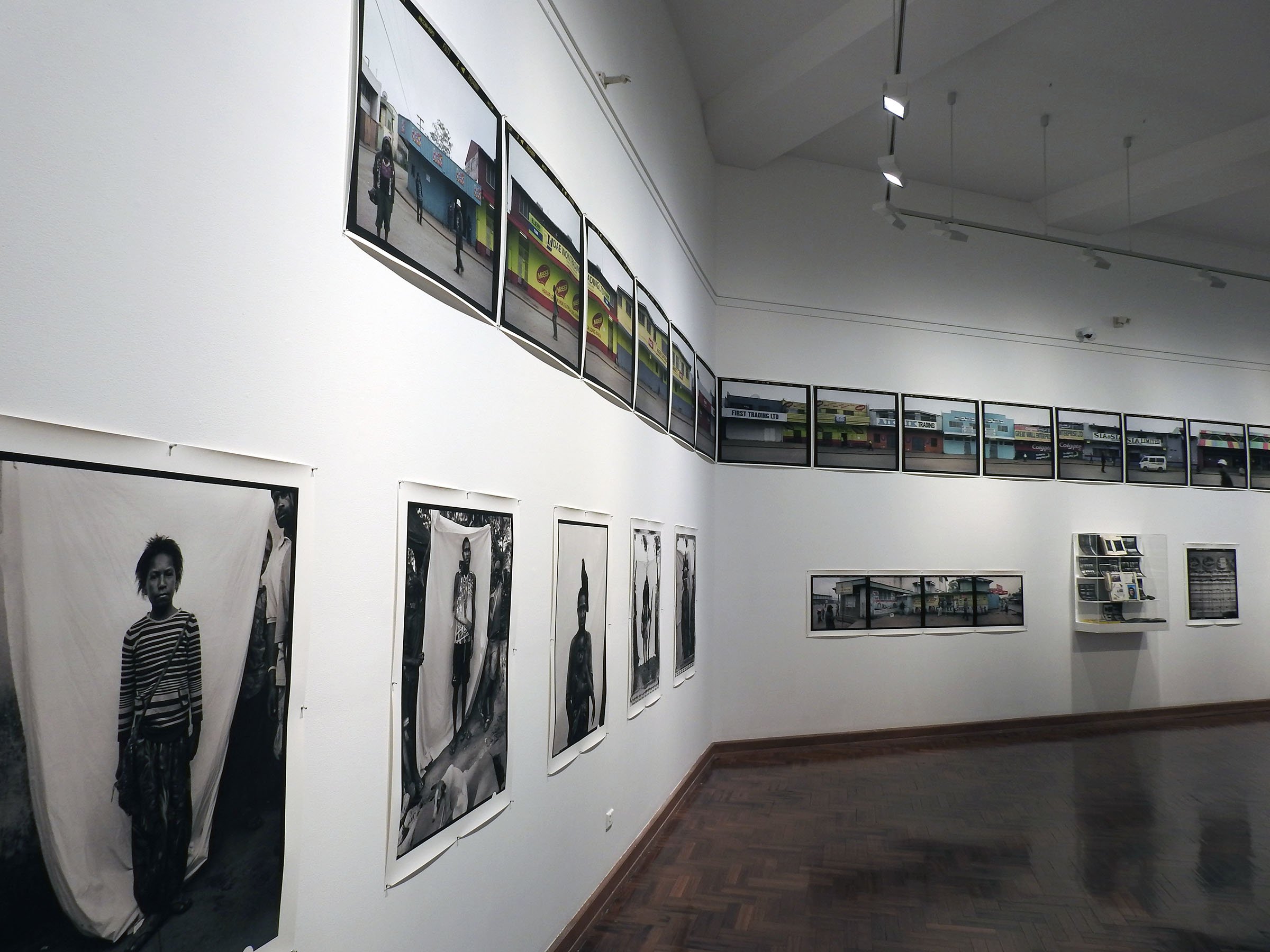
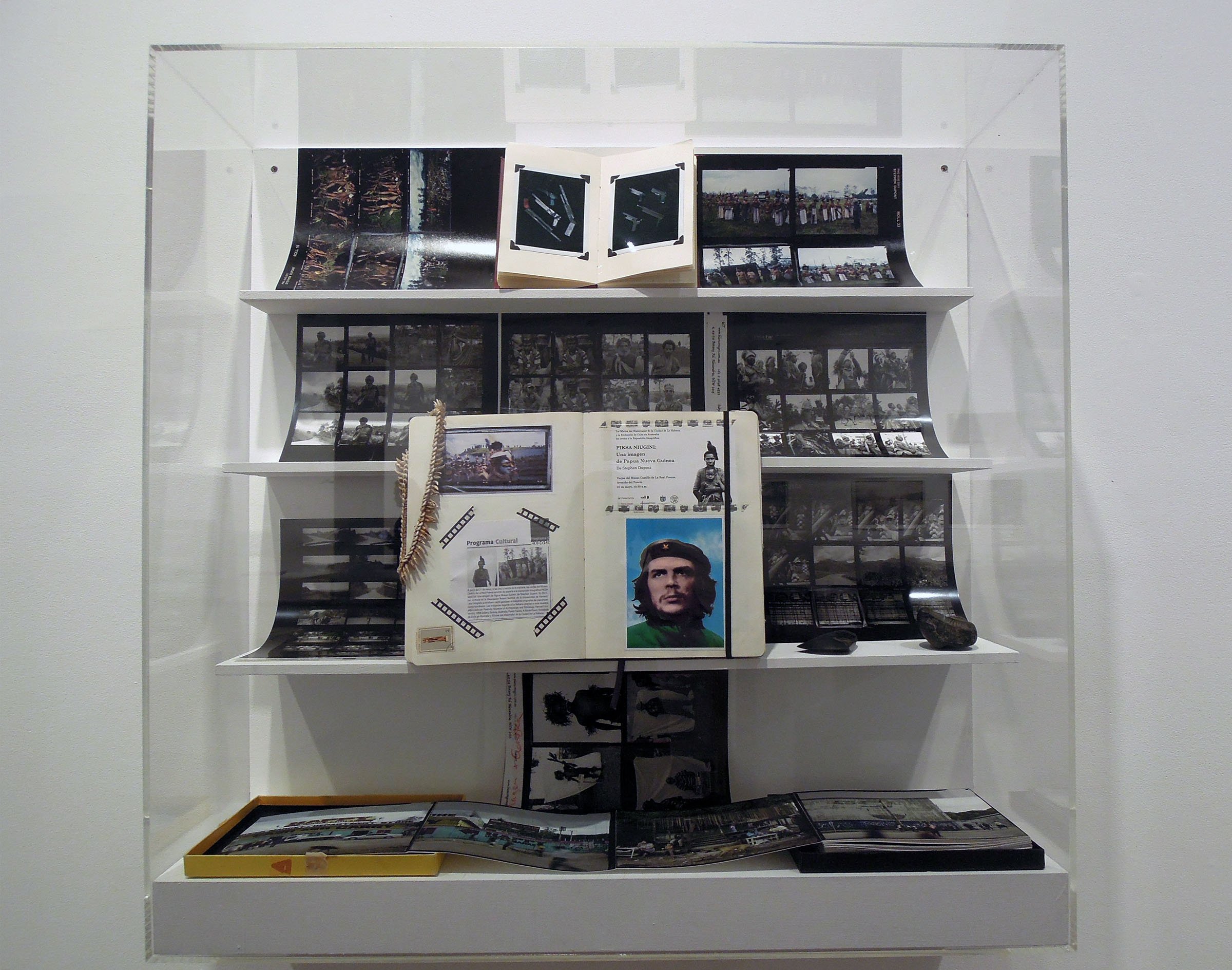

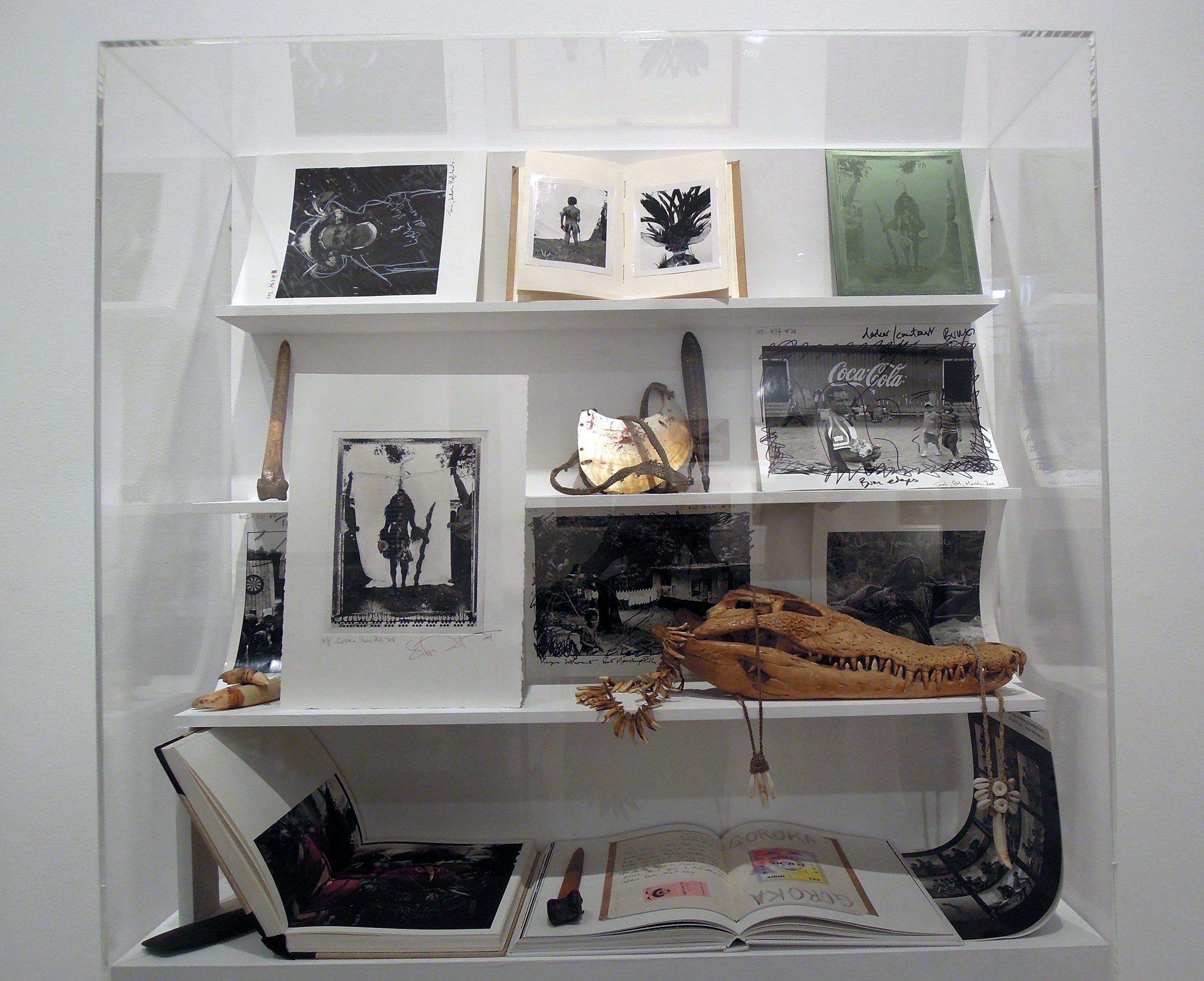
Venues
Wollongong Art Gallery, NSW, Australia, 2019.
Tim Klingender Gallery, Sydney Contemporary Art Fair, Australia, 2018.
Logan Art Gallery, QLD, Australia, 2018.
New England Regional Art Museum (NERAM), NSW, Australia, 2018.
The Museum & Art Gallery of the Northern Territory, Australia, 2017.
Monash Gallery of Art (MGA), Melbourne, VIC, Australia, 2017.
Art Gallery of Ballarat, VIC, Australia, 2015.
The Outside Land, The Australian Centre for Photography, Sydney, 2015.
Museo Castillo de la Real Fuerza, Havana, Cuba, 2014.
The Peabody Museum of Archaeology & Ethnology at Harvard University, USA, 2013.
Dali International Photography Festival, China, 2013.
Statement
The remote Island of New Guinea has long attracted anthropologists and photographers with its richly diverse cultures, dramatically rugged topography and celebrated artistic traditions. Among these bold voyagers have been Harvard and Peabody Museum image-makers. In 1961 Director of Harvard’s Film Study Center Robert Gardner led an interdisciplinary expedition to document tribal warfare in the Baliem Valley, on the Western half of the island, which is now part of Indonesia.
Almost 50 years later Australian photographer Stephen Dupont traveled to the independent democracy, Papua New Guinea, on the Eastern half of the Island. In 2011 Dupont explored the mountainous Highlands, the serpentine Sepik River and the dangerously gritty capital city, Port Moresby. Over time he has documented tremendous social change, caused by globalization, the exploitation of natural resources such as gas, gold and silver, as well as AIDS, migration, persistent poverty, and new wealth.
In this exhibition, sponsored by the Peabody Museum’s Robert Gardner Fellowship, Dupont reveals many of these changes through his diaries, photographed landscapes and innovative portraits of contemporary Papuans. Moreover, by exposing behind-the-scenes elements such as backdrops, onlookers and the edges of frames, Dupont calls attention to the photographic process itself and questions the role of the photographer in Papuan history.
Works
A travelling exhibtion of unframed works. Ships in 1 x wooden box (64cm x 71cm x 20cm) and 5 x plastic tubes ( 2 x 160cm x 17cm, 1 xc 130cm x 17cm, 1 x 110cm x 17cm, 1 x 100cm x 17cm).
320GSM cotton rag art paper.
49 x Portraits (60cm x 50cm)
7 x Portraits (112cm x 92cm)
15 x Tradestore Wall Grid (100cm x 80cm)
2 x Panoramic Colour (116cm x 61cm)
7 x Wall Dactic Diary (240cm x 120cm)
2 x Wall Dactic Diary (240cm x 50cm)
1 x Panoramic B+W (213cm x 91cm)
1 x Panoramic B+W (220cm x 106cm)
5 x 35mm Frame B+W (113cm x 80cm)
2 x [6x7] Frame B+W (112cm x 94cm)
1 x Square B+W (92cm x 92cm)
1 x Colour 35mm Frame (100cm x 68cm)
2 x Panoramics’ B+W (145cm x 61cm)
1 x Long multiple image frame (270cm x 61cm)
Reviews
“Dupont is an outsider; yet he’s an engaged outsider, full of a calm, clear-eyed curiosity. The result is that these photographs never feel clinical or reductive. There are about 124 photographs in the show. Sixty-six are hung. The rest are in display cases. None are framed or matted. That sense of informality (and immediacy) is one reason why such a small space - a single room and alcove - can feel so alive without seeming hectic or overstuffed. There is a hectic feeling, in a good way, in the alcove. Its three walls are covered with blown-up images from Dupont’s 2011 field diaries: writings, contact sheets, Polaroids, drawings, news clippings. They show us Dupont’s imaginative process at work. A kind of self-portrait, they make the portraits that much more vivd”. - Mark Feeney, The Boston Sunday Globe, May 12, 2013.
“The Sydney-based photographer, who has covered conflicts in Afghanistan, Iraq and Rwanda and been published in Vanity Fair and The New Yorker, chose to document detribalisation in Papua New Guinea’s crime-ridden capital after he was award- ed a Robert Gardner Fellow in Photography in 2010. Dupont, who travelled to Afghanistan last November as an official war artist for the War Memorial, was the first Australian to be awarded the prestigious and highly sought-after fellowship from Harvard University’s Peabody Museum of Archaeology and Ethnology. The $US50,000 prize enabled him to spend a year with isolated communities in three of the country’s most important cultural centres, the high- lands, the Sepik River and Port Moresby, in 2011”. - Carmel Melouney, The Australian, May 13, 2013.
“Such an investment in time and place allows Dupont’s lens to transcend the immediate allure of tribal exoticisation and instead expose a more nuanced reflection of the lives of those within the more populous environments”. - Ella Rubelli, The Sydney Morning Herald, July 8, 2015.
Collections
The Peabody Museum of Archaeology & Ethnology at Harvard University, USA
Museum of Australian Photography, VIC, Australia
Afghanistan: The Perils of Freedom 1993 - 2009
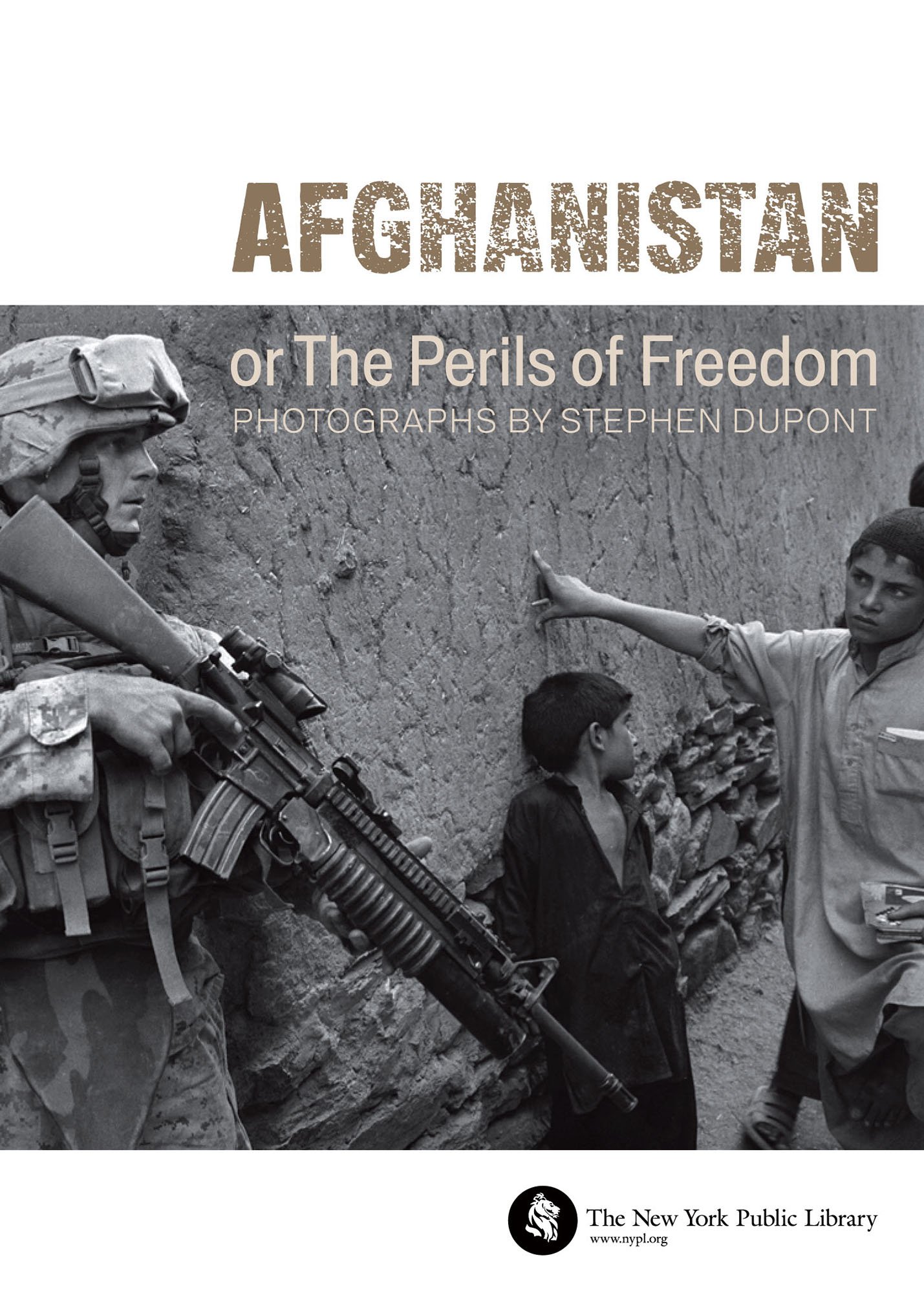
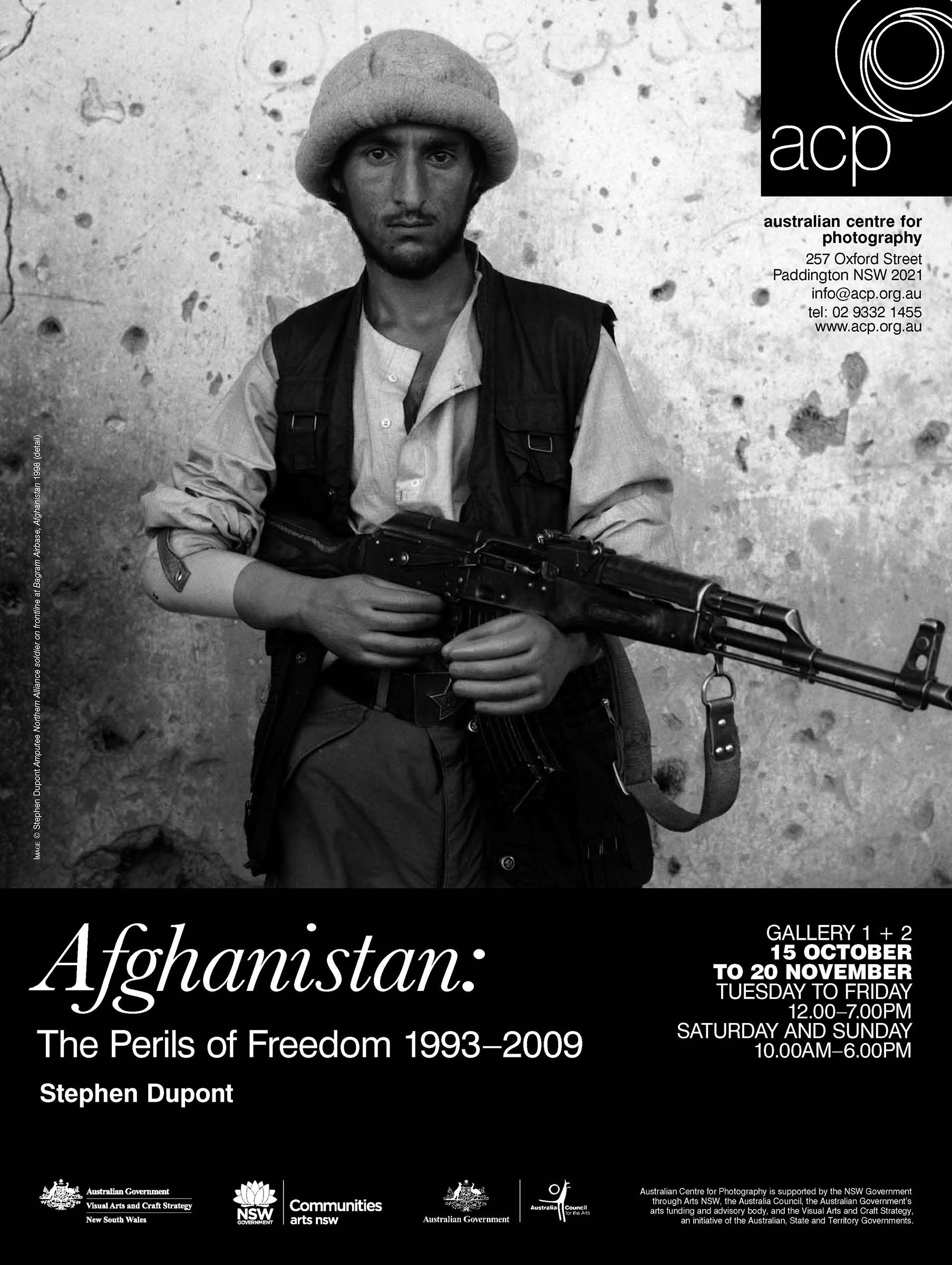

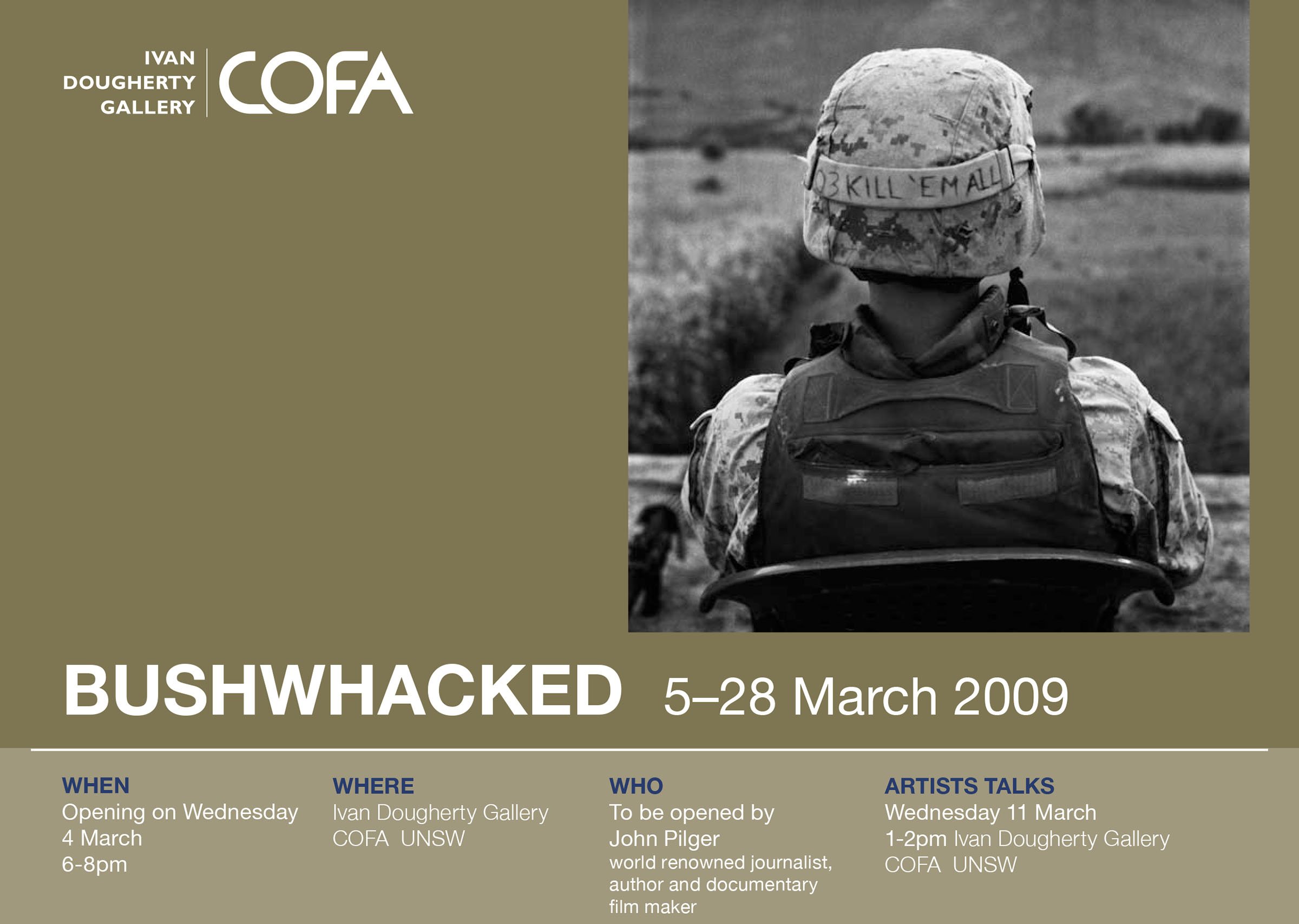
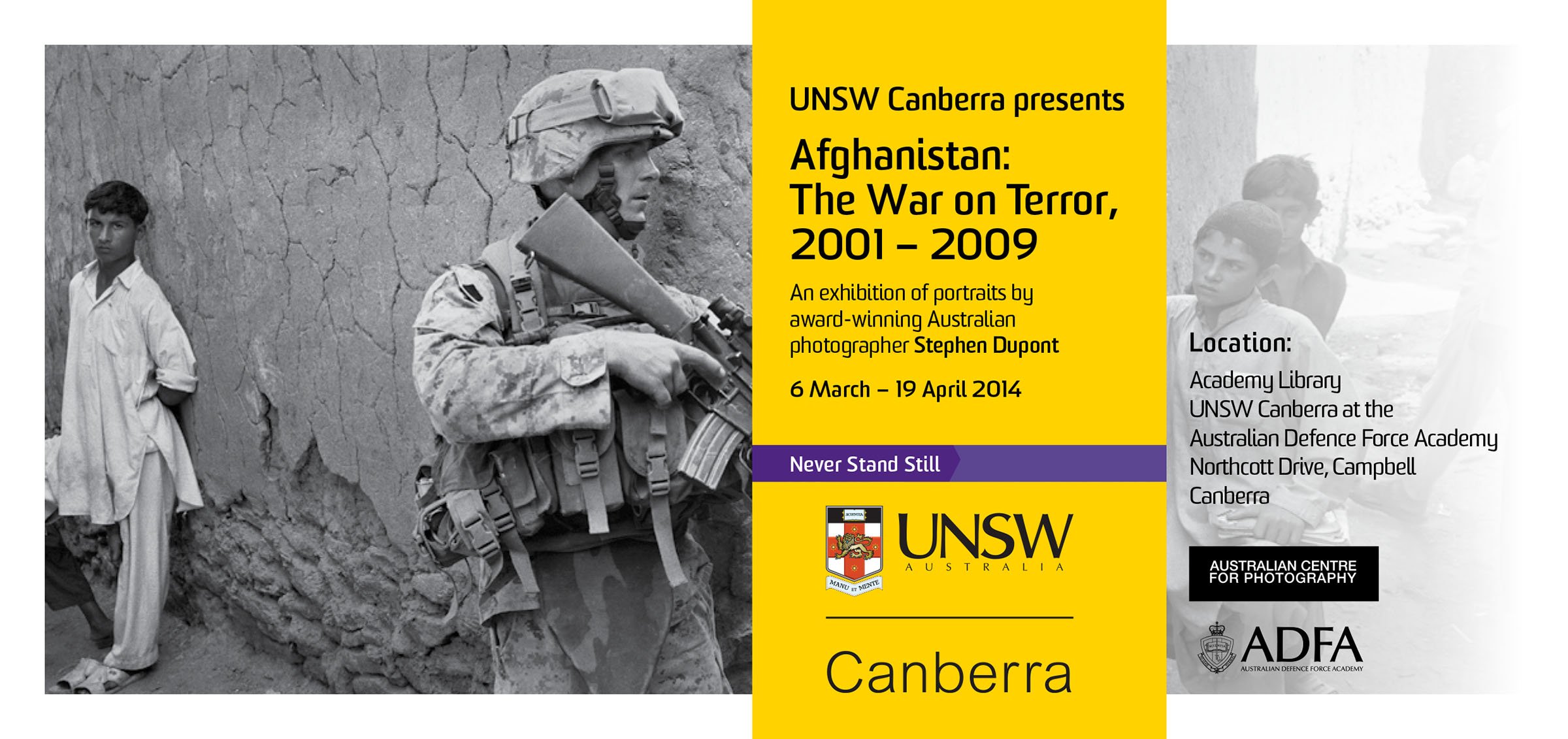


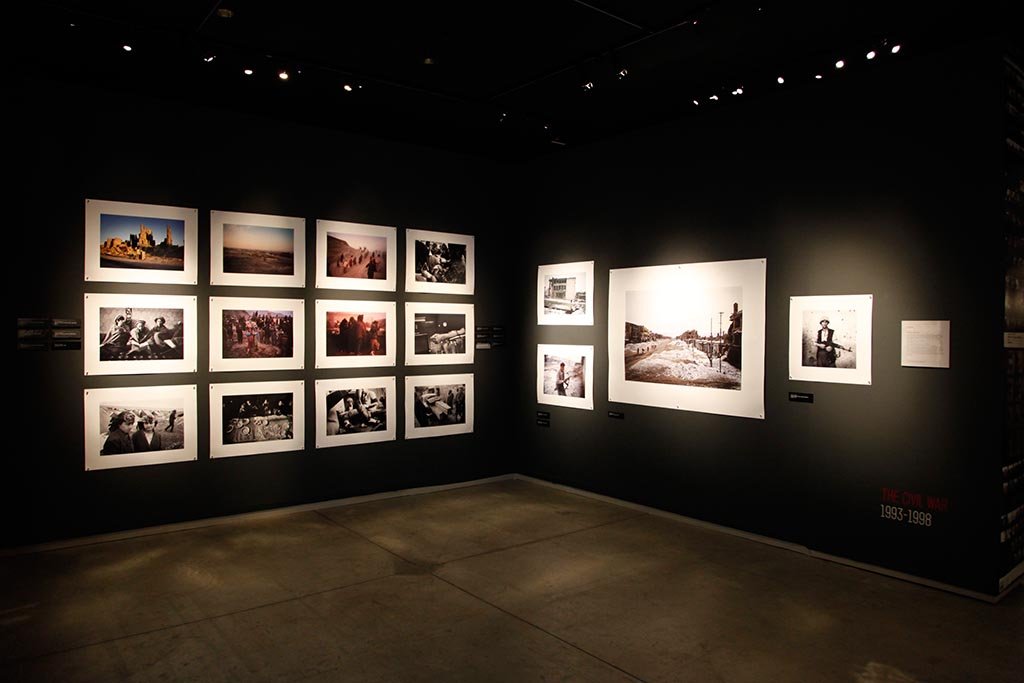
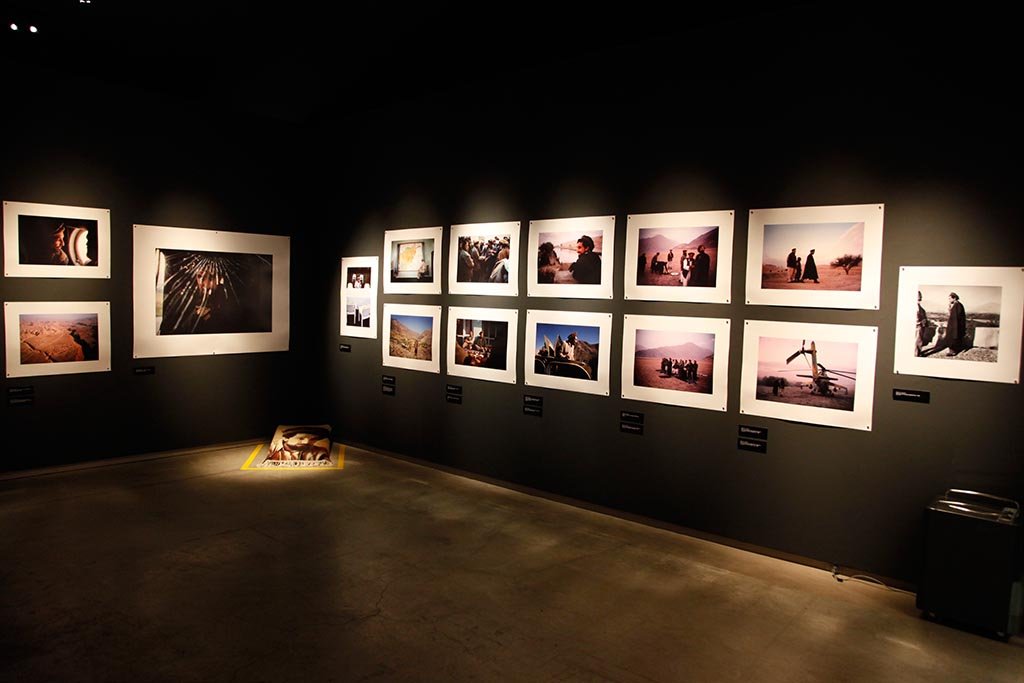
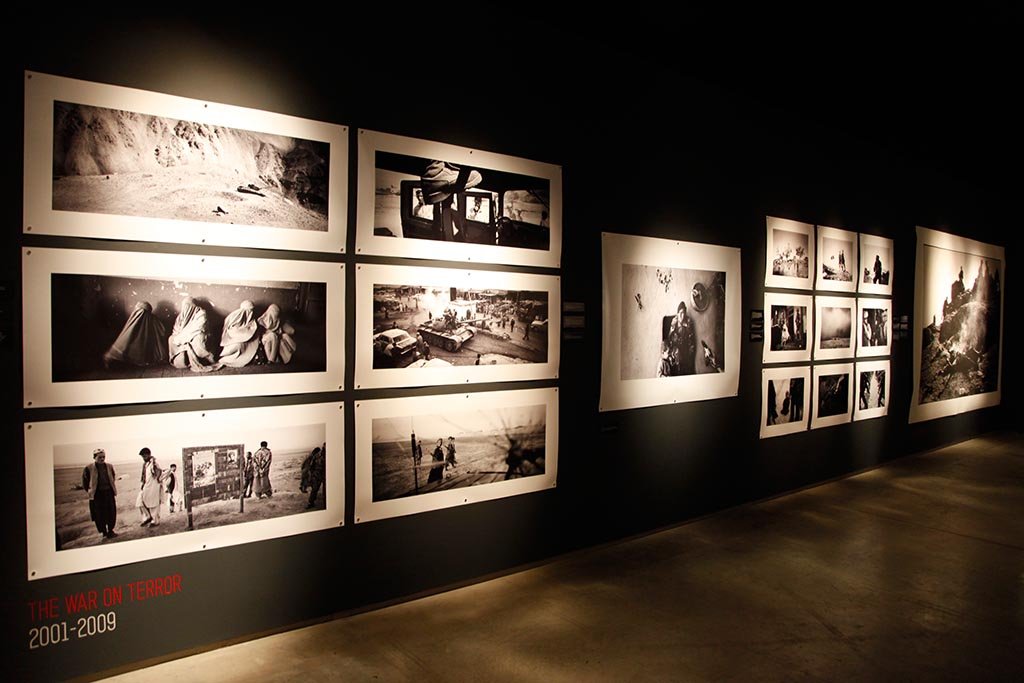
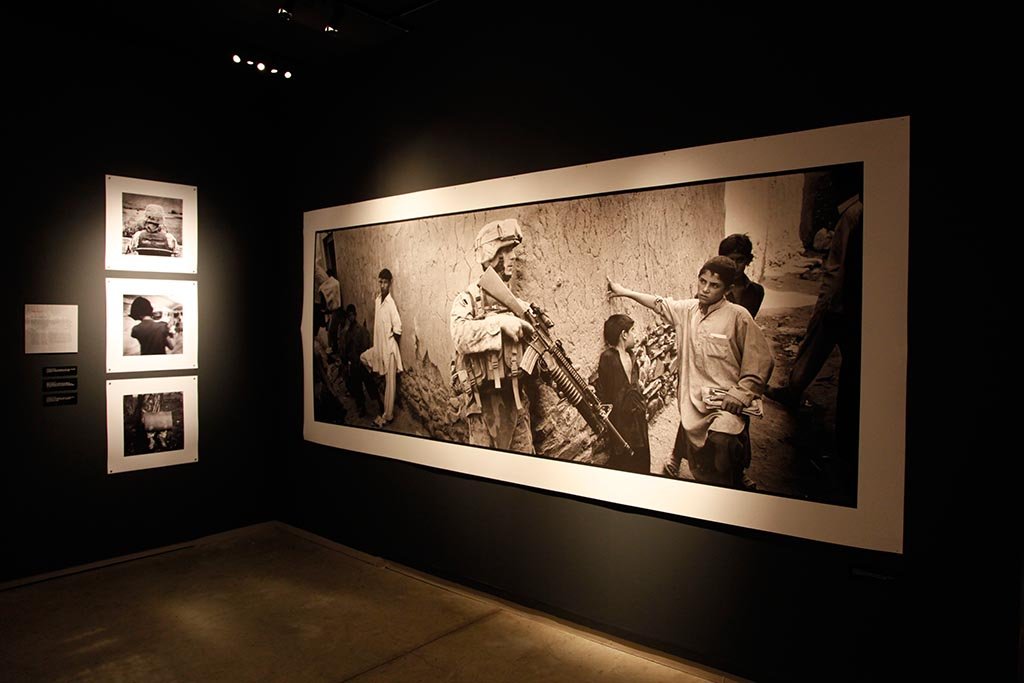
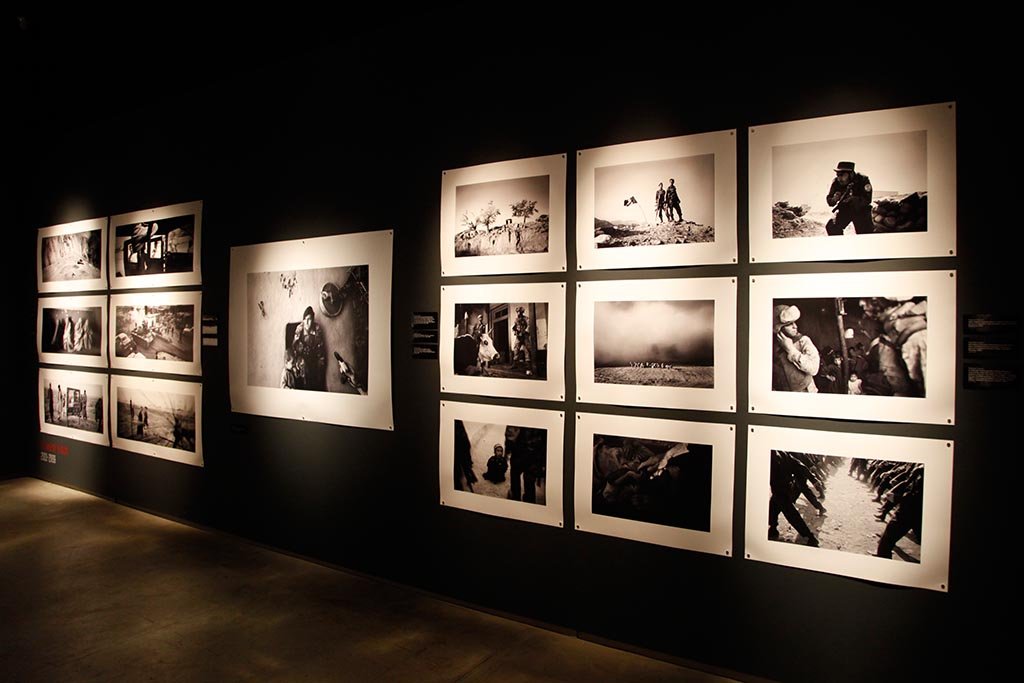
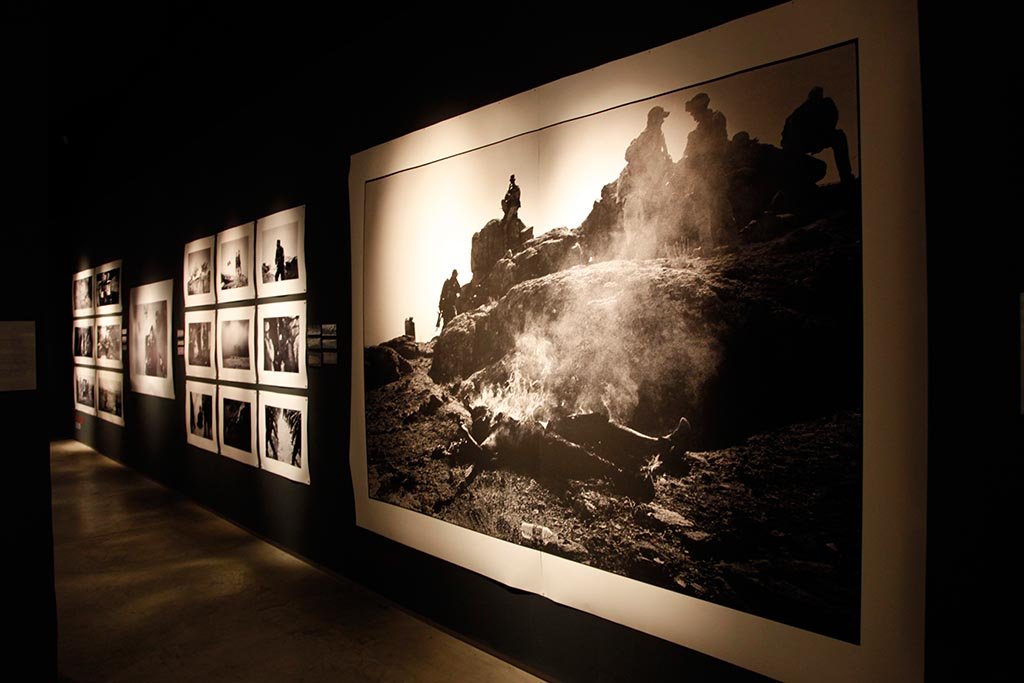
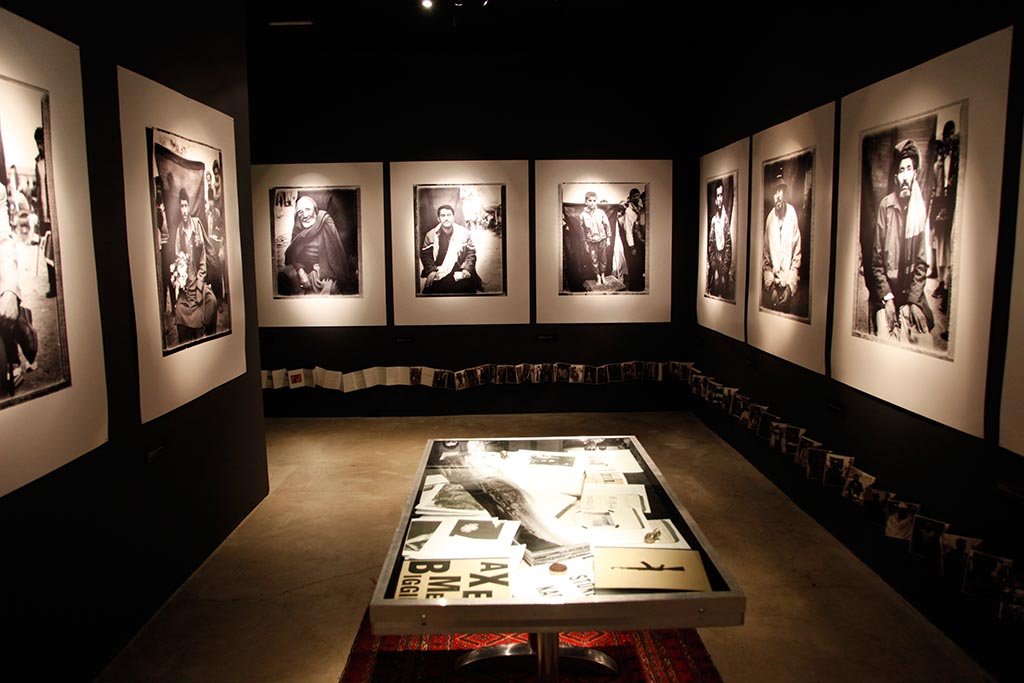

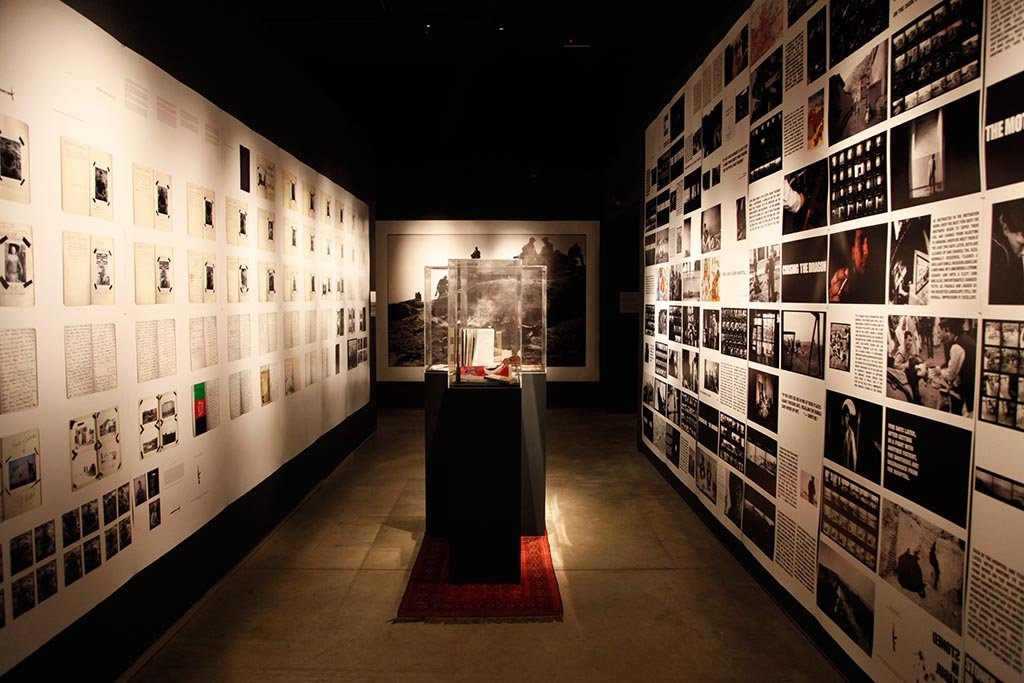
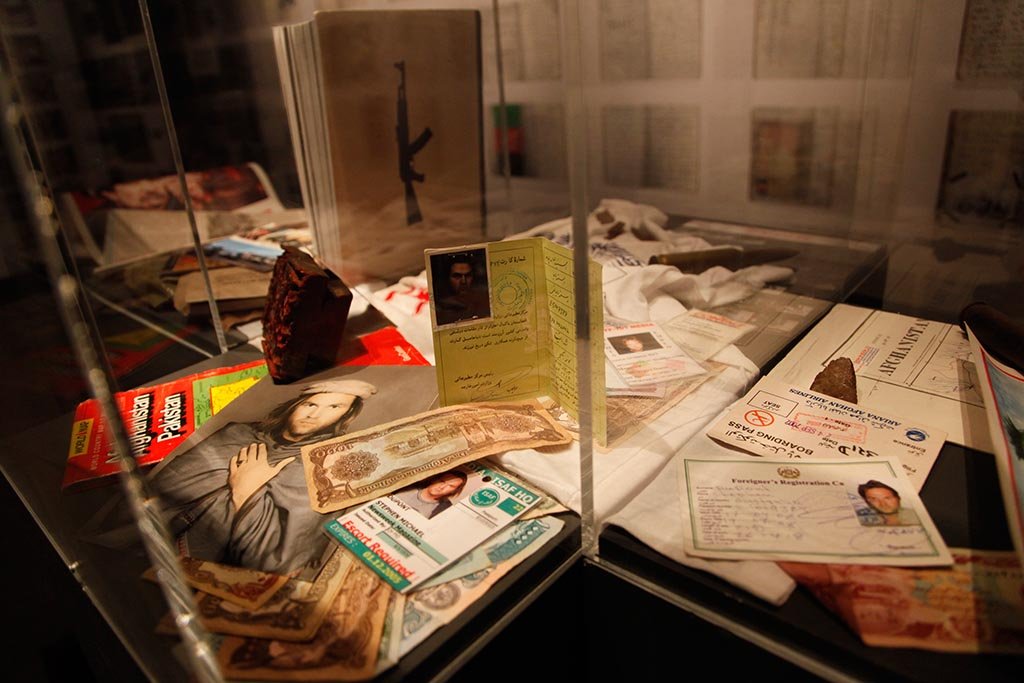
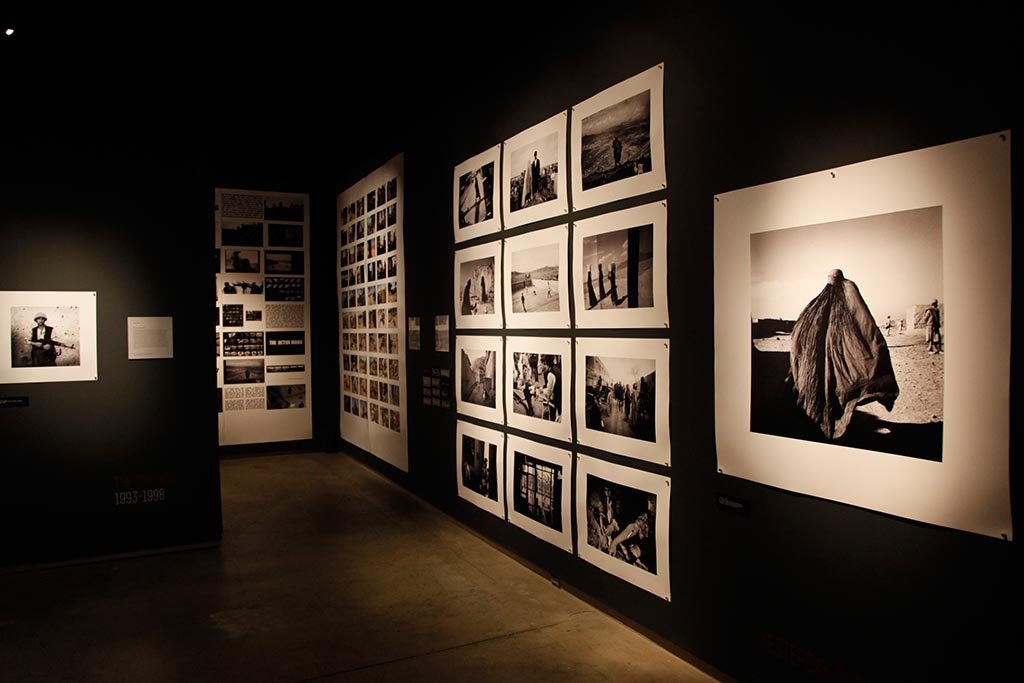
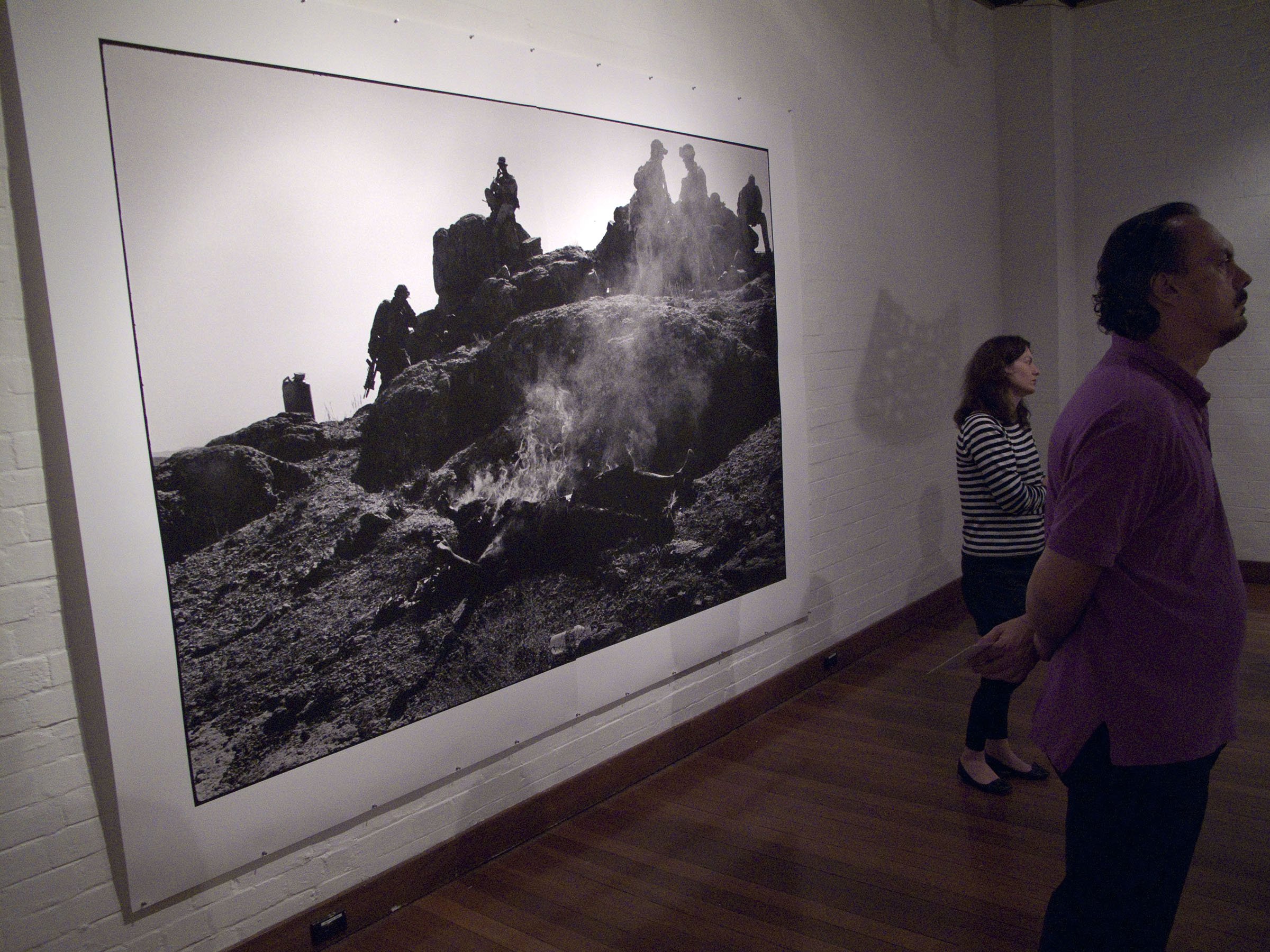
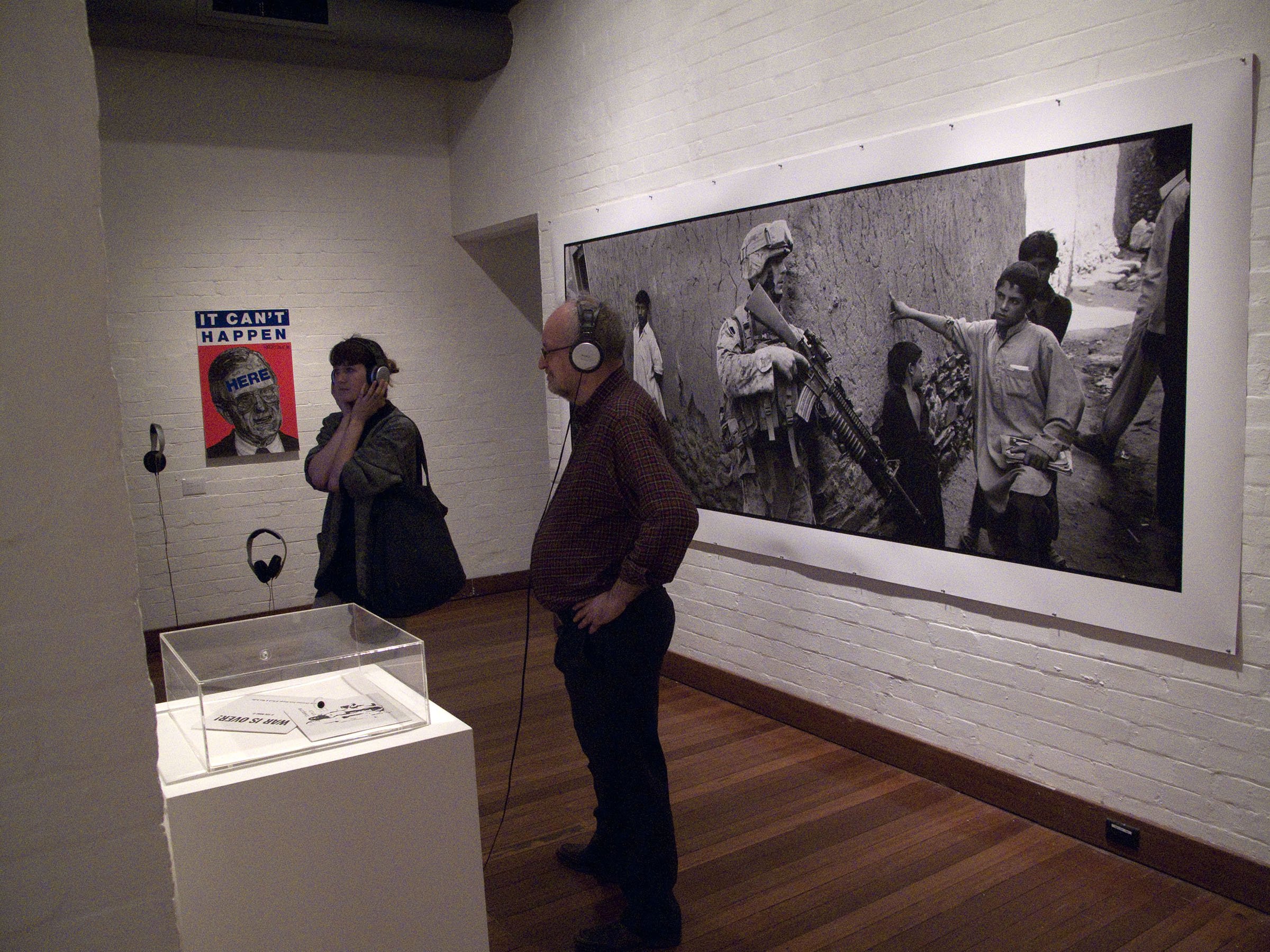
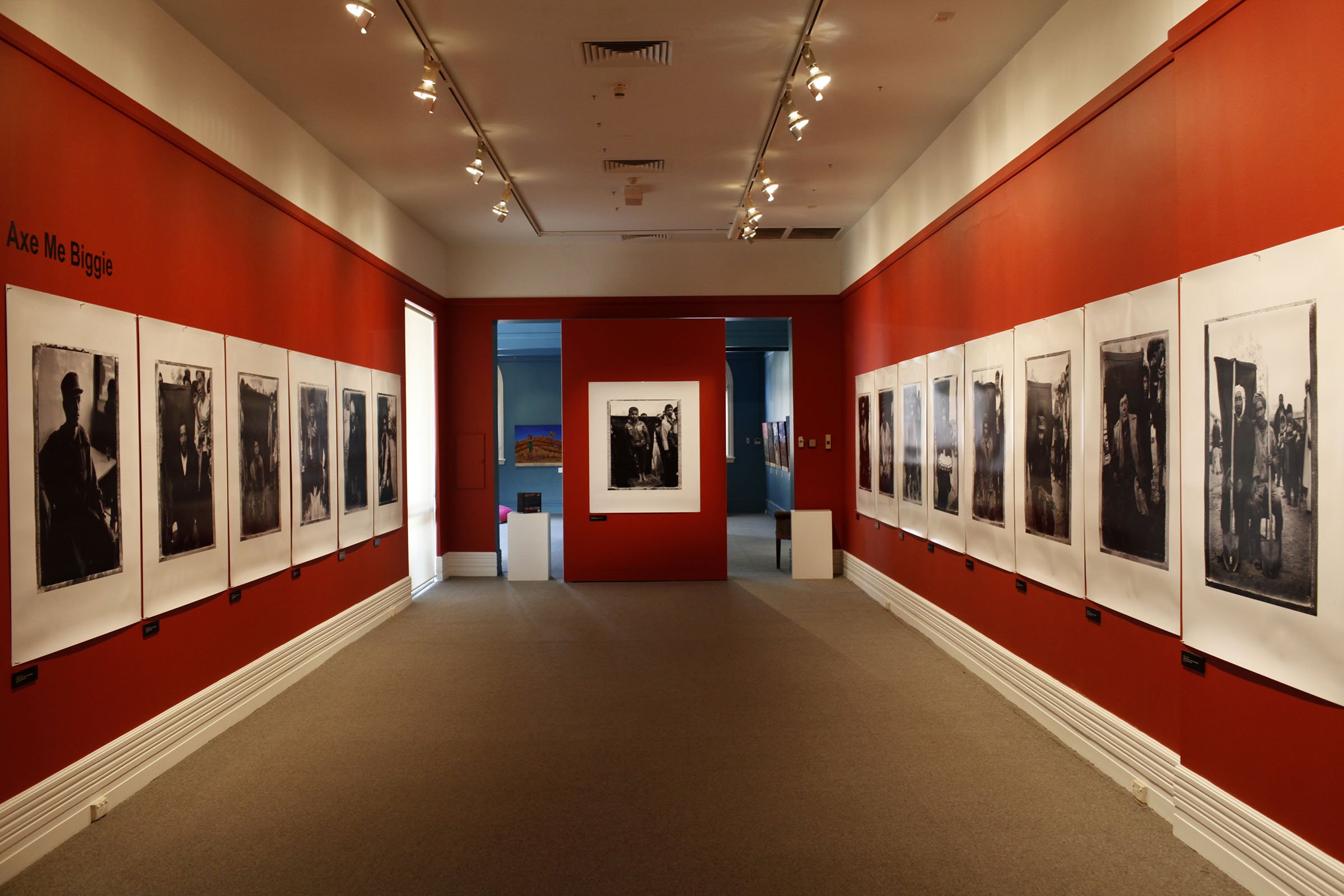
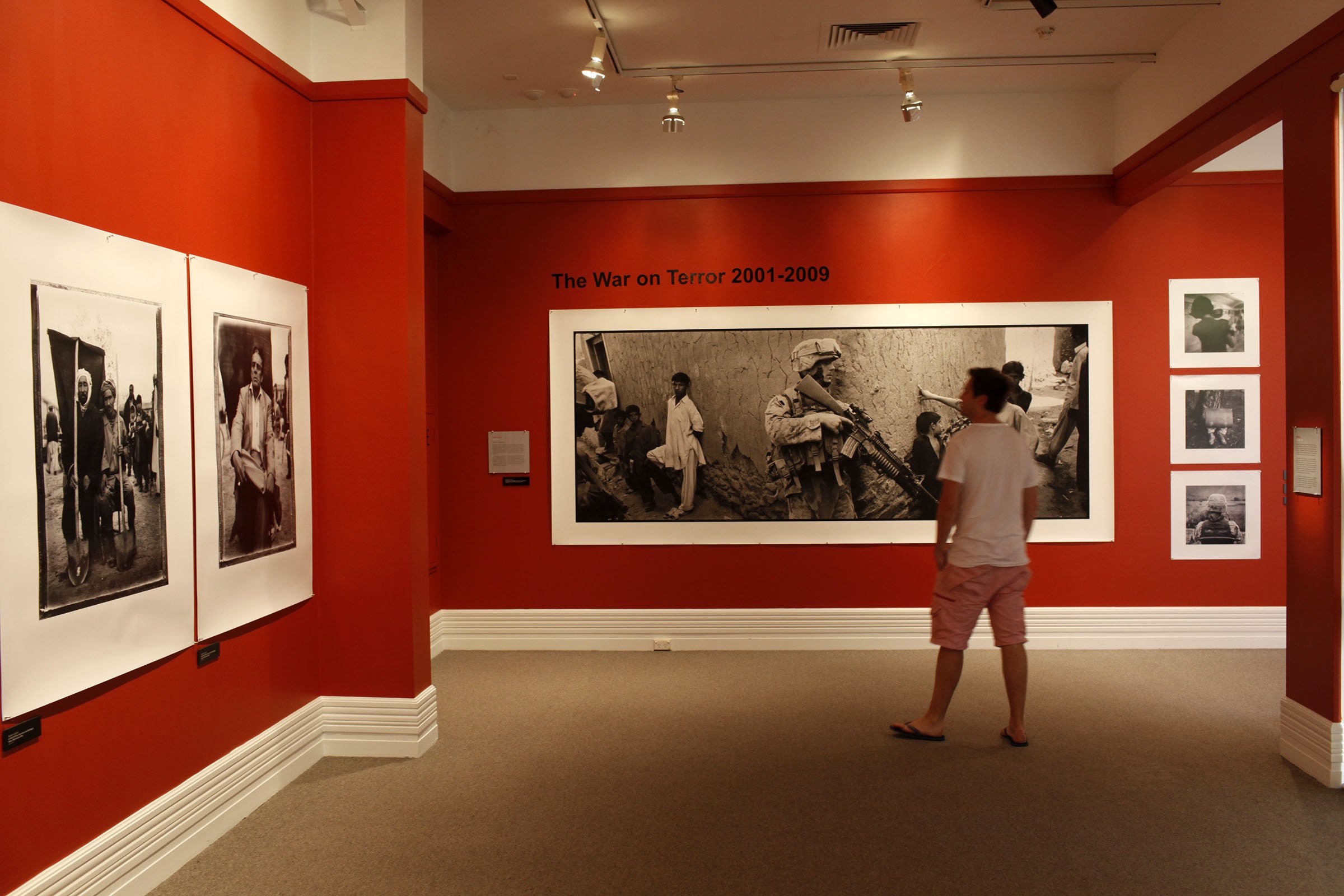
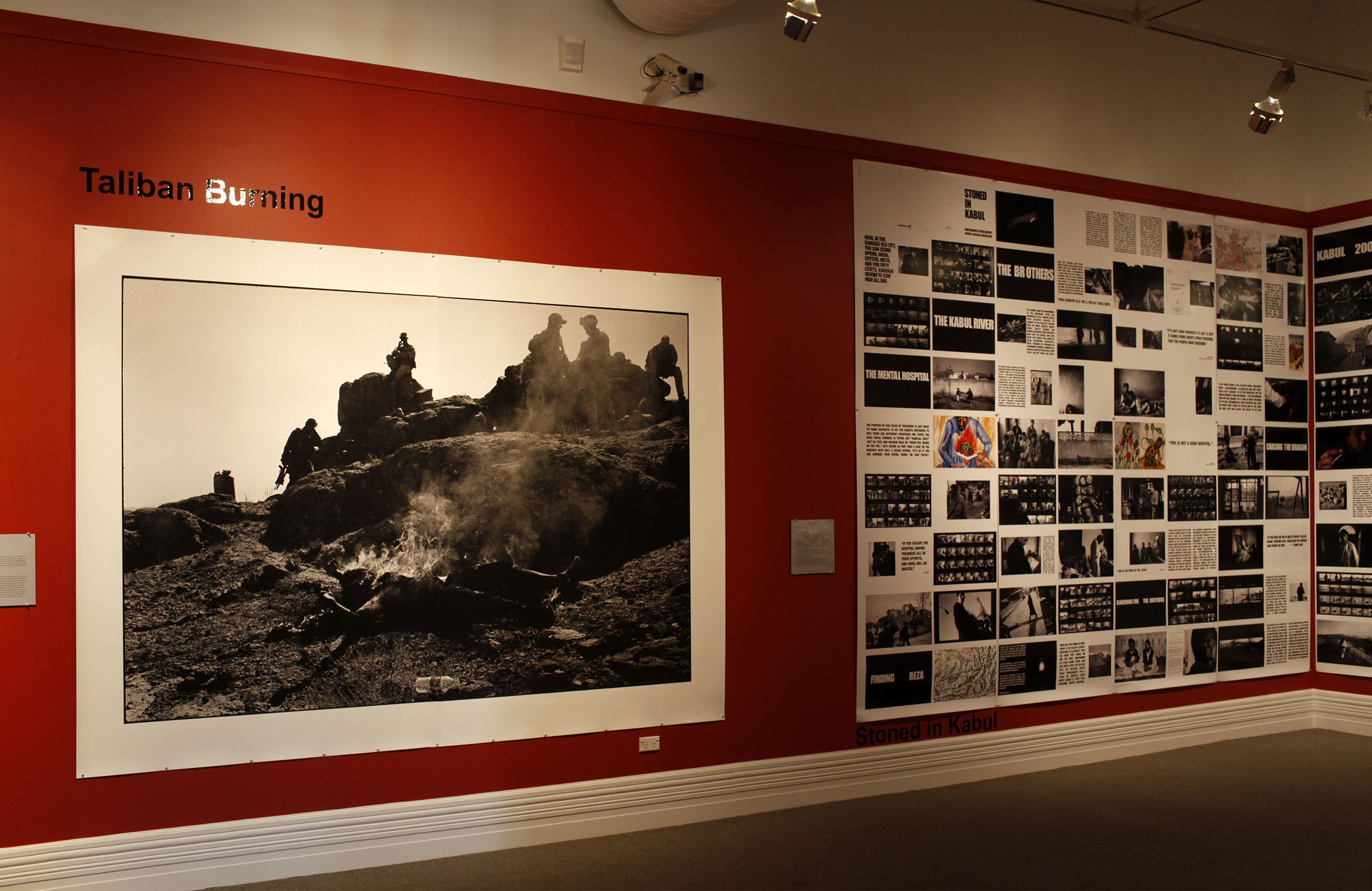
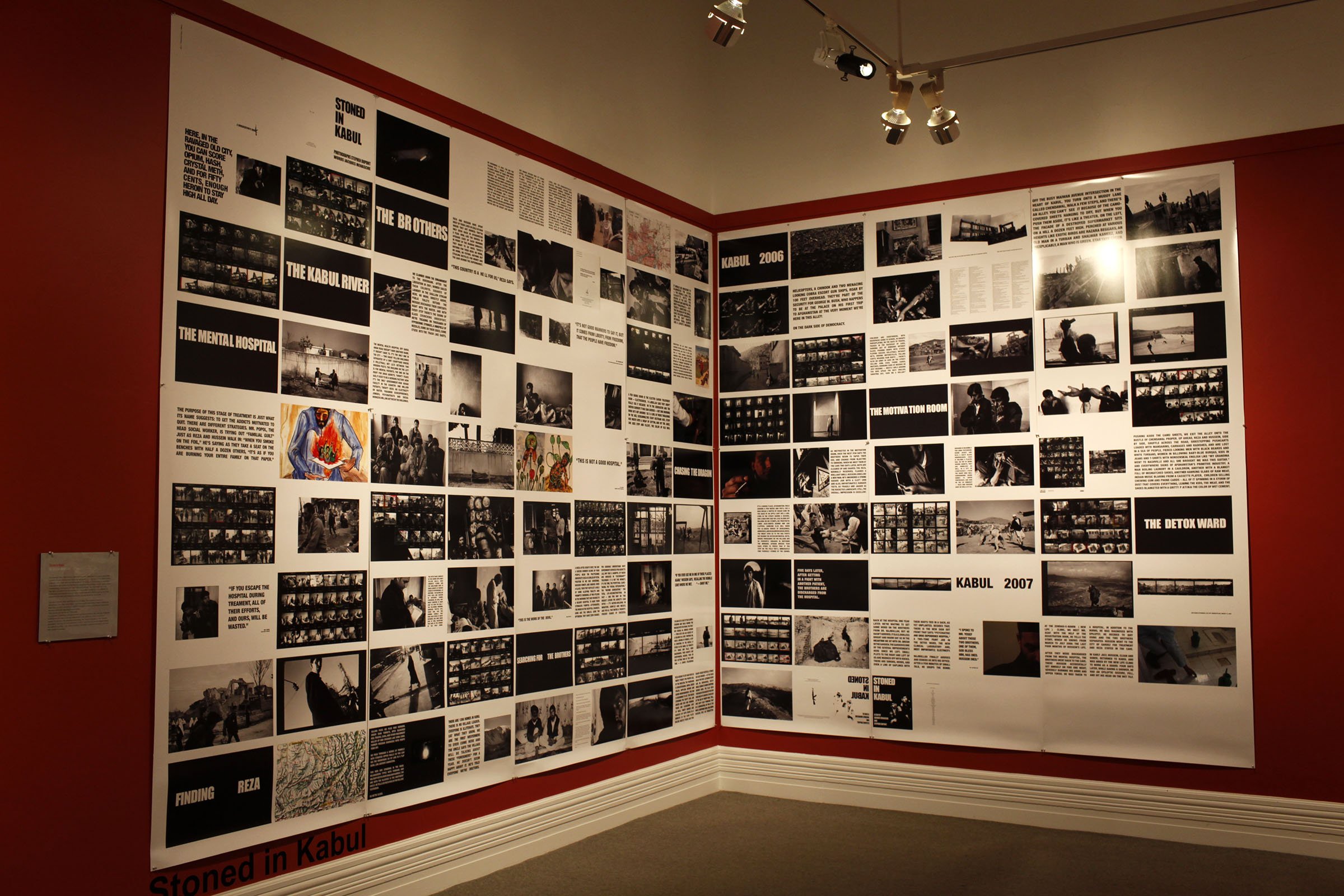
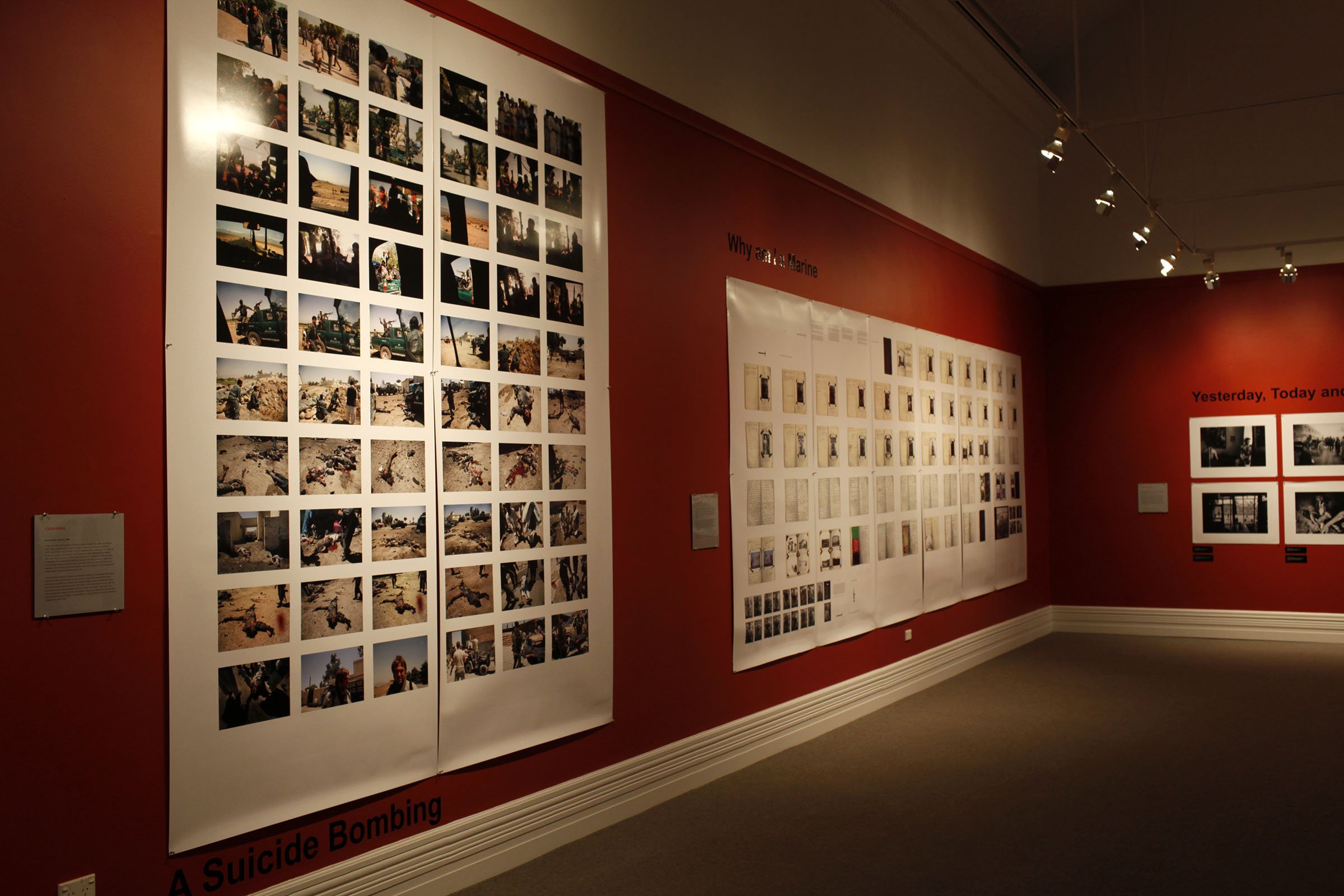
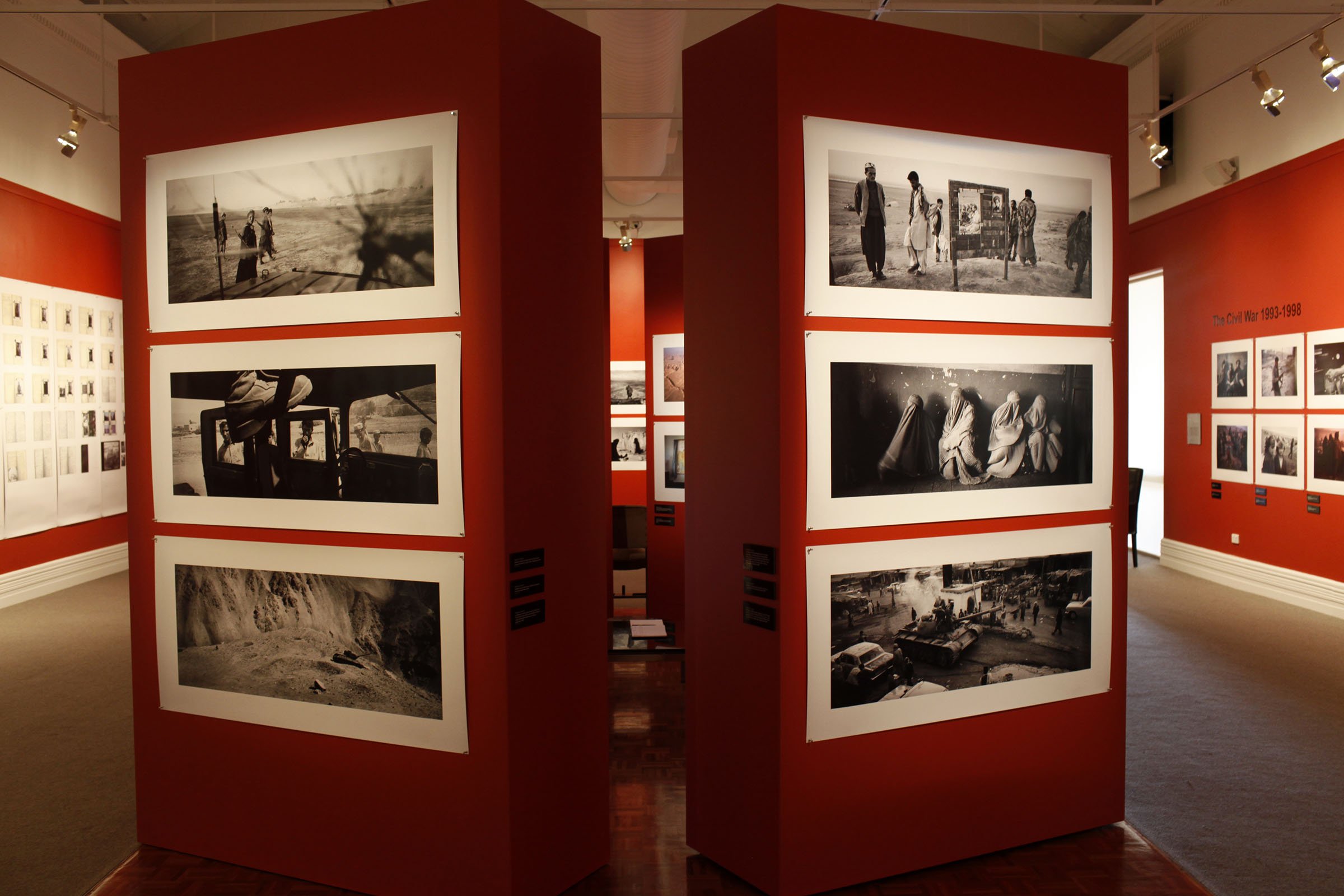
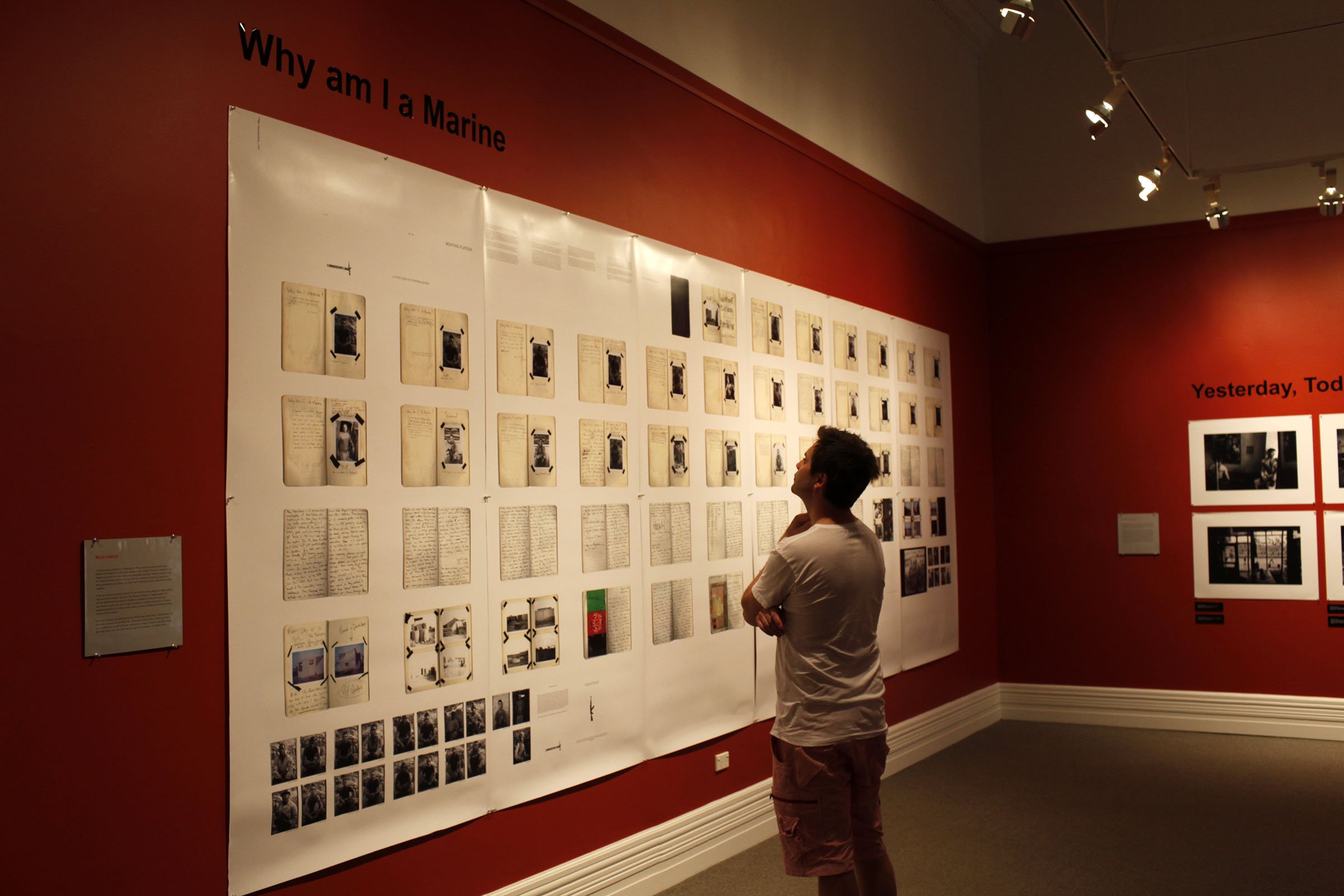
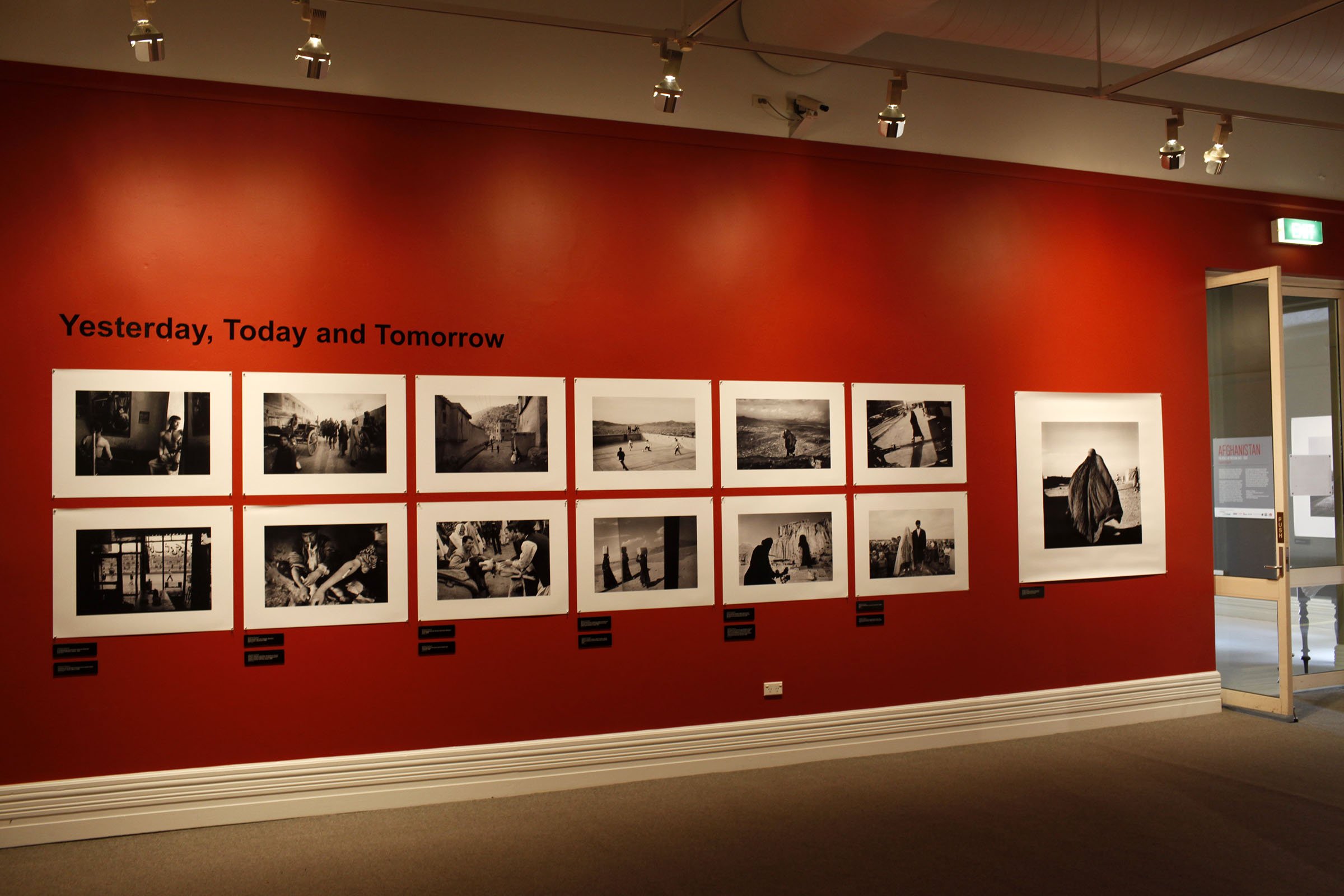

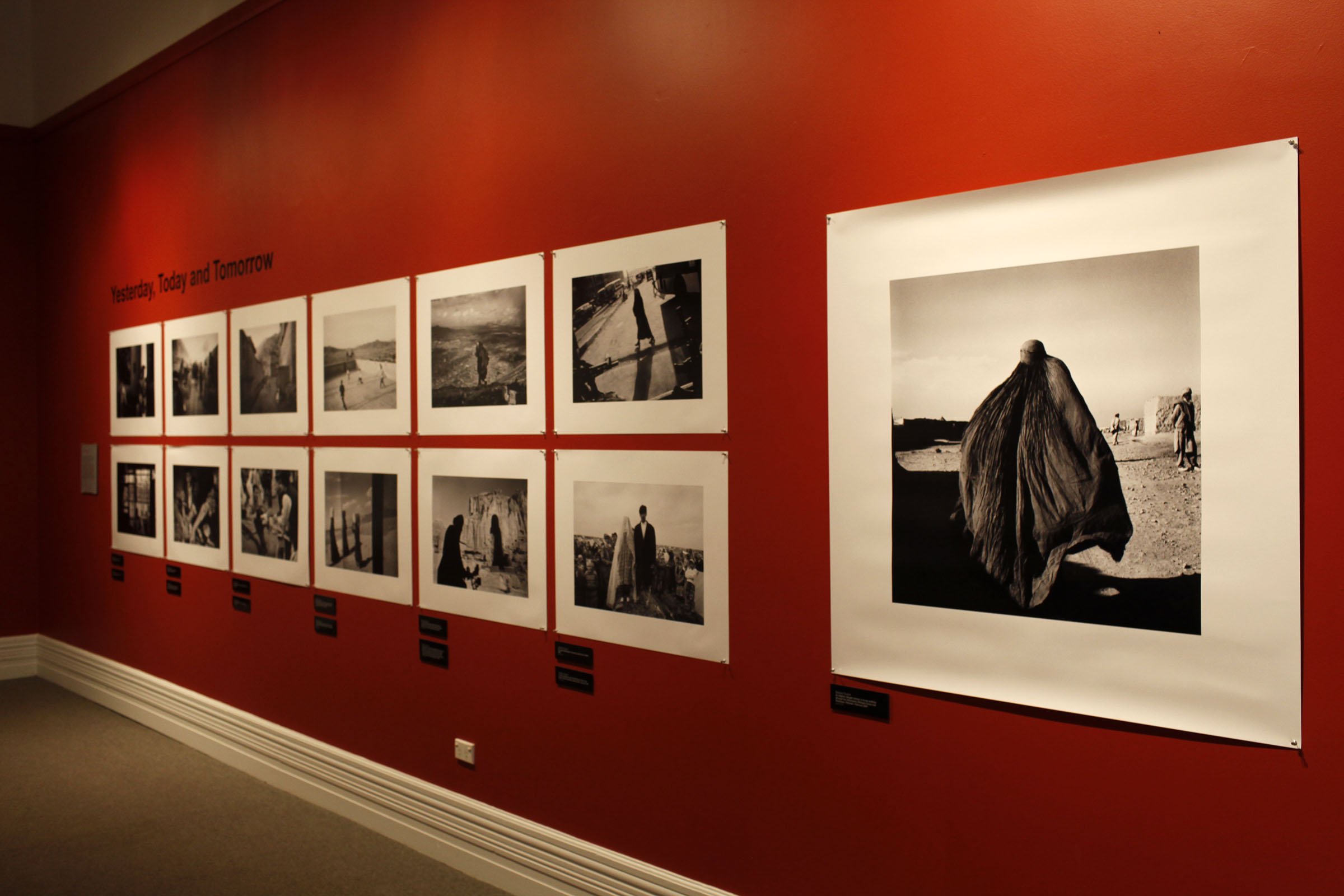

Venues
ADFA Library, UNSW, Canberra, ACT, Australia, 2014.
Perc Tucker Gallery, Townesville, QLD, Australia, 2013.
Huaian International Museum of Photography, China, 2011.
Albury Art Gallery, NSW, Australia, 2011.
Shanghai International Art Exhibition, China, 2010.
The Australian Centre for Photography, Sydney, Australia, 2010.
Visa Pour L'Image Festival, Perpignan, France, 2010.
The New York Public Library Stokes Gallery, New York, USA, 2008.
Statement
Between 1993 and 2009, Stephen Dupont travelled to and from the landlocked and conflict-ridden country of Afghanistan, documenting the rise and fall of several regimes and gaining unparalleled access to political leaders.
Dupont’s images of American soldiers burning the bodies of dead Taliban in Afghanistan earned him a rare Robert Capa Gold Medal Award citation from the Overseas Press Club of America in 2005. His account of the heroin trade in Afghanistan won him the prestigious 2007 W Eugene Smith Award for humanistic photography.
In this major new exhibition, Stephen Dupont presents a confronting portrait of a country that has remained a focal point of the world’s attention for several decades. The ‘human condition of war’ is portrayed through a variety of photographic formats including Polaroid, contact sheets and mural wall book installations.
Works
85 unframed prints including 4 (Taliban Burning, Stoned in Kabul, A Suicide Bombing, Why Am I A Marine?) with multiple parts counted as one.
1 x crate 40 x 117 x 147 cm (HxLxW)
1 x box 20 x 85 x 20cm (HxLxW)
1 x box 20 x 177 x 20 cm (HxLxW)
Reviews
“Dupont’s sustained documentation of the conflict in Afghanistan, even when it was not headline news and in an age defined by its short attention span, lends both force and cohesion to his work. His extended focus on the country has resulted in a series of images that vividly depict how life continues during perpetual war as well as single images that have helped to define and change the nature of that war. His picture of U.S. forces burning the bodies of two Taliban killed in battle, described in the diary entry reprinted in this volume, led to policy changes and cultural-awareness training for U.S. troops in Afghanistan”. - Stephen C. Pinson, Head Photography Curator, The Metropolitan Museum of Art (MET), NYC, USA, 2009.
“Afghanistan, or The Perils of Freedom, surveys photographs taken by Stephen Dupont between 1993 and 2008, a period of almost constant conflict as forces both inside and outside the Afghan republic fought for control. Though Dupont witnessed these power struggles up close, the most interesting images focus on the collateral damage to ordinary citizens. The best pictures here are twenty black-and-white Polaroid portraits [from the Axe Me Biggie portfolio] of people posed before a portable cloth backdrop on the streets of Kabul on May 13, 2006. The tension between spontaneity and staging gives Dupont’s subjects, a man with a fistful of cash, a girl with cartons of eggs, a B-boy wannabe in a bucket hat, a heightened presence. And the observers crowding around, peering into the camera, turn each photograph into an event.”
— Vince Aletti, review of Stephen Dupont’s 2008/09 solo exhibition at the New York Public Library from The New Yorker, January 5th, 2009.
“Now that Afghanistan has finally returned to the public consciousness, Stephen Dupont’s first solo show in the U.S. is a timely one. The award-winning photojournalist presents the facts with an artful touch, in haunting black-and-white images. Dupont captures the weary dignity of a country beleaguered by war”. - The Village Voice, September 2, 2008.
“Dupont is the genuine full metal jacket, a war photographer whose long-term engagement with the lunar landscape and ever-suffering people of Afghanistan will culminate on Friday with the opening of a landmark exhibition”. - Elizabeth Fortescue, Daily Telegraph, Australia, October 11, 2010.
Collections
The New York Public Library, USA
Why Am I A Marine?
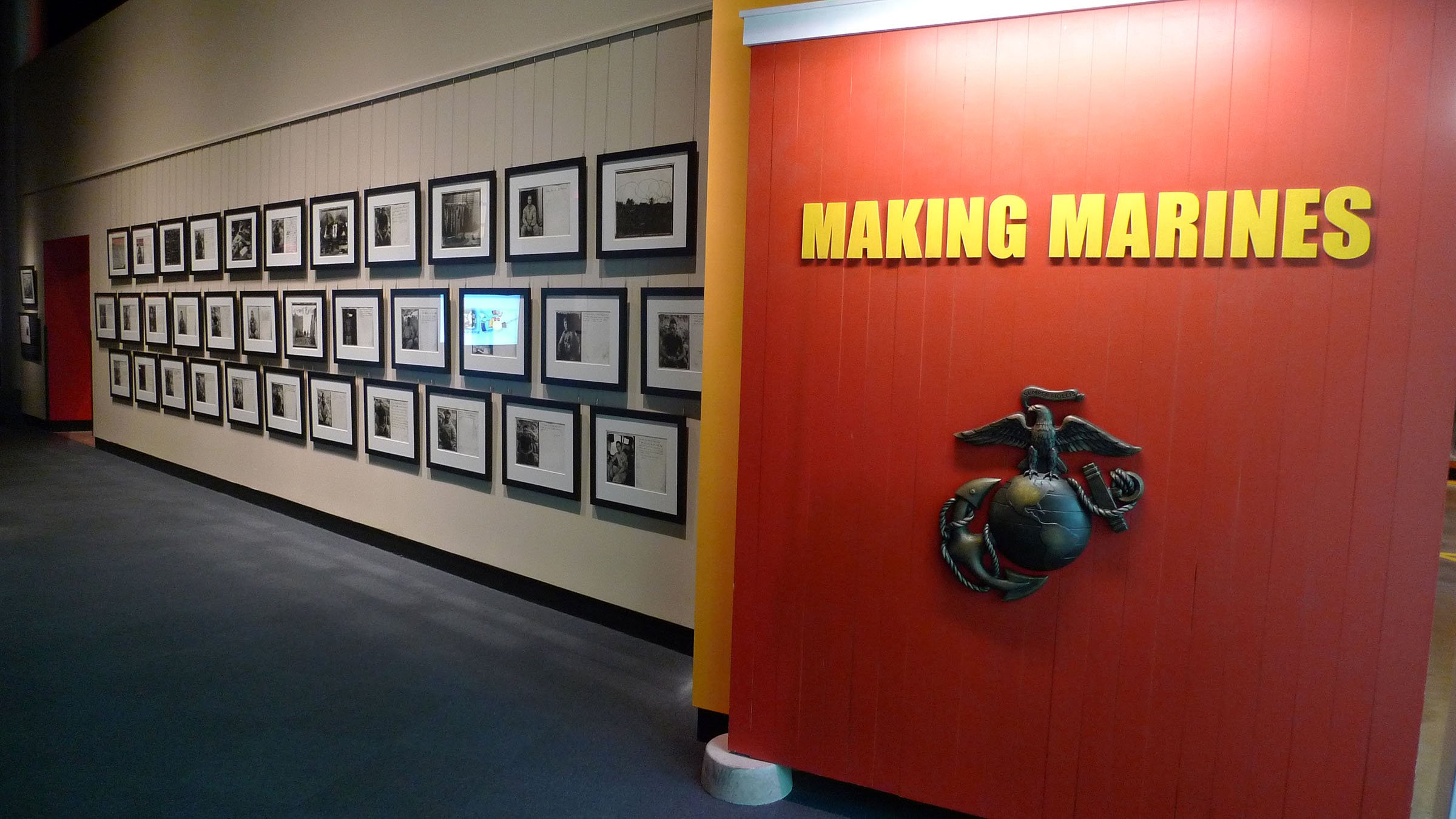


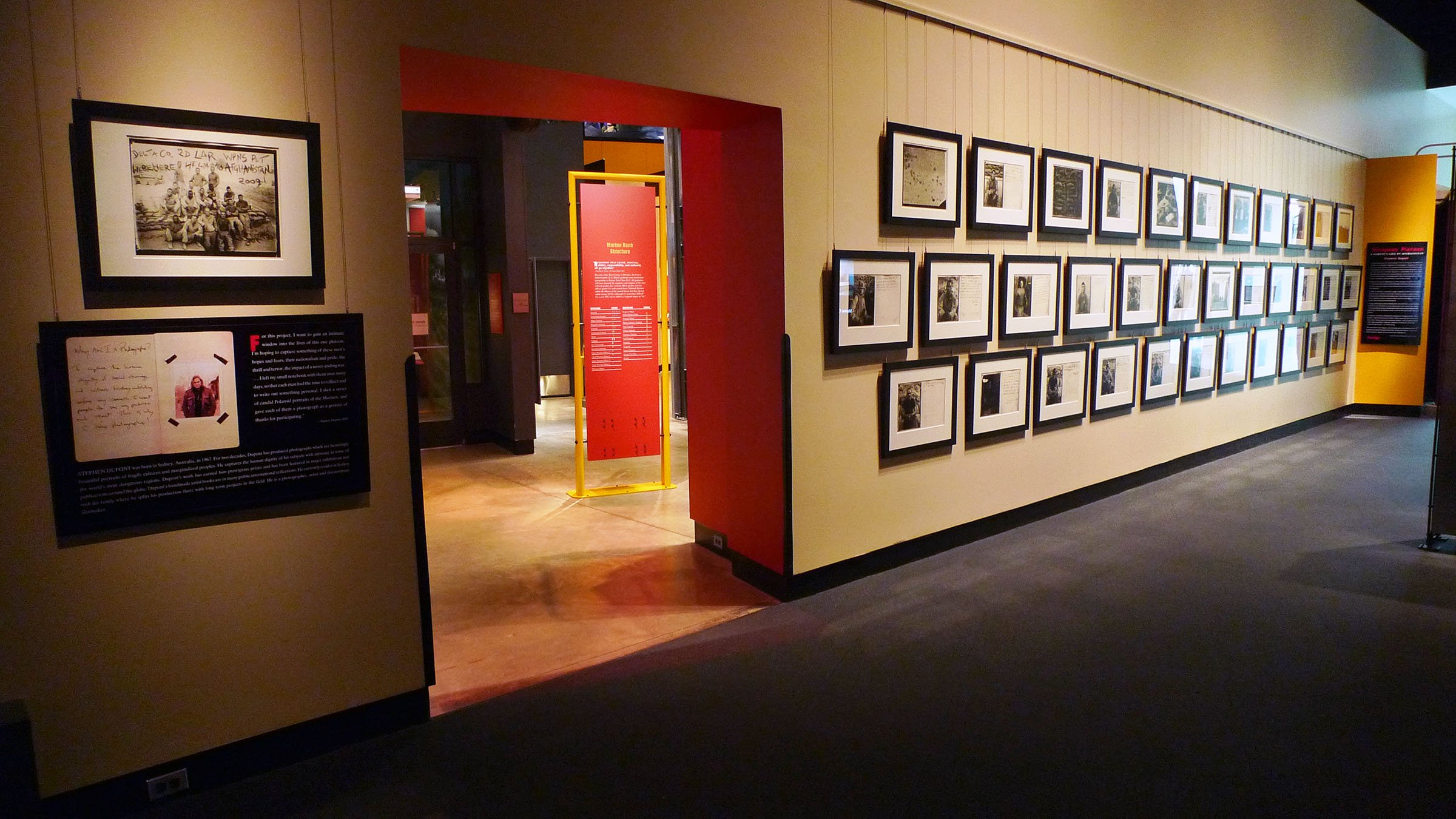

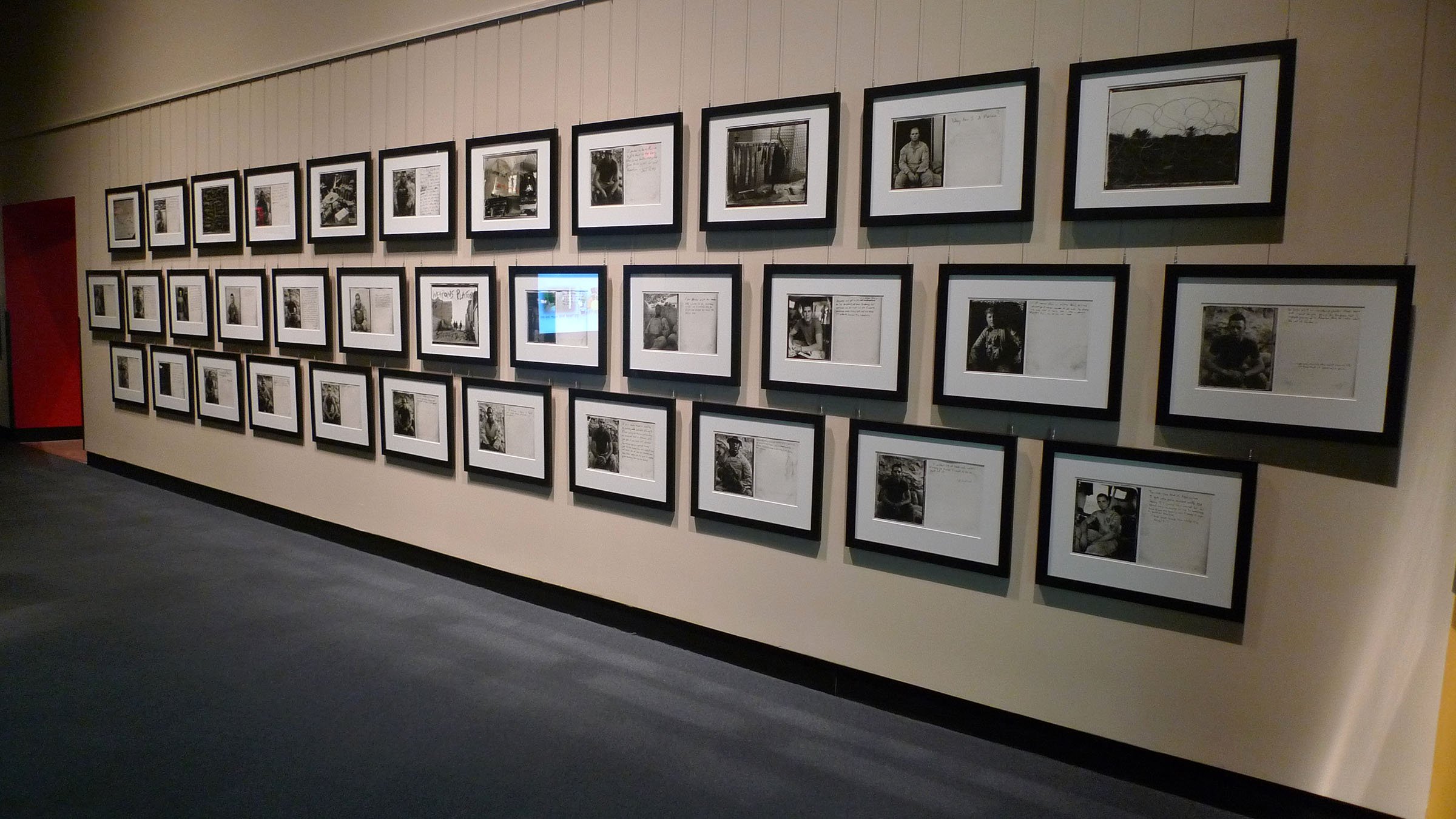

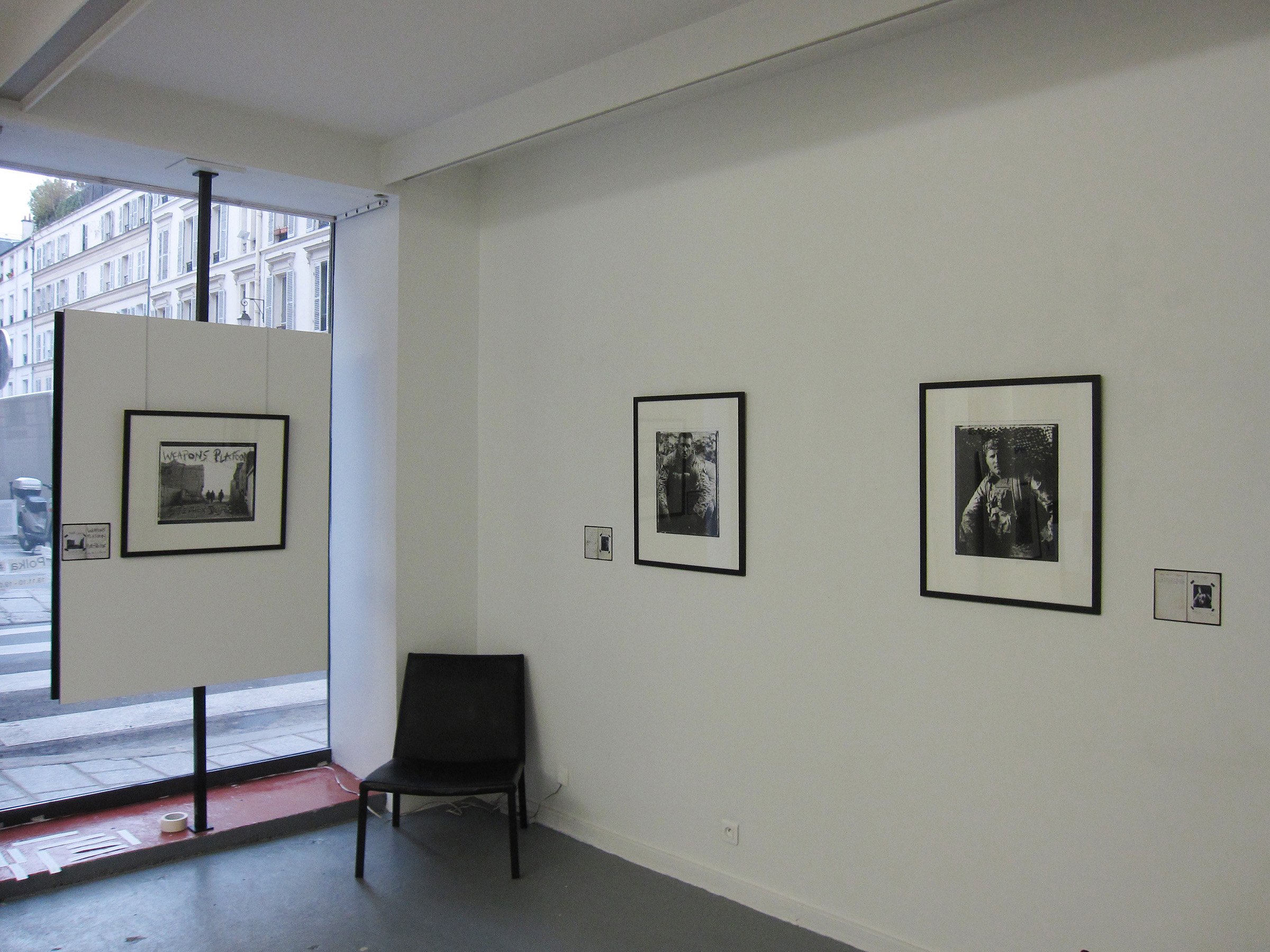

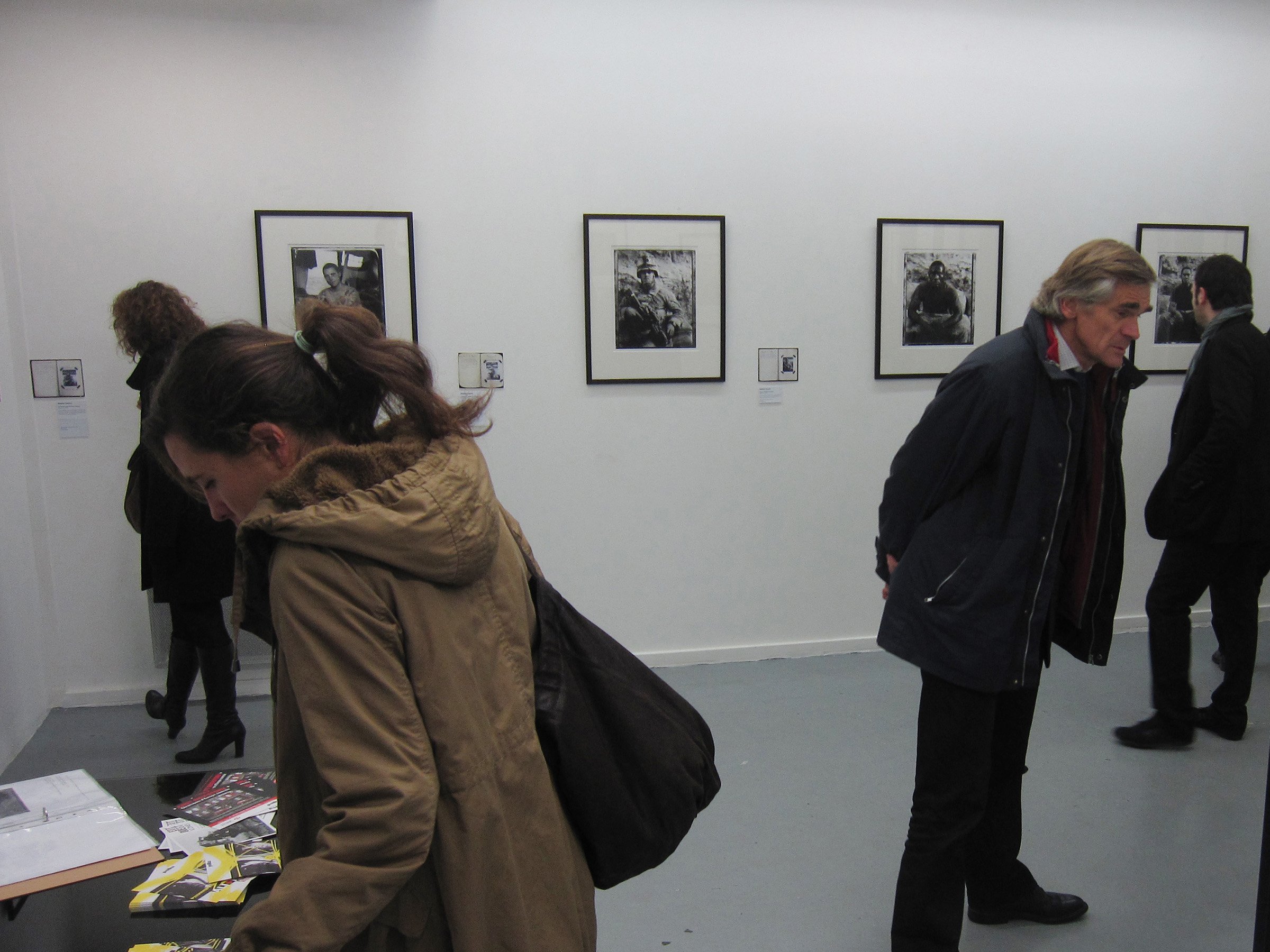
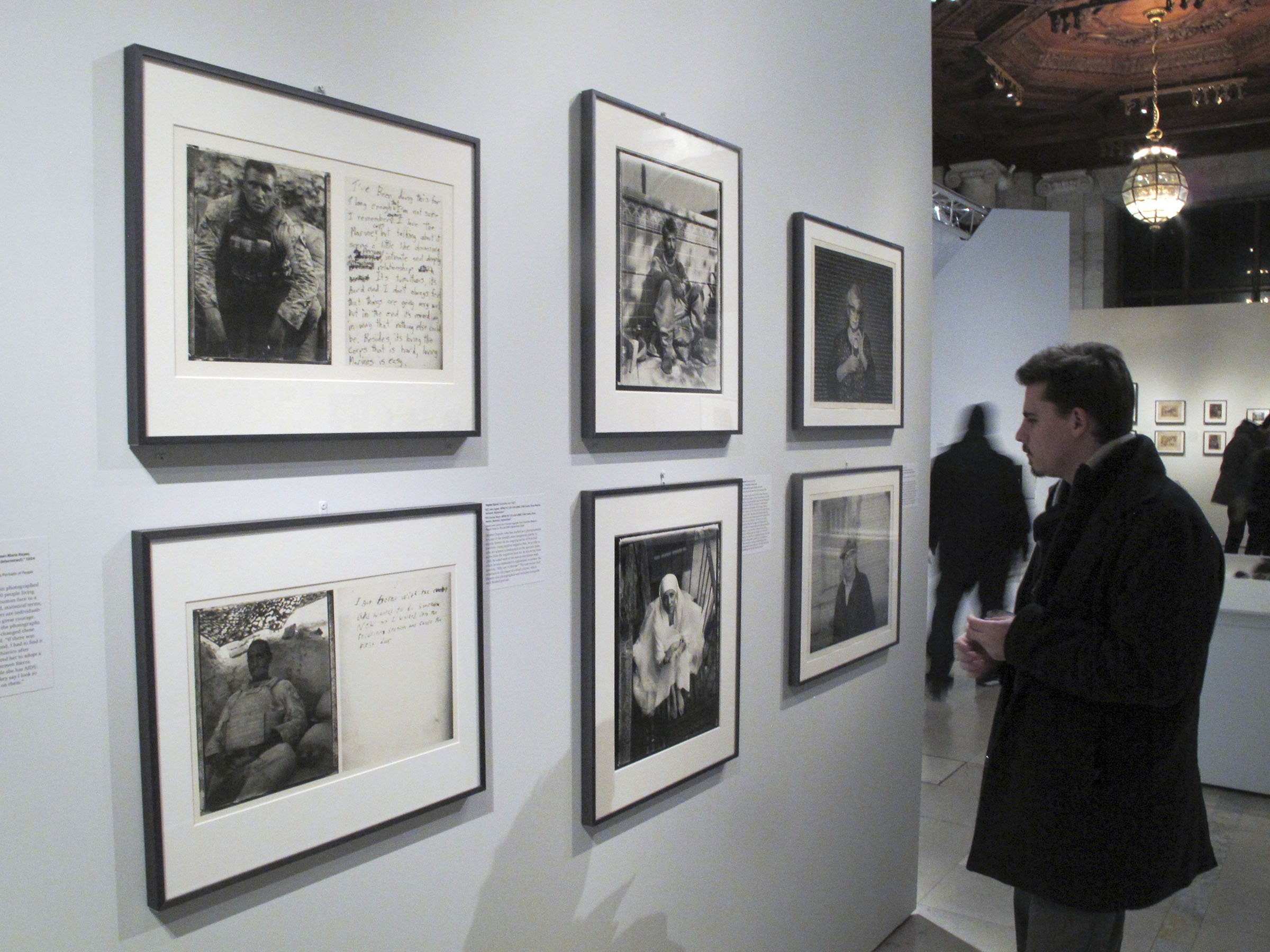
Venues
War Photo Gallery, Dubrovnik, Croatia, 2018.
Public Eye, The New York Public Library, USA, 2014-15.
National Museum of the Marine Corps, Qantico, USA, 2012.
Polka Gallery, Paris, France, 2010.
Statement
Australian photojournalist Stephen Dupont leads an exciting life. In addition to work- ing on assignment, he travels the world on personal journeys. Referring to one of the cameras he uses, he describes himself as “as nomad with a Leica.” Like other photo- journalists working today, this work could lead to a book, portfolio, video, or docu- mentary film. The still photographs and videos become projects to work on when he returns home to Sydney.
Dupont first traveled to Afghanistan in 1993 to document its civil war. As he tells it, “This god-forsaken country, which had fought off hundreds of foreign invasions and never once been conquered, had awakened in me a desire for adventure that com- pared to nothing else.”
In 2008, he returned to document a poppy eradication mission by the Afghan narcot- ics police. That time he and a fellow Australian miraculously survived a suicide bomb- ing in Kabul when the vehicle they were in was hit. United States soldiers evacuated them to Jalalabad and then to Bagram. Dupont came through without great harm, but the other journalist was severely injured.
In August 2009, Dupont arrived in Helmand Province just before a crucial nation- al election. He was embedded as a press photographer with a United States Marine Corps unit in Khan Neshin, the southernmost American post at the Pakistan border. Dupont got to know the Marines while he lived with them at FOB Castle, their Front Operation Base, and went out on their missions. The result was this series called “Weapons Platoon.” It consists of twenty-eight black and white Polaroid portraits of each Marine next to his answer to Why am I a Marine?
The Marines’ words written in their own hand alongside Dupont’s candid portraits communicate with unusual authenticity. Some Marines referred to themselves sim- ply as one of the “Death Dealers,” a title the group gave themselves, or with their nicknames. Others proudly spelled out their full official titles. Their motivations for joining the Marines—such as making a change “from a bad to a good life,” achieving “anything to be proud of,”and serving”with my Brother Codey”—are often moving.
The series affords many insights—from the stock answers of young recruits to the heartfelt descriptions of long-serving leaders. Staring into Dupont’s camera lens, these men help us imagine the pain and promise of fighting war.
—Verna Curtis, Curator of Photography, Library of Congress
Works
35 x Gelatin Silver hand prints ( 16inches x 20inches )
Collections
National Museum of the Marine Corps, Qantico, USA
The New York Public Library, New York, USA
War Photo Gallery, Dubrovnik, Croatia
The White Sheet Series


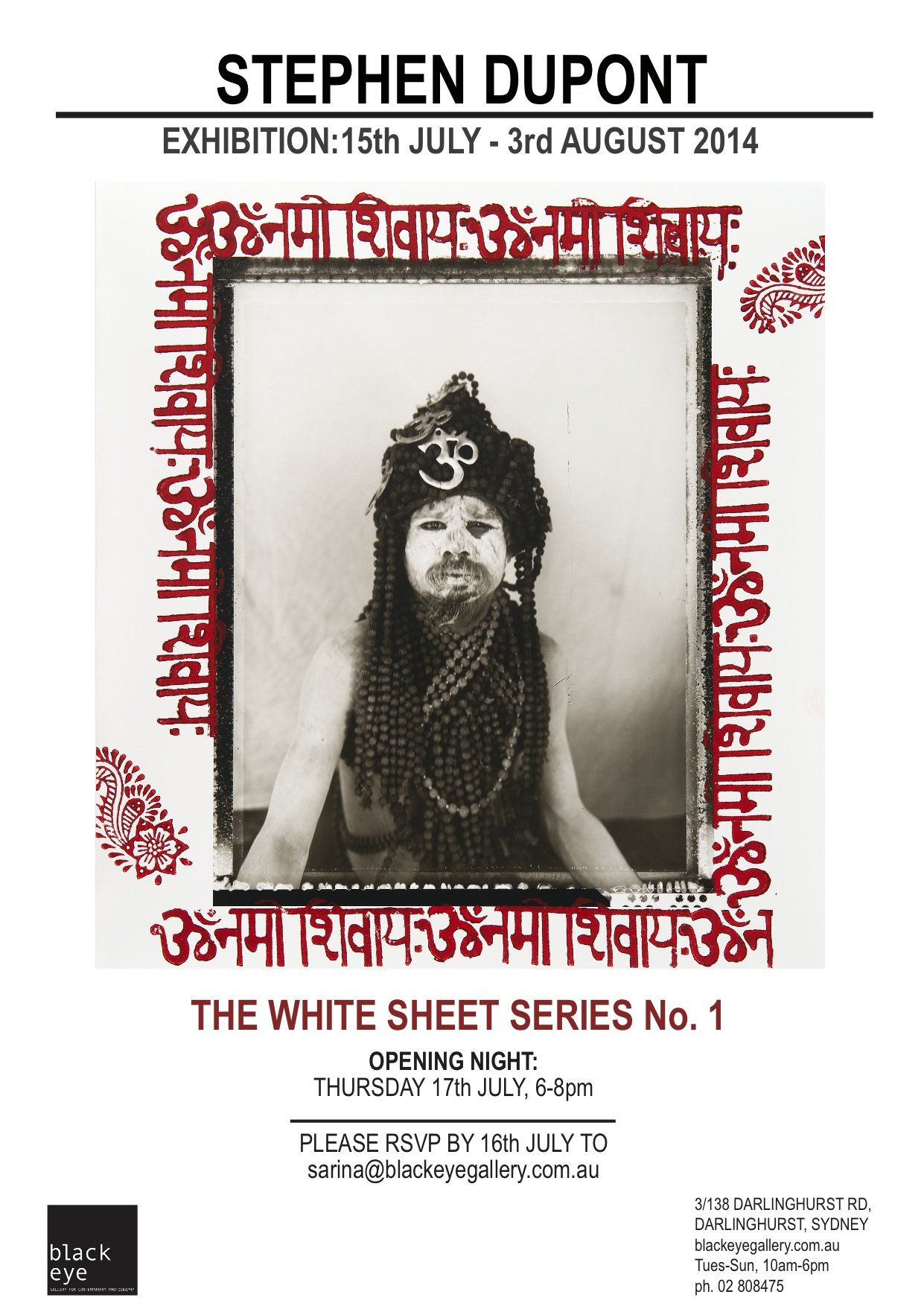
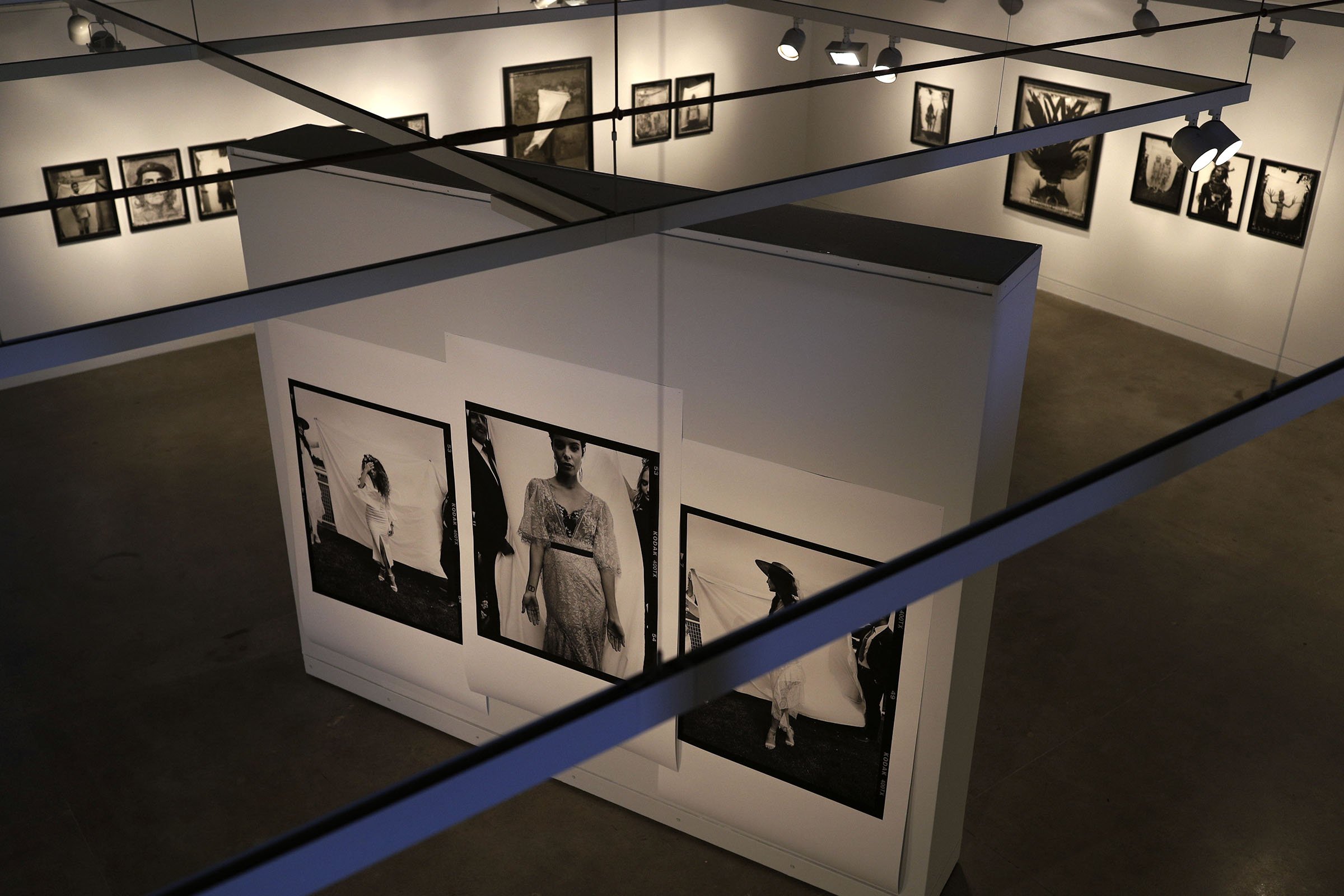

Venues
Stills Gallery, Sydney, Australia, 2016.
Black Eye Gallery, Sydney, Australia, 2014.
Edmund Pearce Gallery, Melbourne, Australia, 2014.
Statement
The White Sheet Series presents a great diversity of people, from the Sadhus spiritual men in India and tribe members in remote Papua New Guinea, to school kids in Cuba, all in front of a simple white sheet—Dupont’s travelling, makeshift studio.
Dupont’s use of a white sheet makes critical reference to the history of blank backdrops made common in early portraiture and ethnographic photography. This photographic impulse has long sought to isolate subjects from their broader context and imply an omnipresent, objective gaze rather than the photographer’s subjective and socialized perspective.
Instead, Dupont allows us to see beyond the sheet edges: to people holding up its corners and peering into frame or to the scarred walls of buildings behind. The expanded frame embraces the fact that these temporary studios are contrived spaces in which identity is performed, meaning is malleable and the truth is constructed. As collaborations with entire communities and with proud individuals, these images are inclusive rather than exclusive, revealing not just one perspective or one person, but an ethos, an era, an interaction.
Works
22 x Gelatin Silver hand prints ( 20inches x 24inches )
20 x Gelatin Silver hand prints with hand unique ink stampings ( 16inches x 20inches )
3 x 320GSM cotton rag art paper ( H: 122cm x W: 100cm )
1 x Gelatin Silver hand prints ( H: 123cm x W: 96cm )
Reviews
Raskols
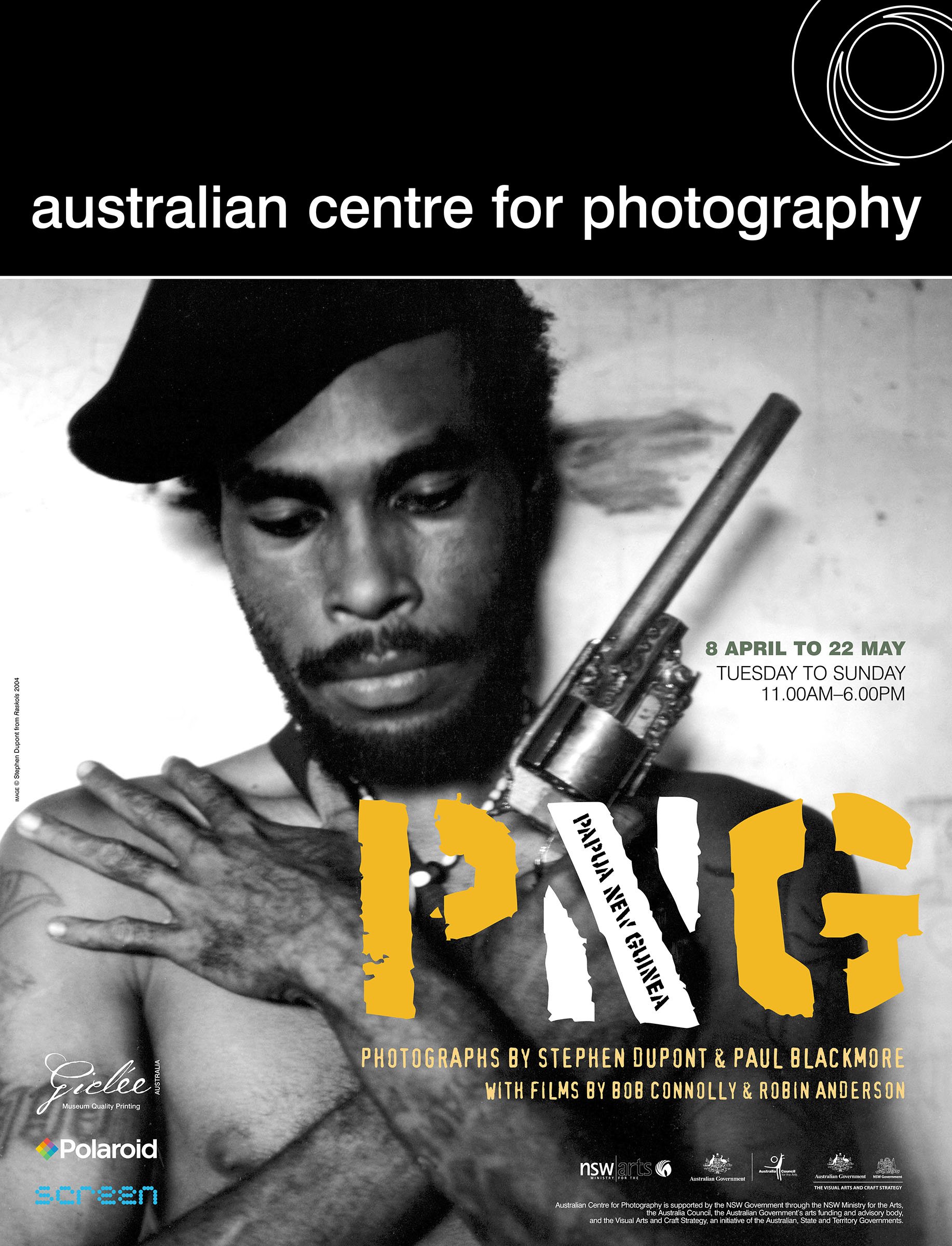

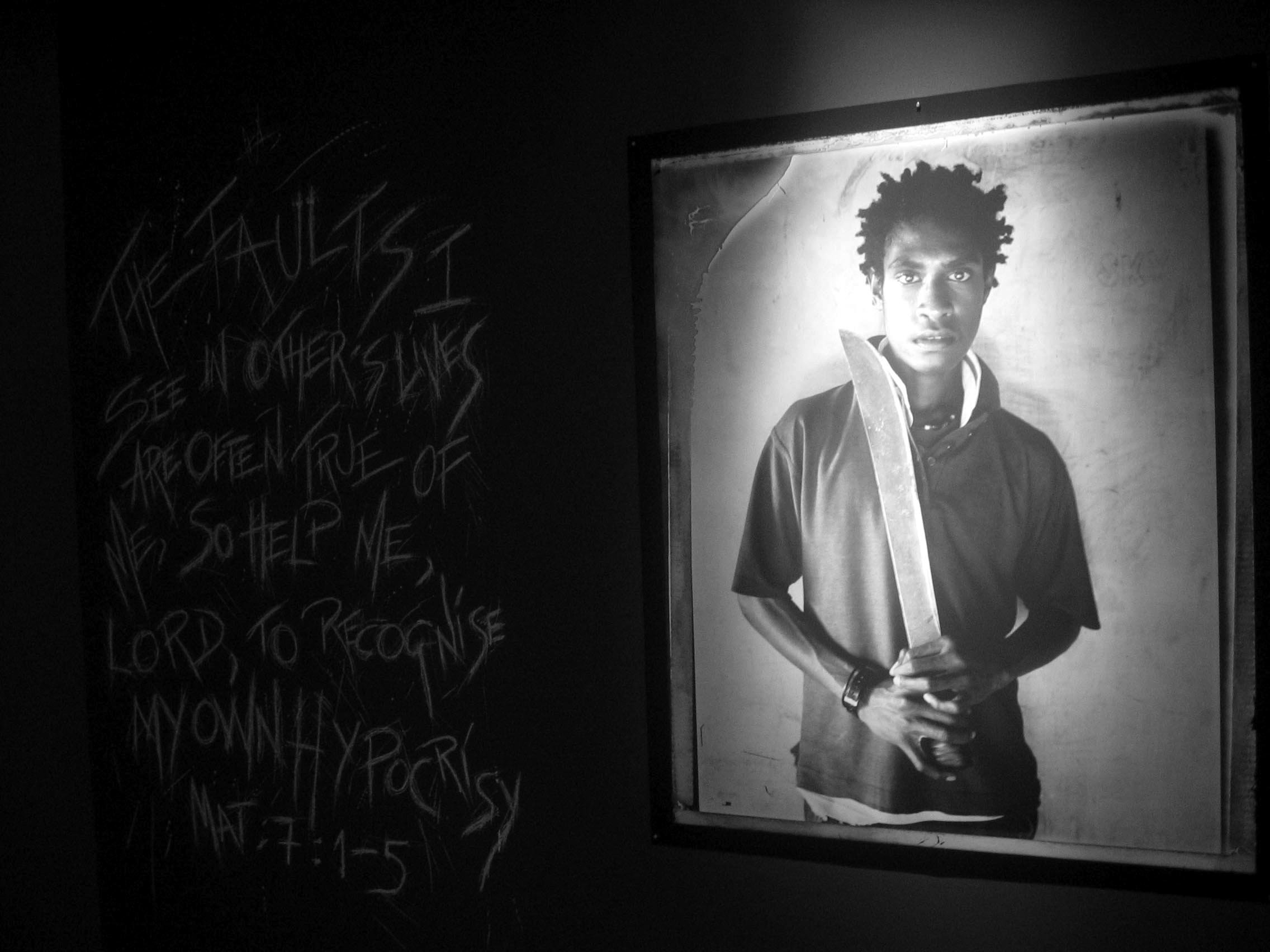
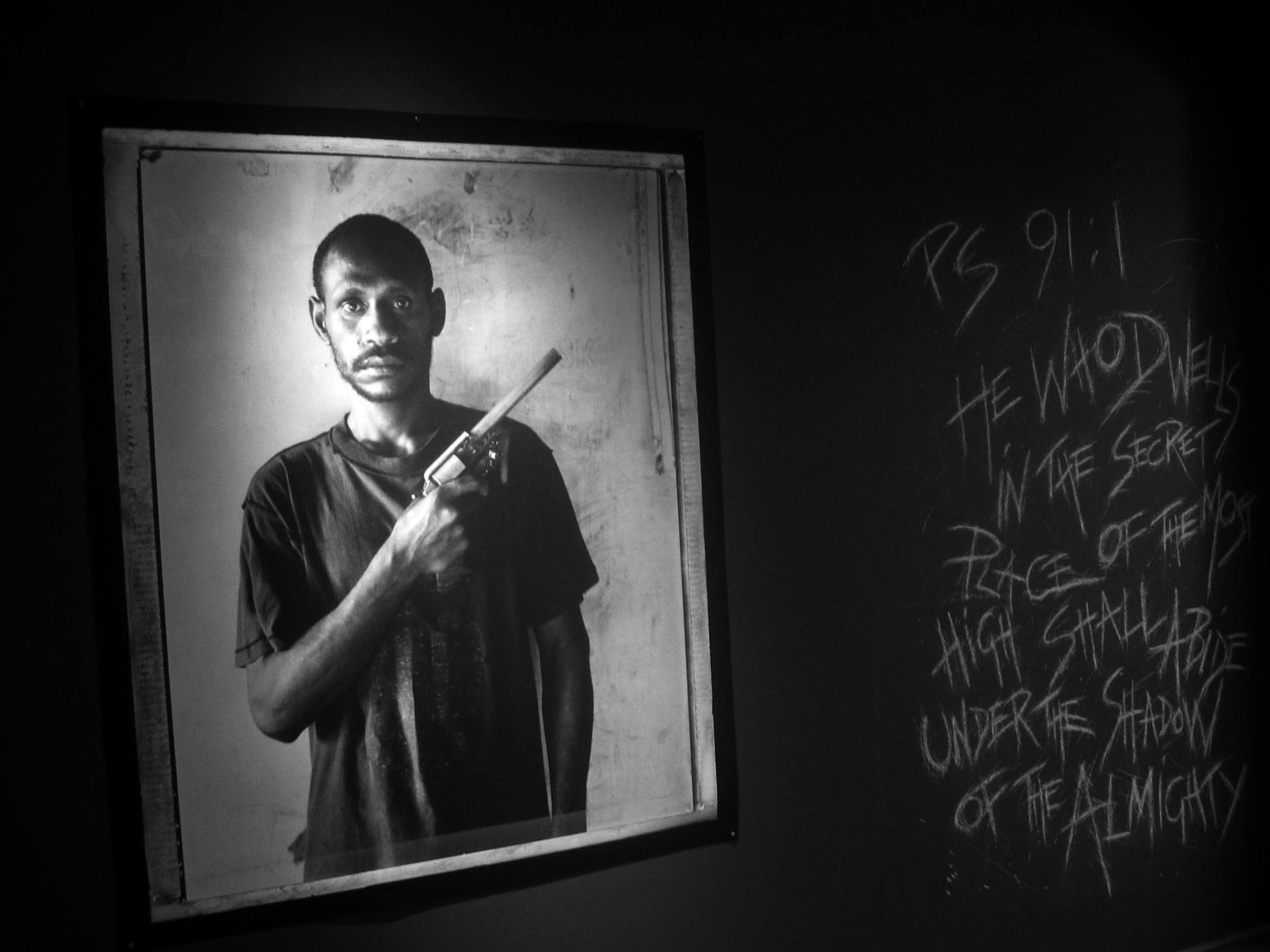
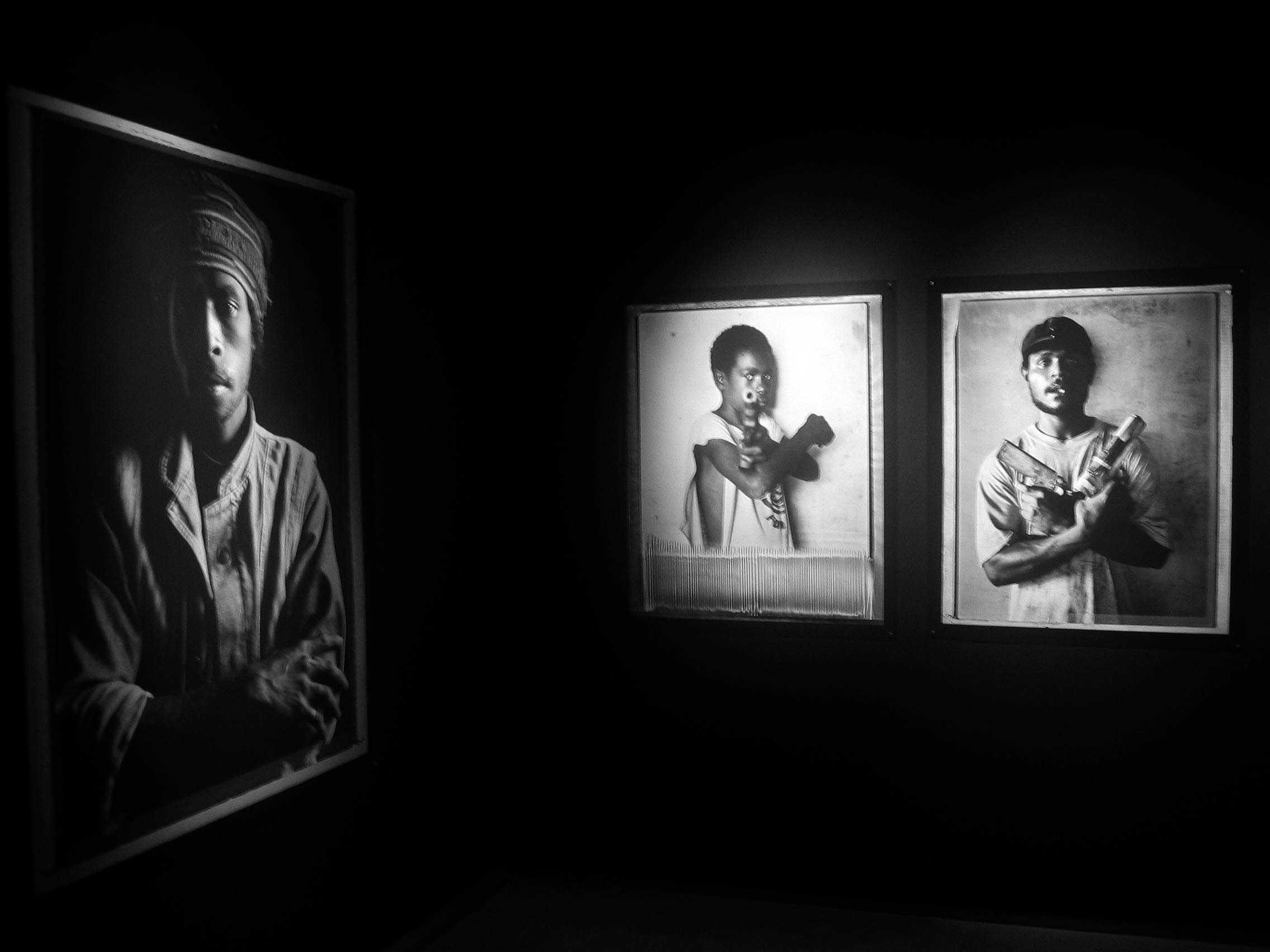


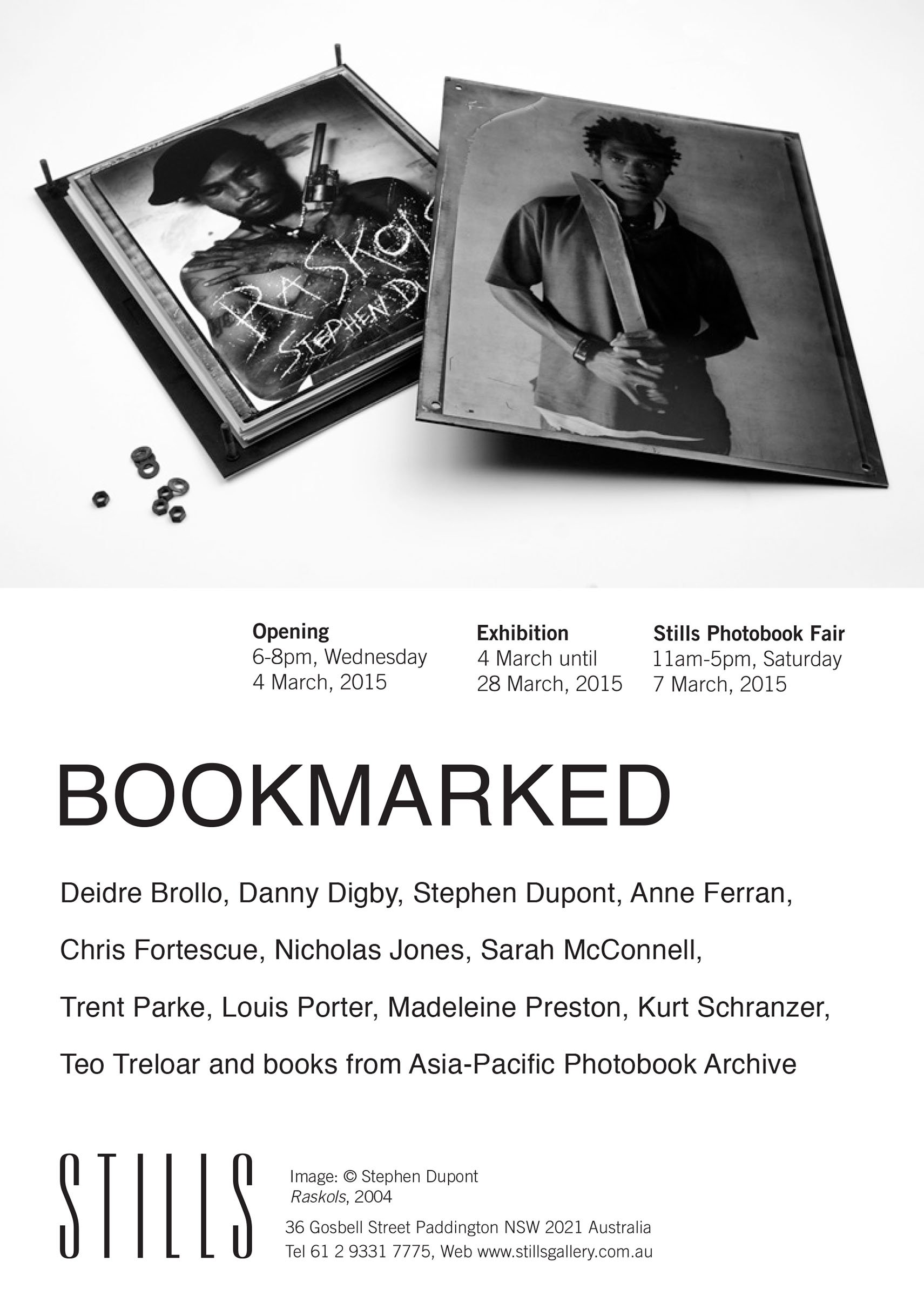




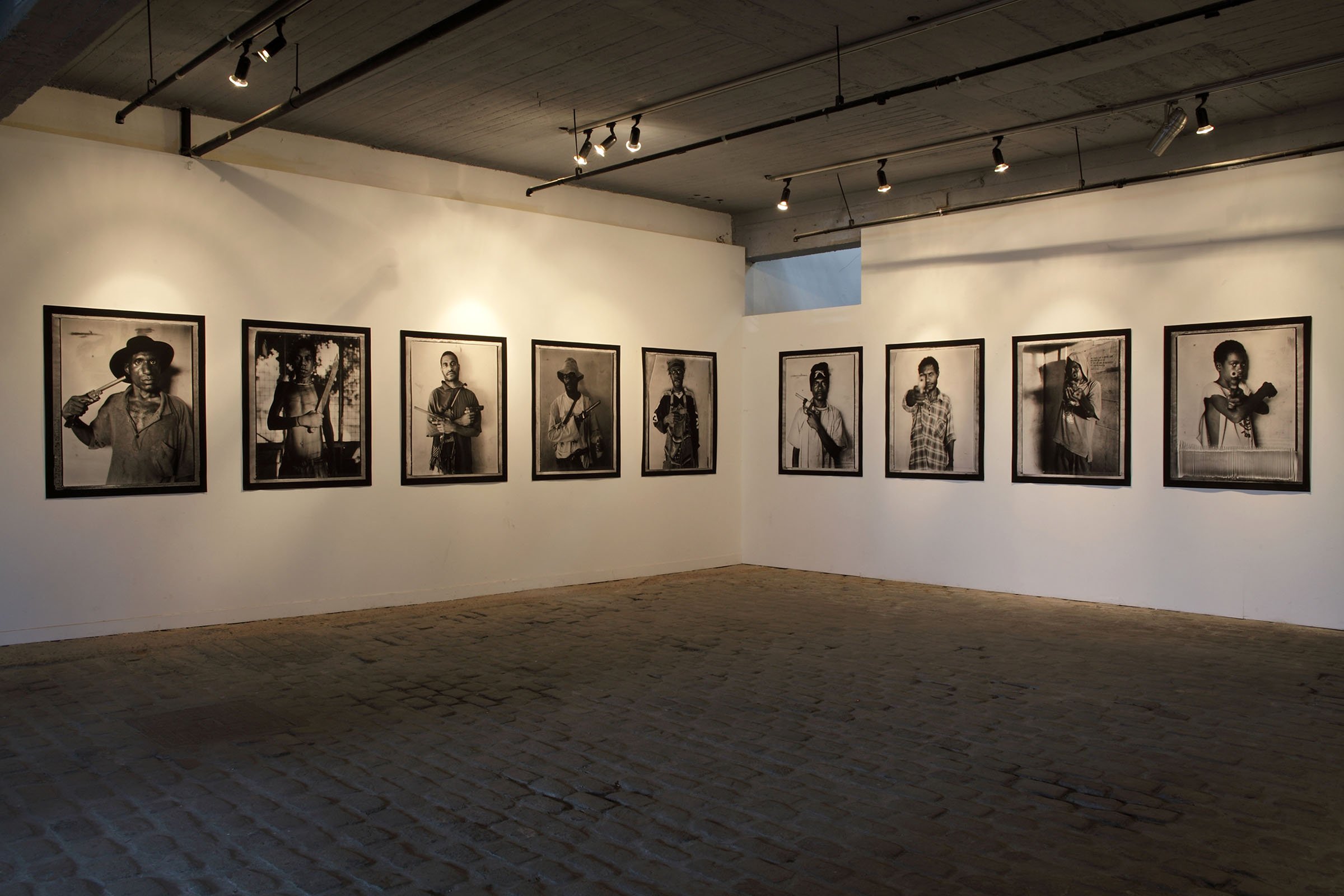

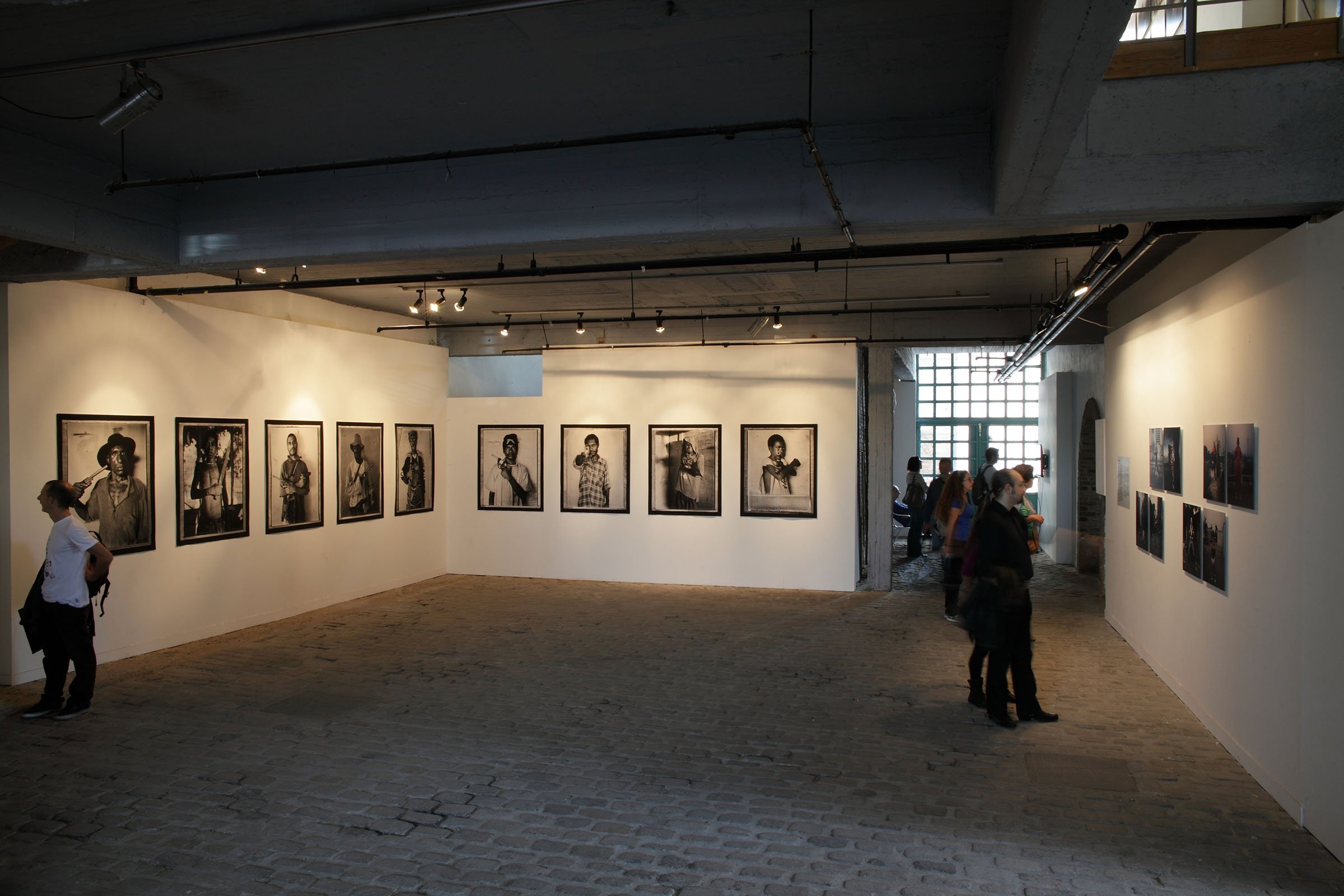
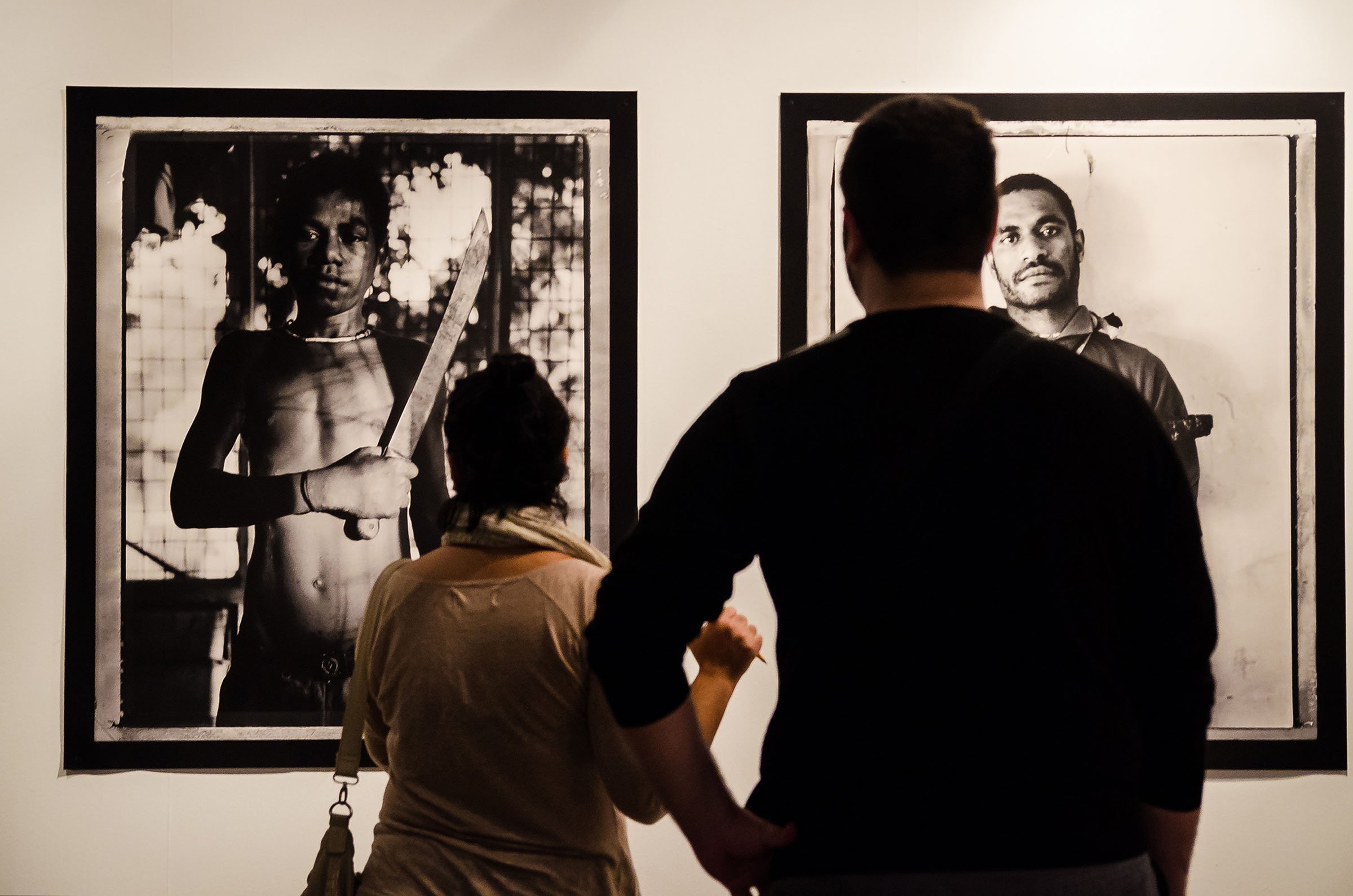
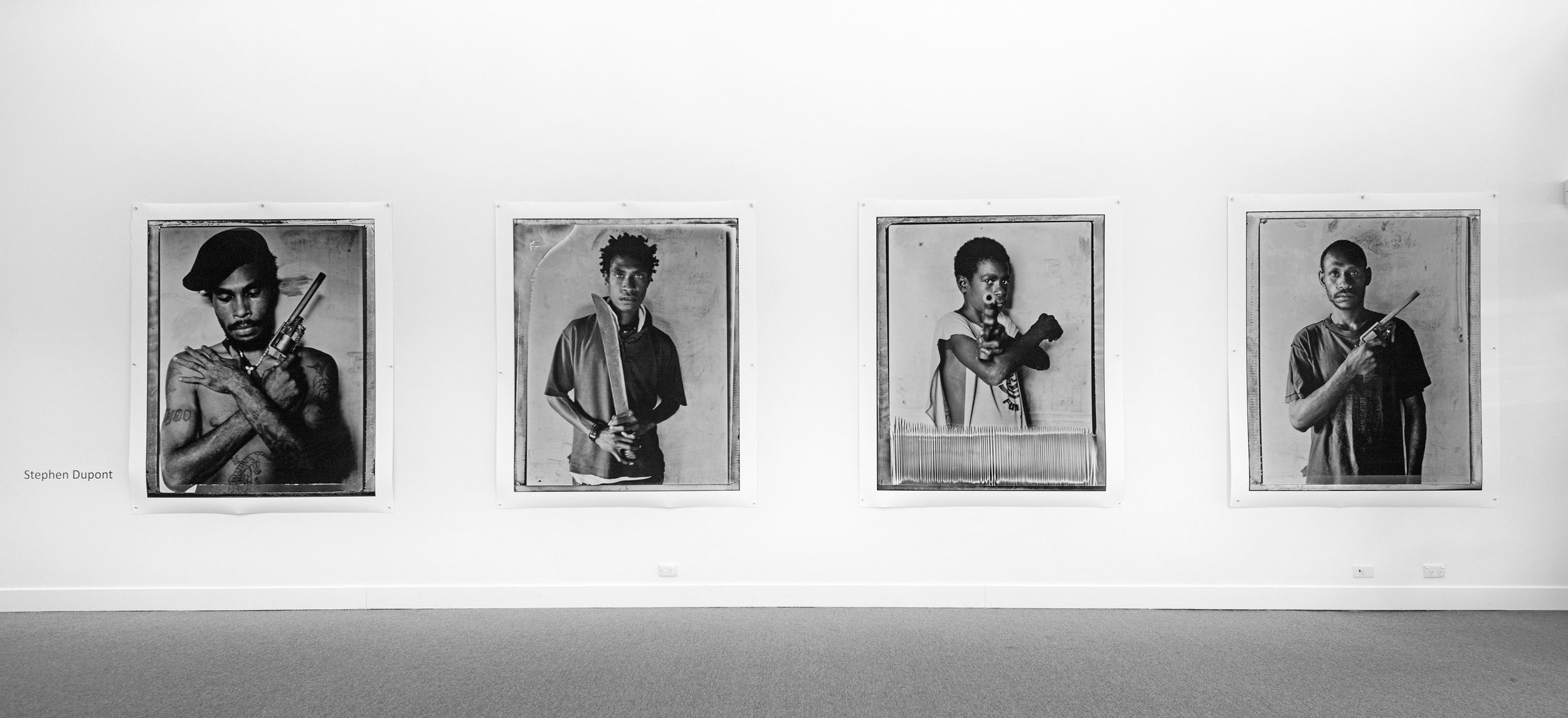

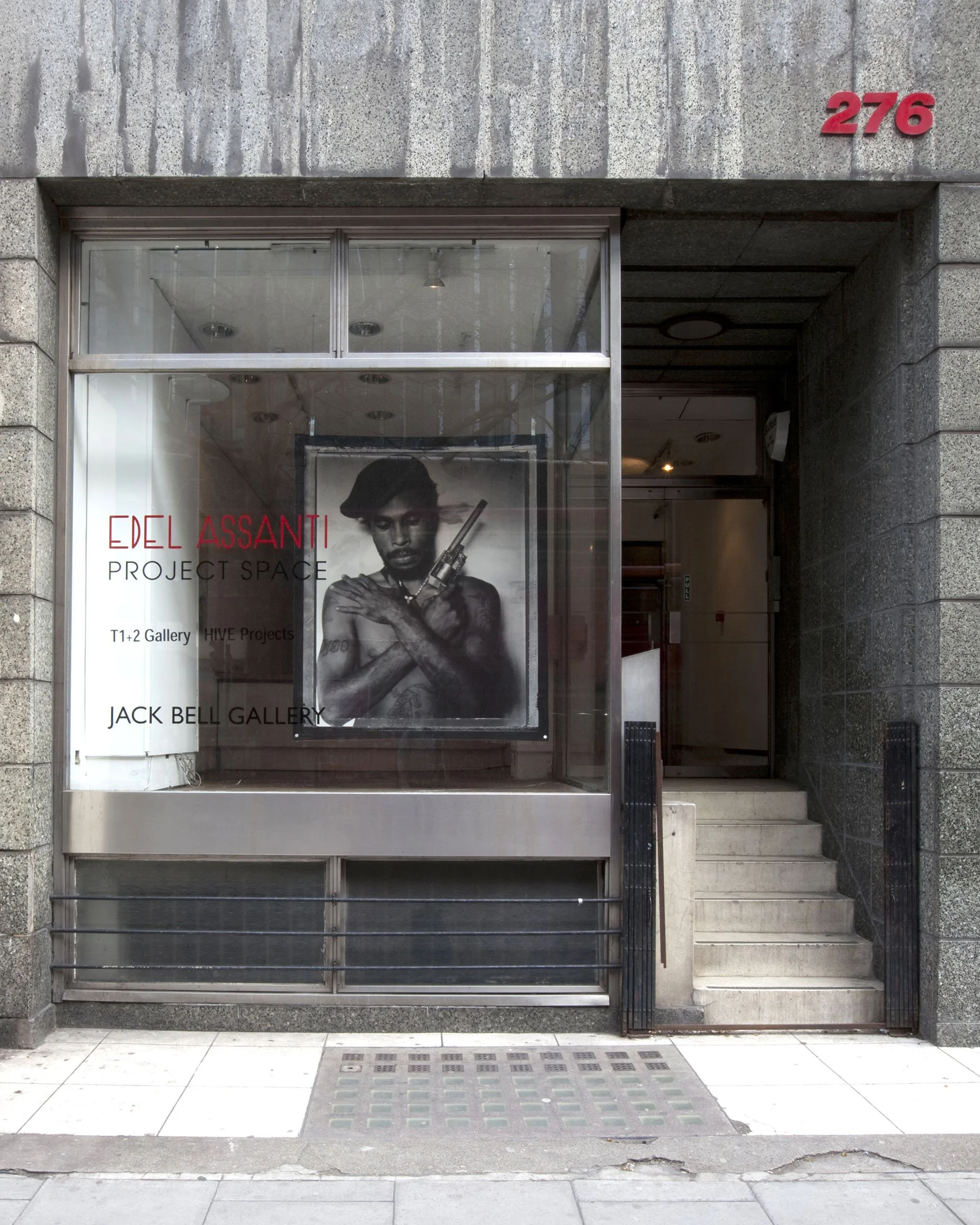

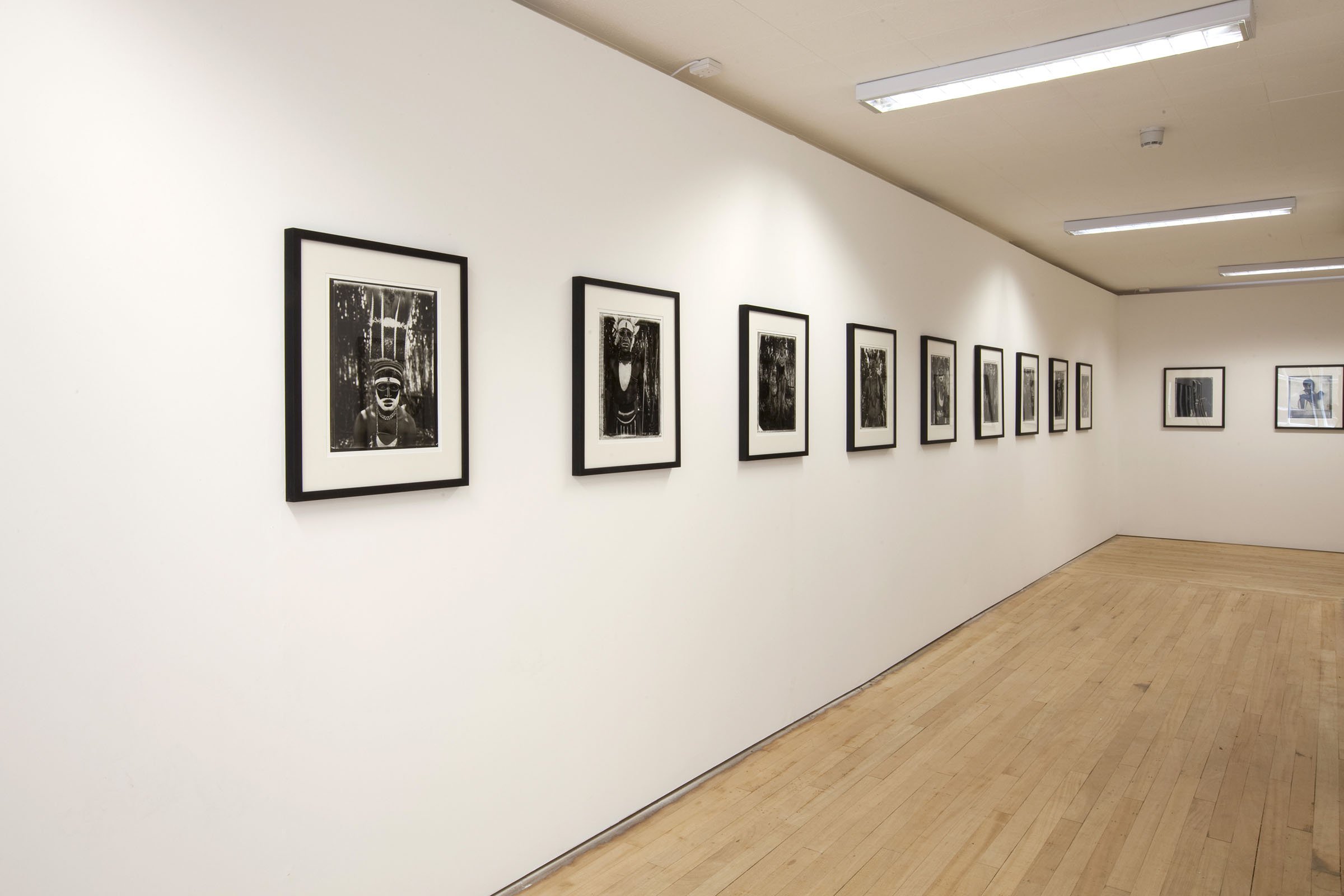
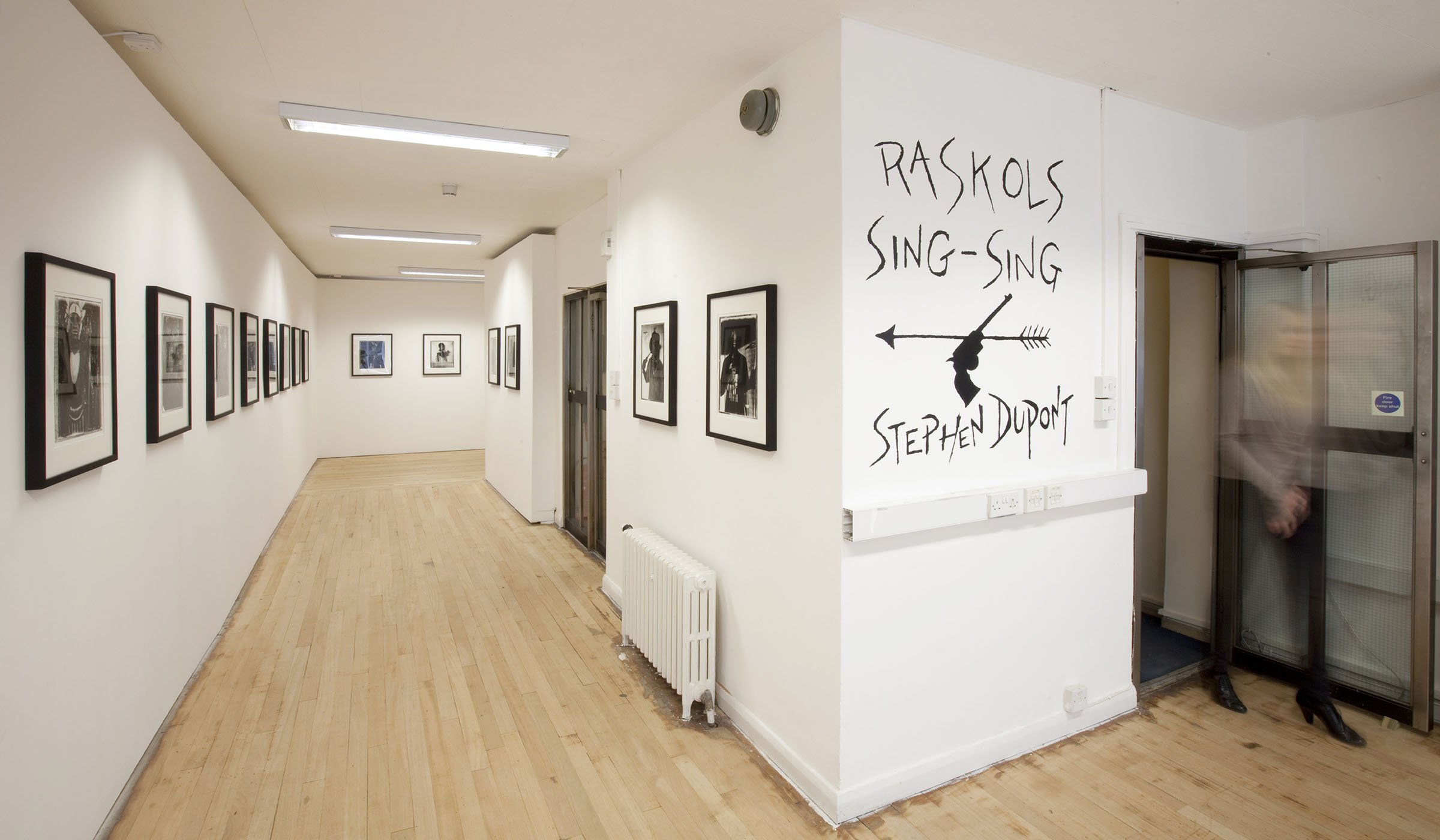
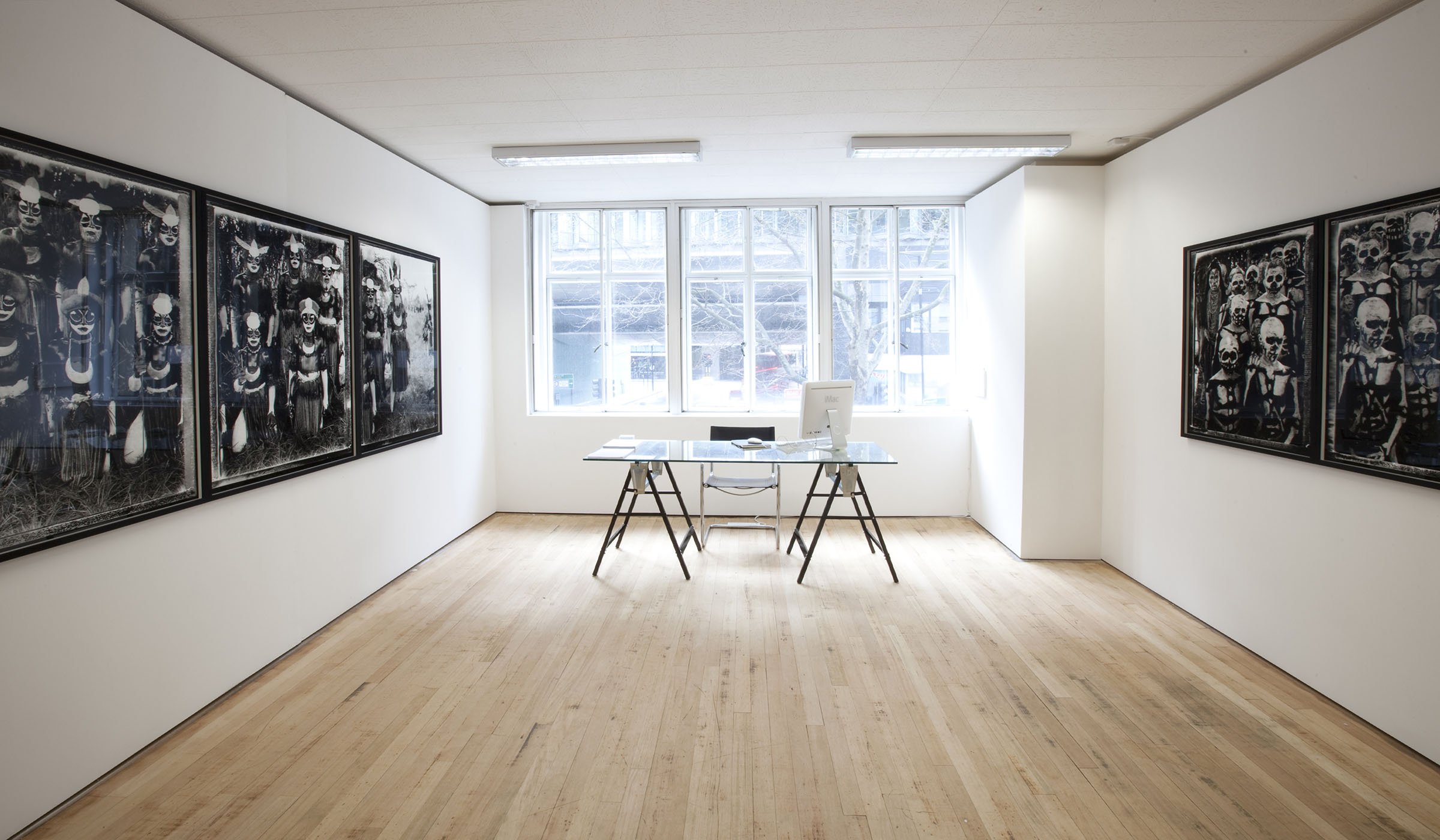
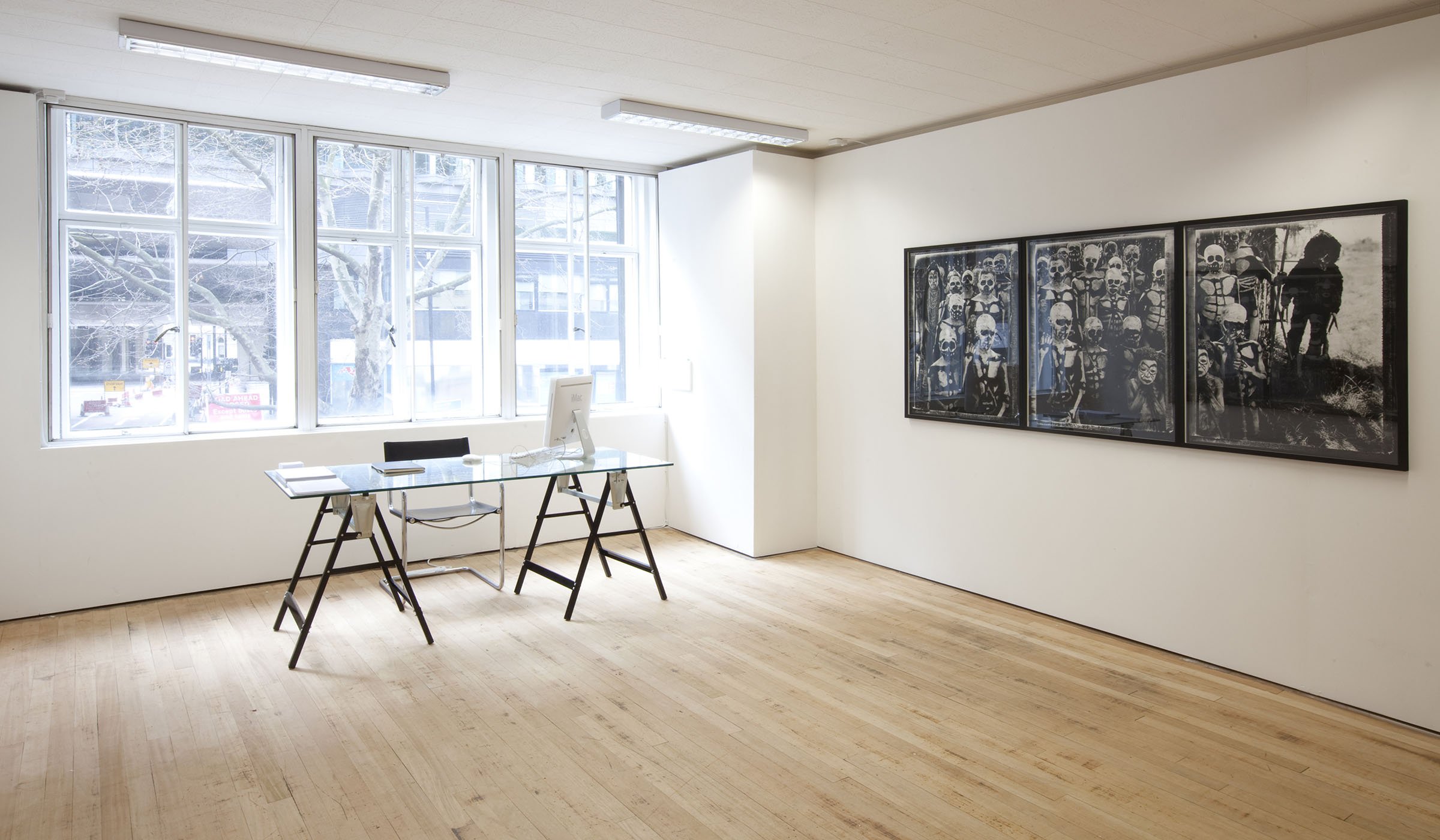
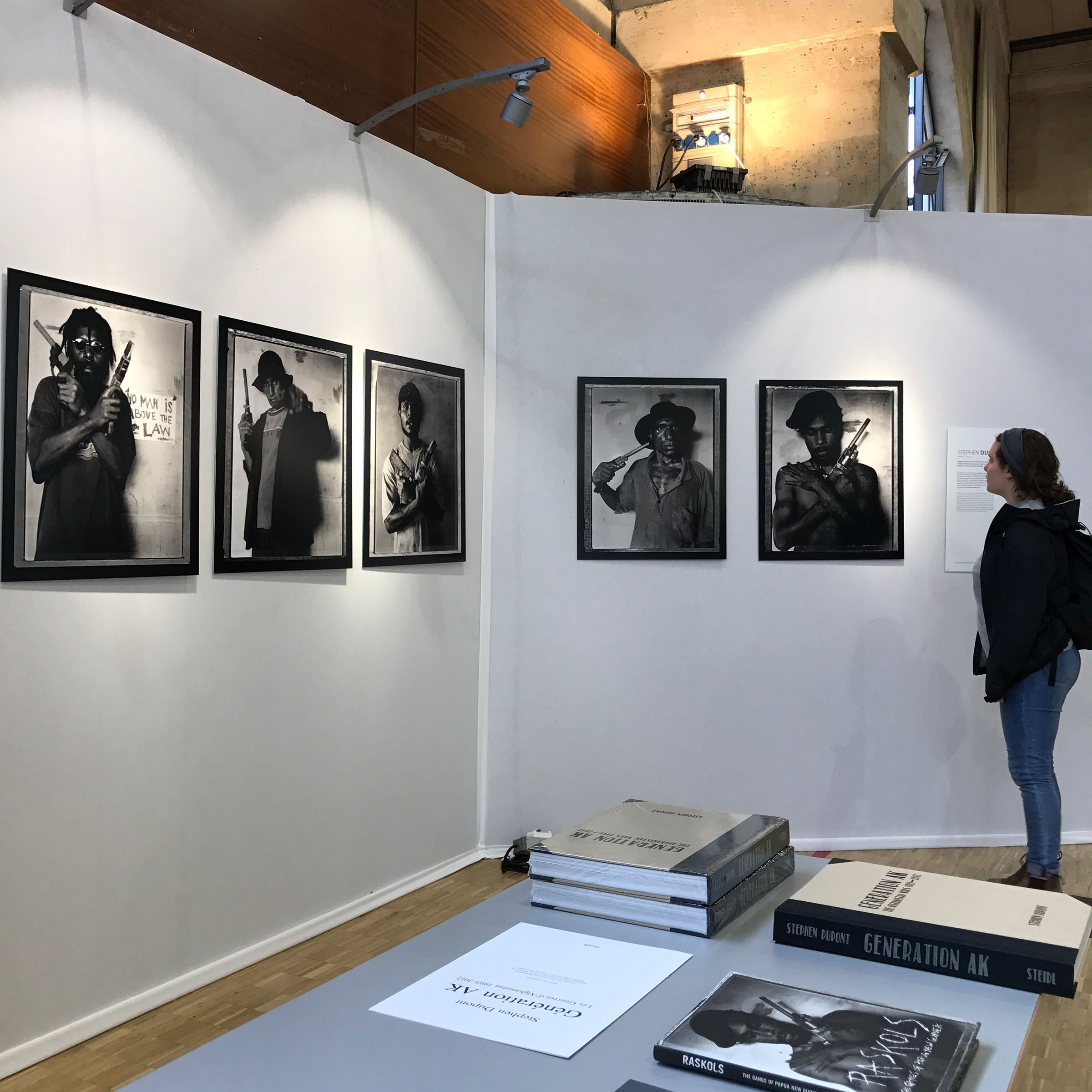

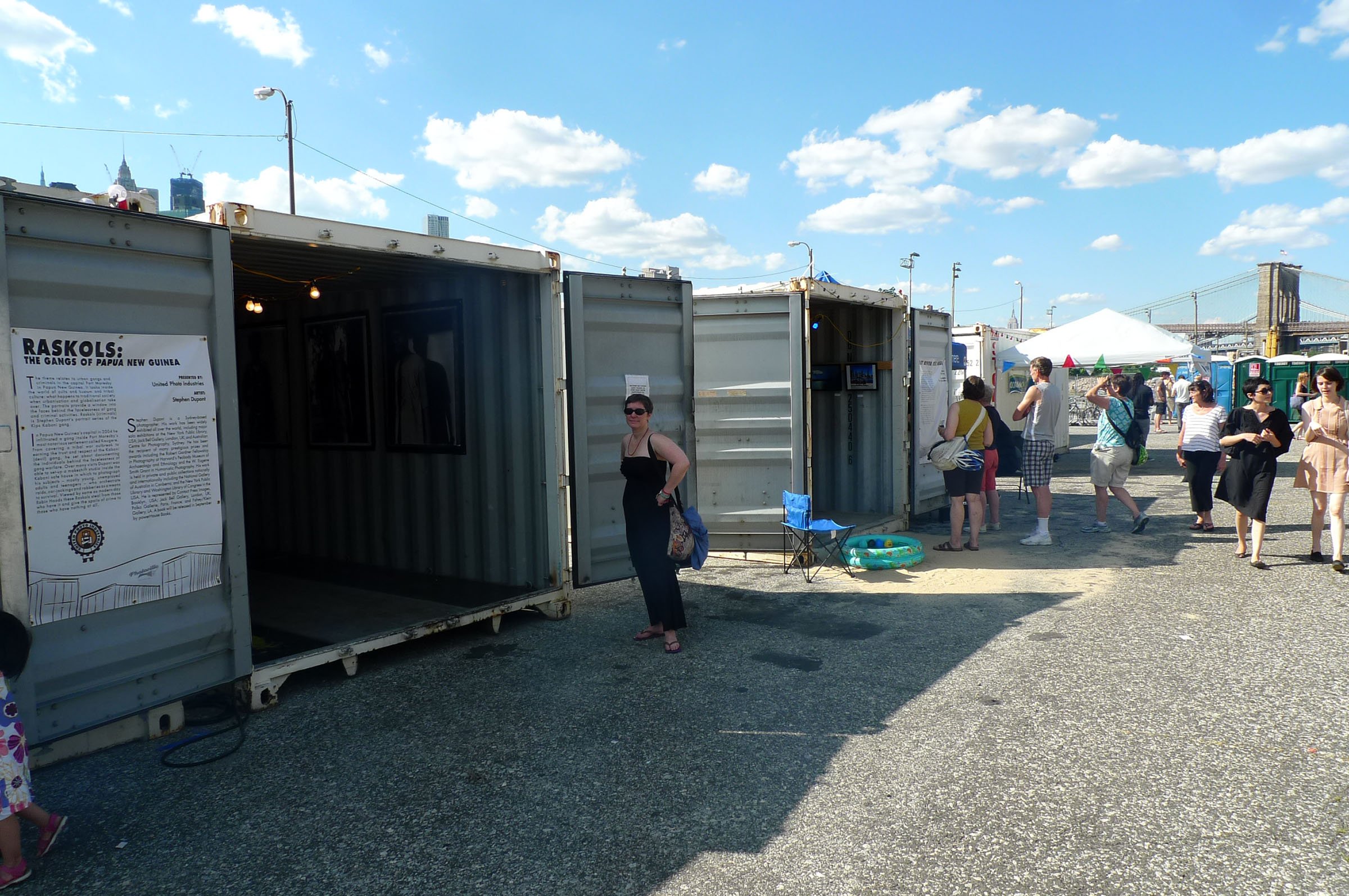
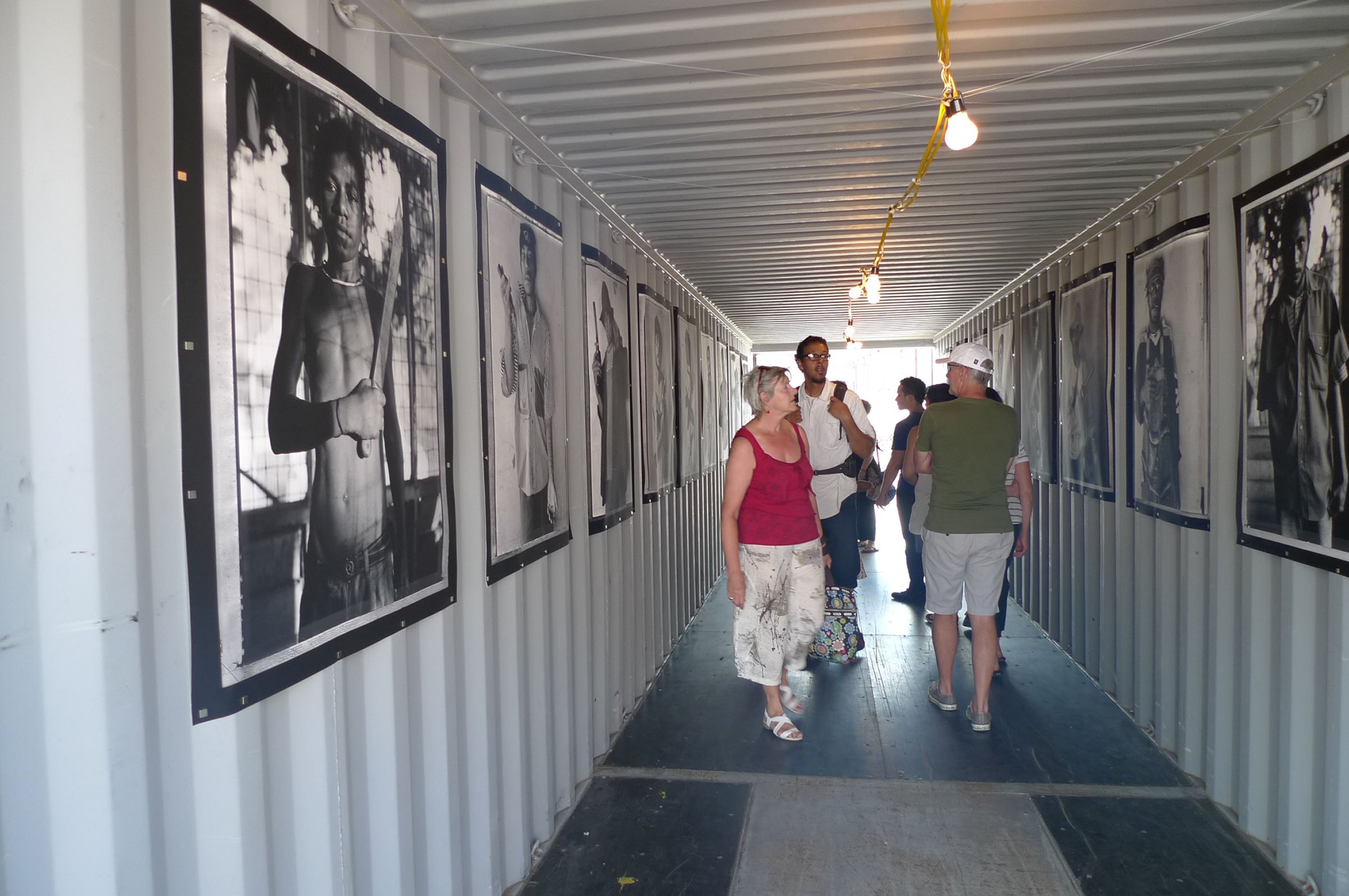
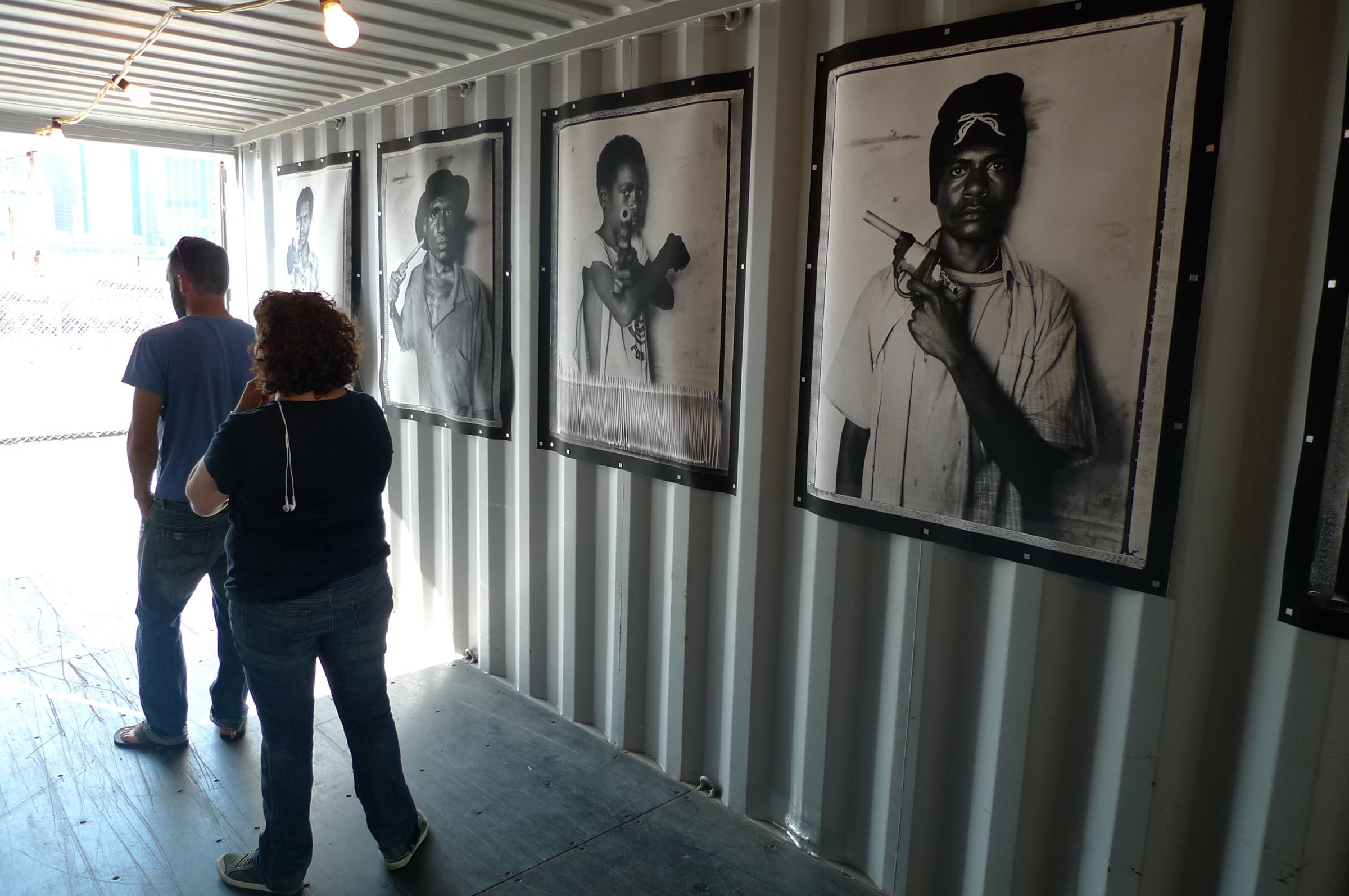

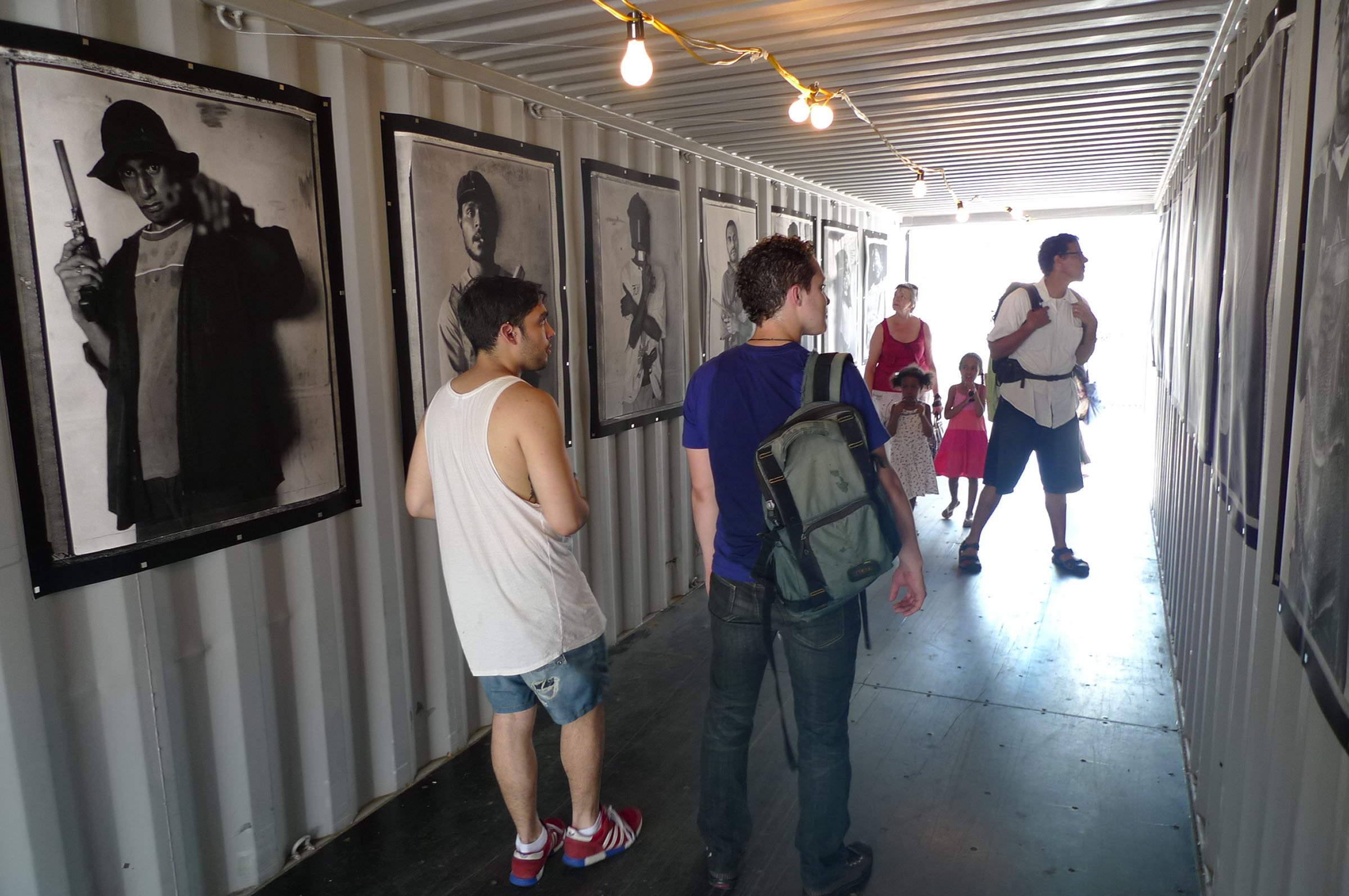


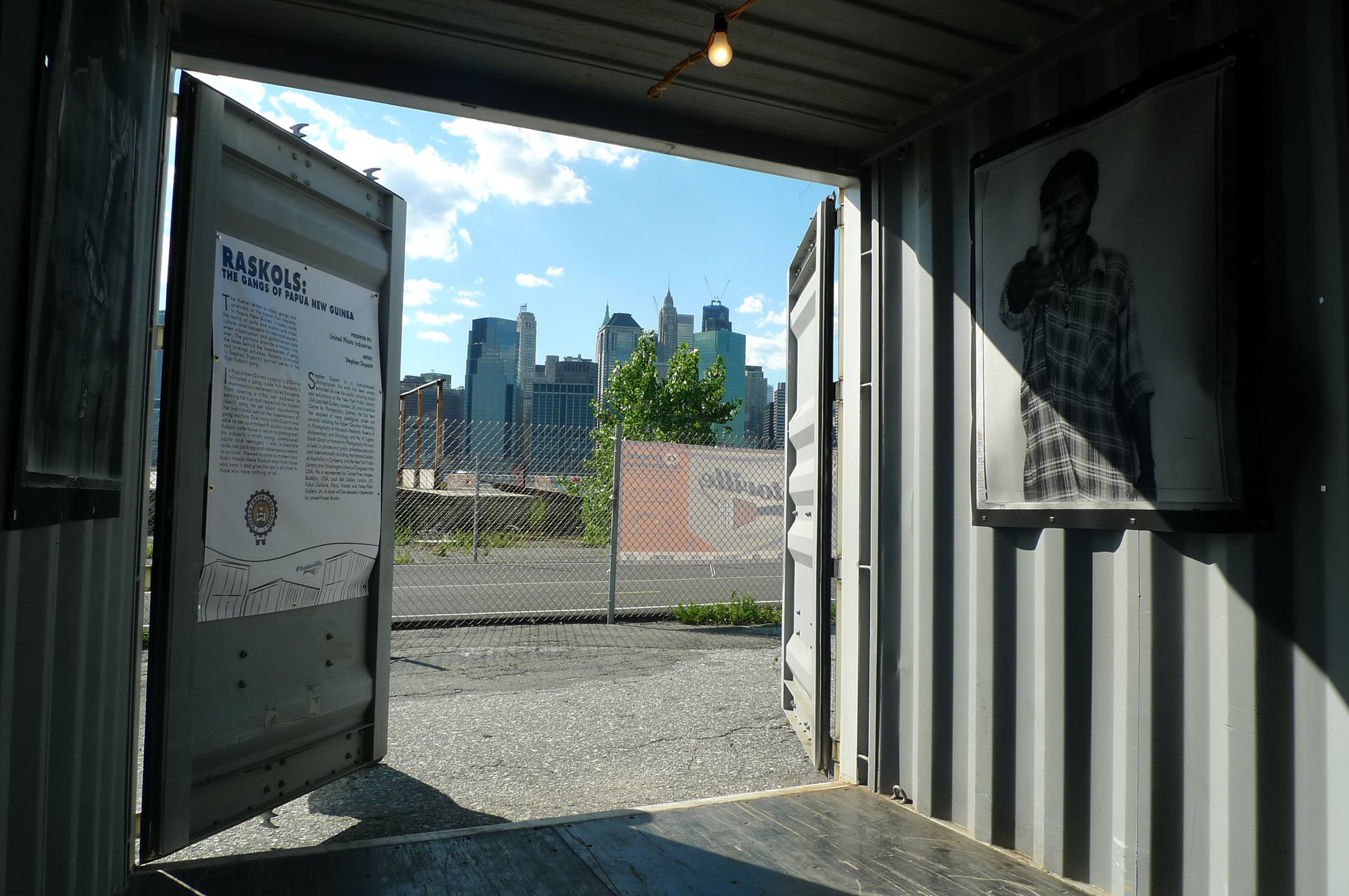

Venues
Tim Klingender Gallery, Sydney Contemporary Art Fair, Australia, 2018.
La Quatriem Image, Paris, France, 2017.
Bookmarked, Stills Gallery, Sydney, Australia, 2015.
Bu Gallery, Istanbul, Turkey, 2013.
Photoville, Brooklyn Bridge Park, New York, USA, 2012.
Bursa Photo Festival, Istanbul, Turkey, 2012.
DUMBO Arts Festival, New York, USA, 2012.
Athens Photo Festival, Greece, 2012.
Postcards from the Rim, Goulburn Art Gallery, NSW, Australia, 2012.
Jack Bell Gallery, London, UK, 2010.
Noorderlicht Festival, Leeuwarden, Holland, 2006.
Ping Yao International Photography Festival, China, 2006.
The Australian Centre for Photography, Sydney, Australia, 2005.
Statement
Stephen Dupont infiltrated a ‘Raskol’ (tok pison for criminal) community in an attempt to document the individuals behind the facelessness of gang warfare. His Raskol series presents formal portraits of the ‘Kips Kaboni’ or ‘Red Devils’, Papua New Guinea’s longest established Raskol group. By building trust over several visits, Dupont was able to set-up a makeshift studio in which to photograph his subjects - mostly young, unemployed adults and teenagers - who orchestrate raids, car-jackings and robberies as a means of survival. Raskols focuses on Papua New Guinean youth in crisis - men that have turned to crime, violence and anarchy in a bid to protect the future of themselves and their communities.
Works
24 x 320GSM cotton rag art paper ( H: 130cm x W: 106cm )
6 x 320GSM cotton rag art paper ( H: 230cm x W: 188cm )
Reviews
Collections
The New York Public Library Stokes Gallery, New York, USA
Axe Me Biggie or, Mr Take My Picture!
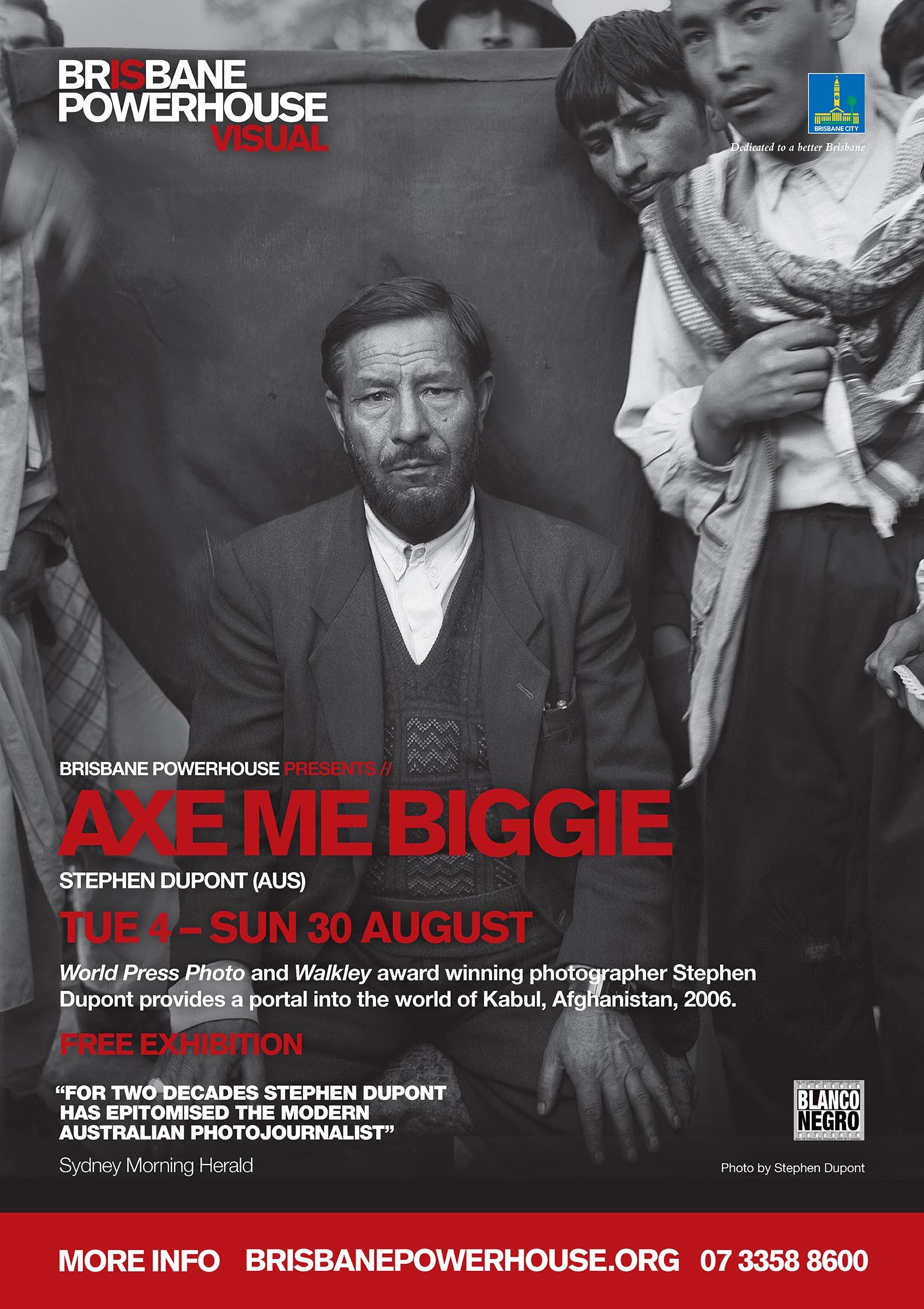
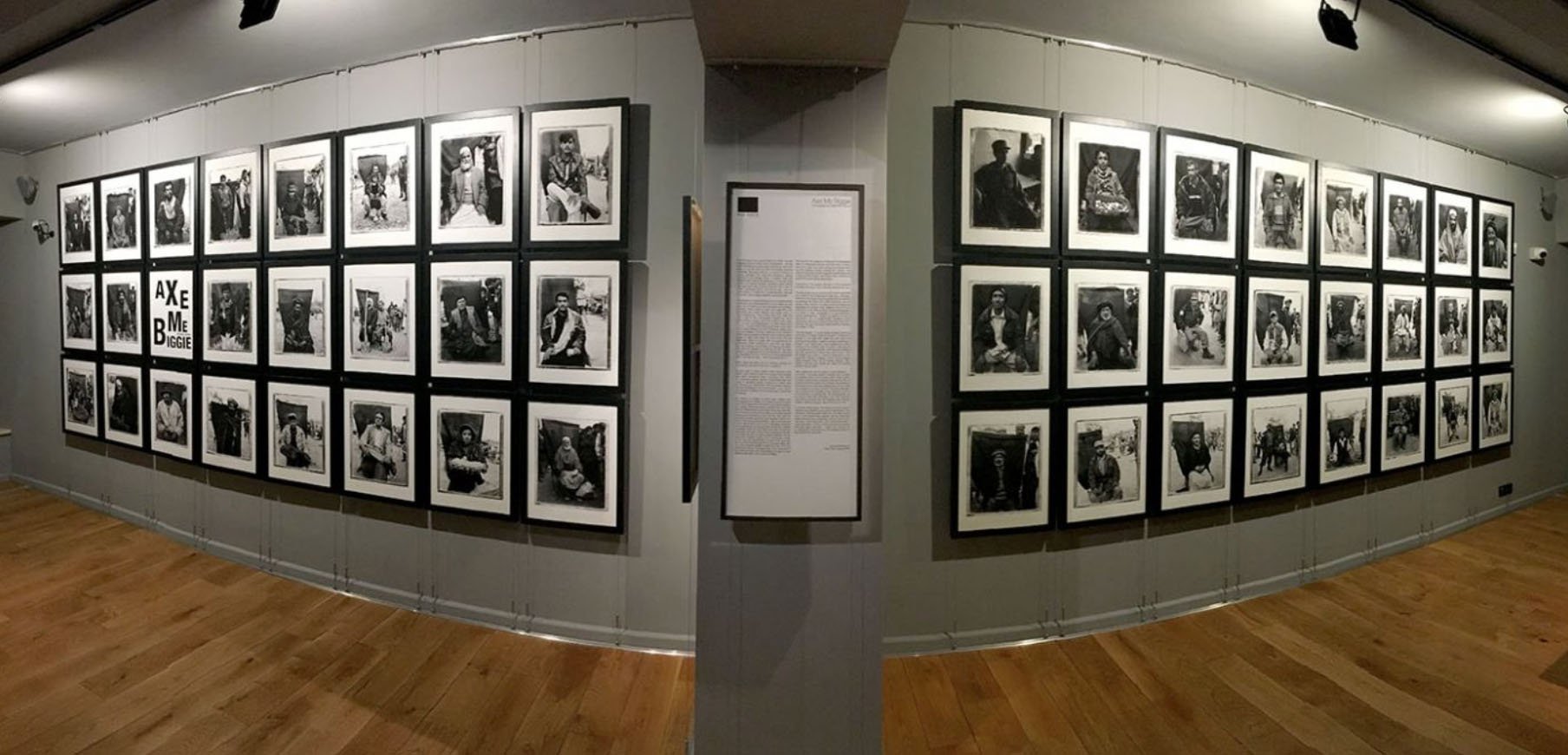
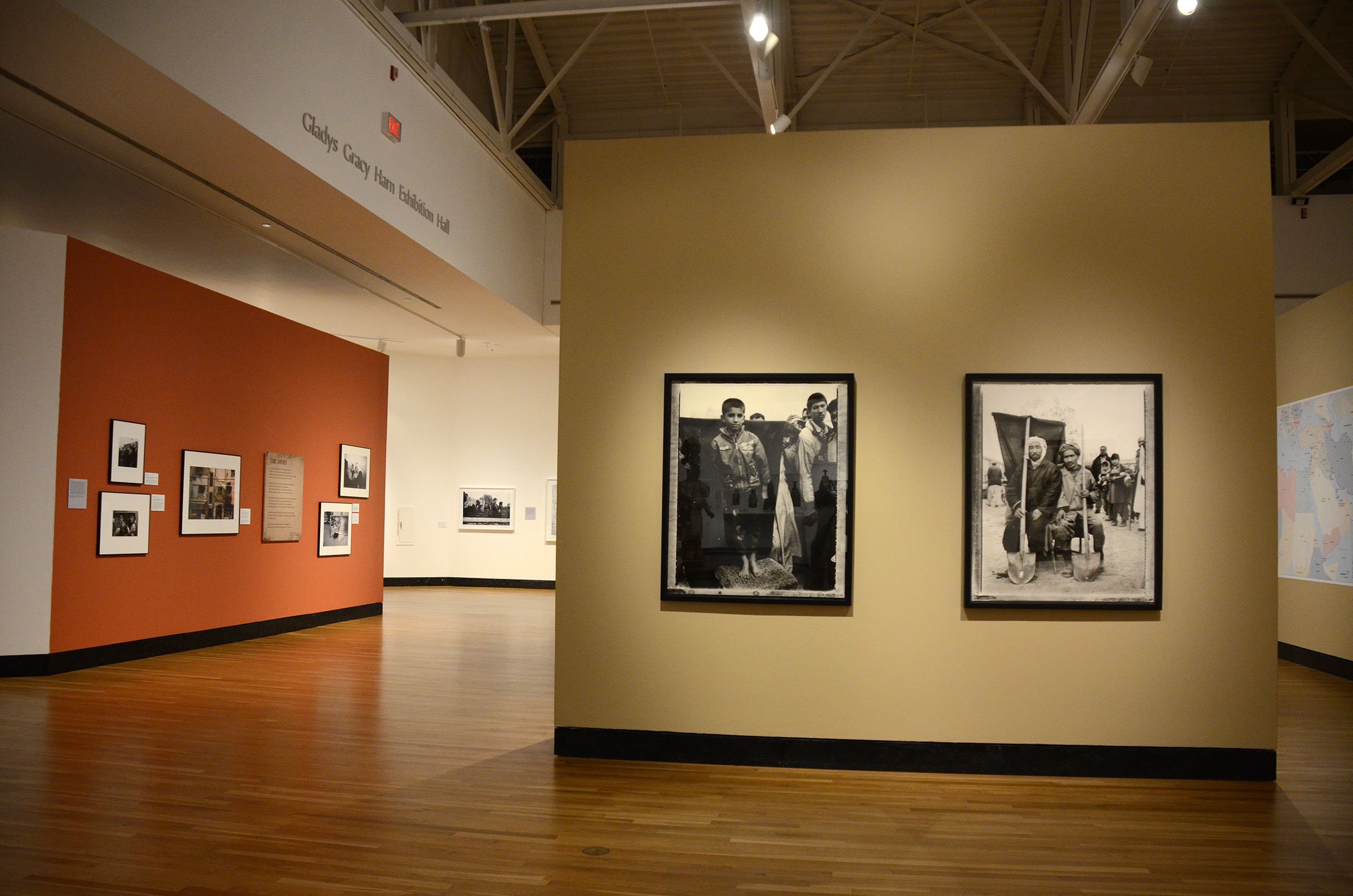
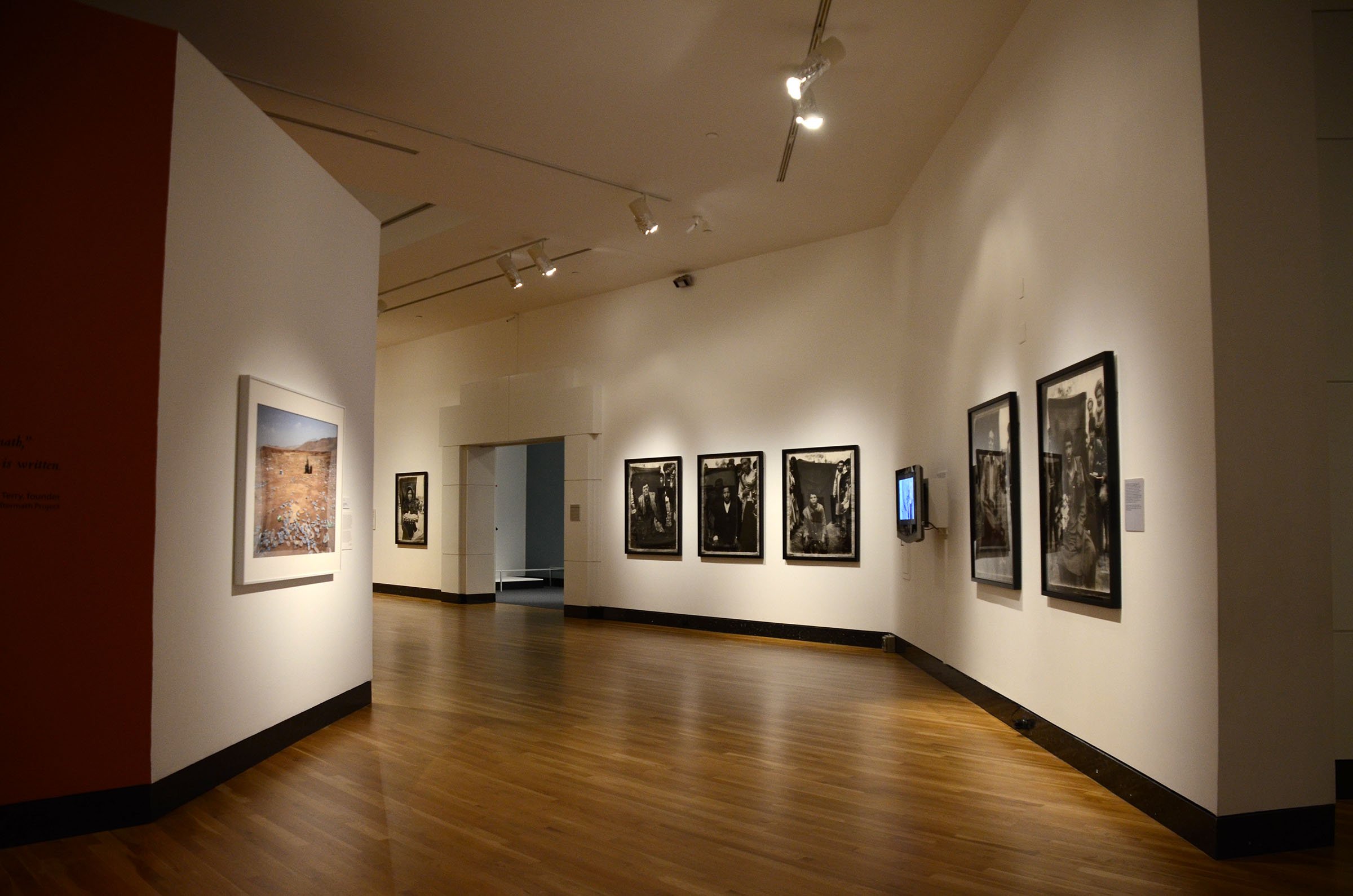

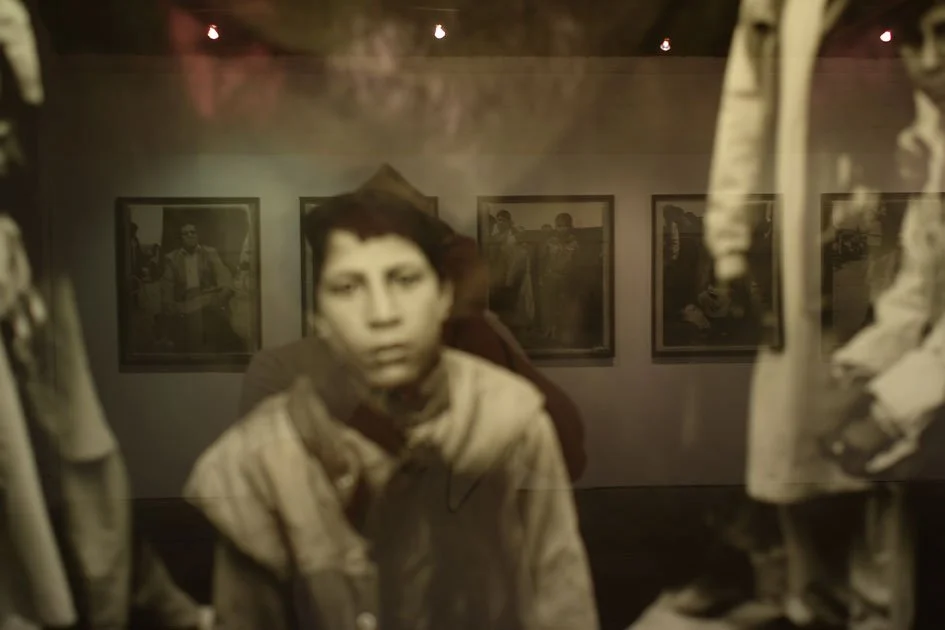
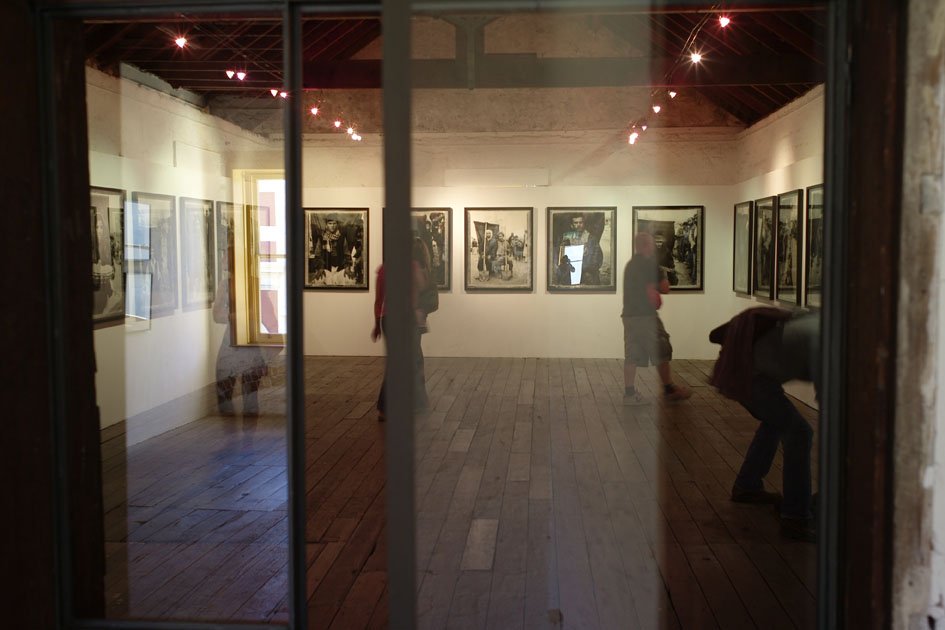
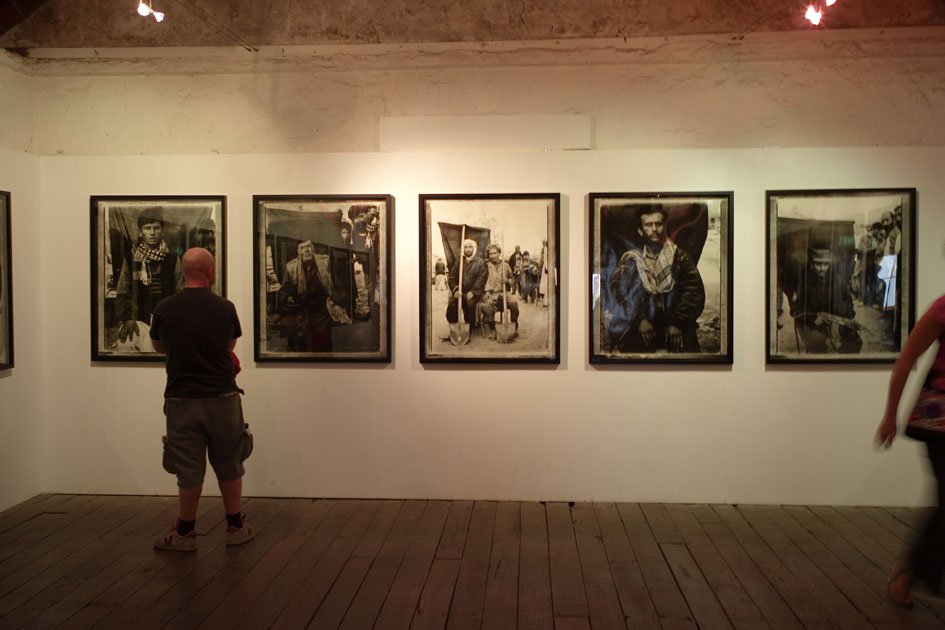
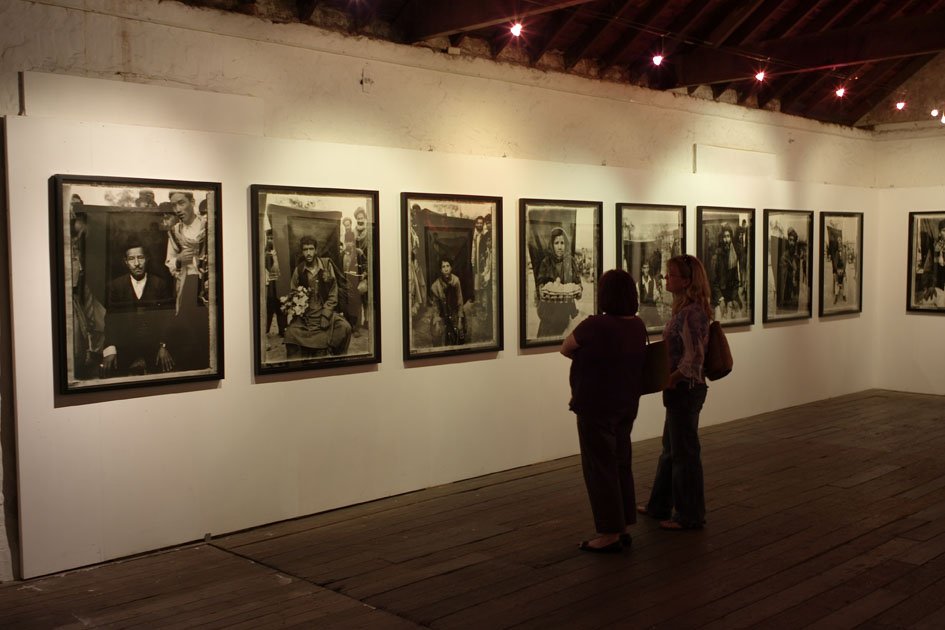
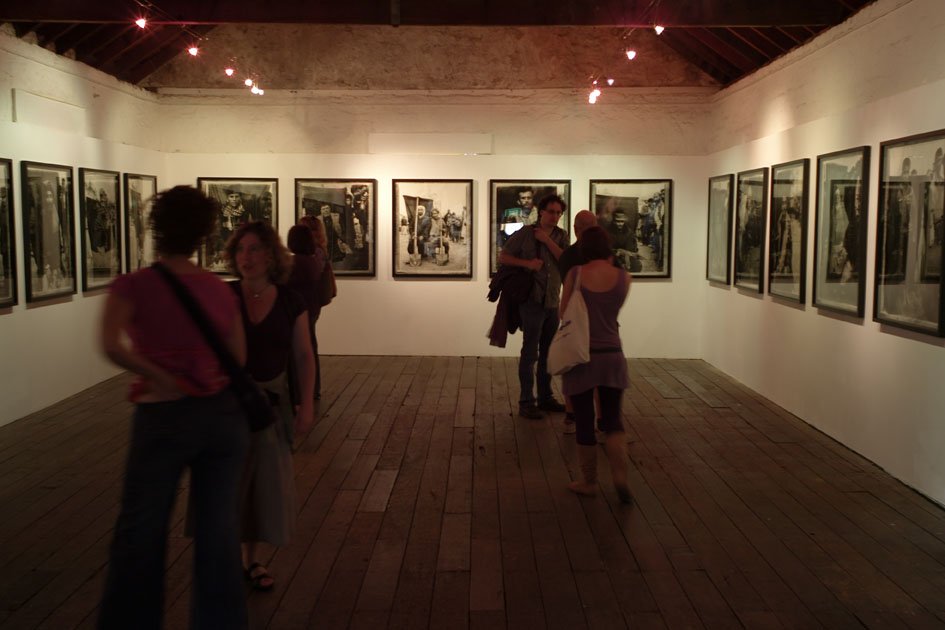
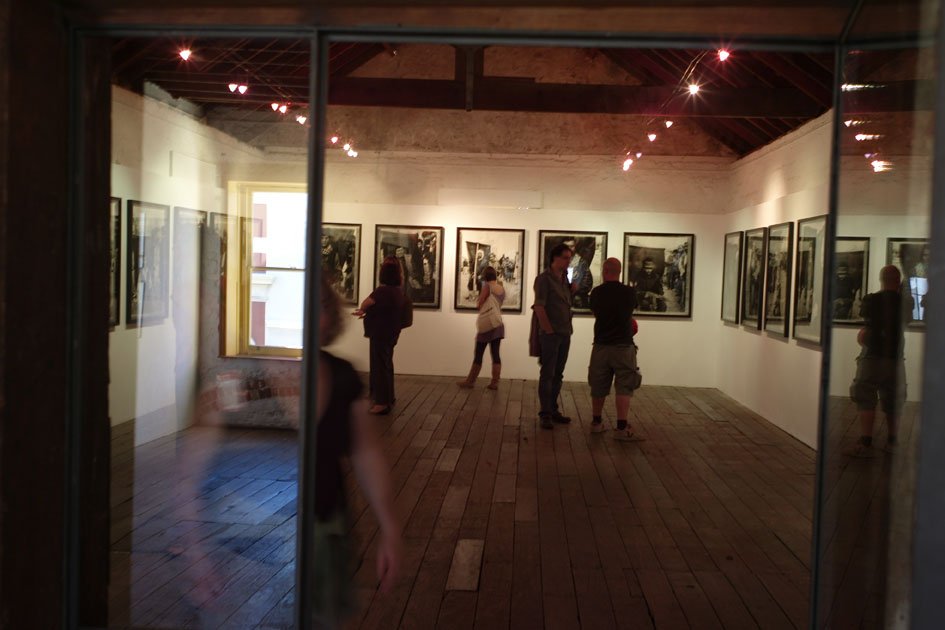

Venues
War Photo Gallery, Dubrovnik, Croatia, 2018.
Aftermath: The Fallout of War – America and the Middle East, The Ringling Museum of Art, Sarasota, FL, USA, 2017.
Brisbane Powerhouse, QLD, Australia, 2009.
Moores Building Contemporary Art Gallery, Fremantle, Australia, 2008.
Statement
“Axe Me Biggie” — a crude Anglo phonetic rendering of the Dari for “Mister, take my picture!” — is my answer to the plea I’ve heard all over Kabul during my stay there in March 2006. It seems to mean something in English, “axe” being just a more visceral and violent version of the camera verb “to shoot,” returning all its original aura of surrender. And because I am a big guy, “Axe Me Biggie” also seems a request addressed to me personally. I am Biggie. And on this day Biggie finally answers them all, en masse, saying, “Yes, alright. I will axe you, shoot you, take your bloody picture. Have a seat!”
I think my portraits illustrate a complex situation that defies easy answers. By seeing the people for who they are my photography might just arouse some sympathy and caution. By exposing the individual suffering and compassion of these people I hope to open up a window into not just their lives, but the lives of others.
Works
20 x Gelatin Silver hand prints ( H: 123cm x W: 96cm ) in 2 x custom wooden crates.
Reviews
Collections
War Photo Gallery, Dubrovnik, Croatia
The New York Public Library (NYPL), Stokes Gallery, New York, USA
Yale University Art Gallery (YUAG), USA
Harn Museum of Art, University of Florida (UF), FL, USA
Panorama


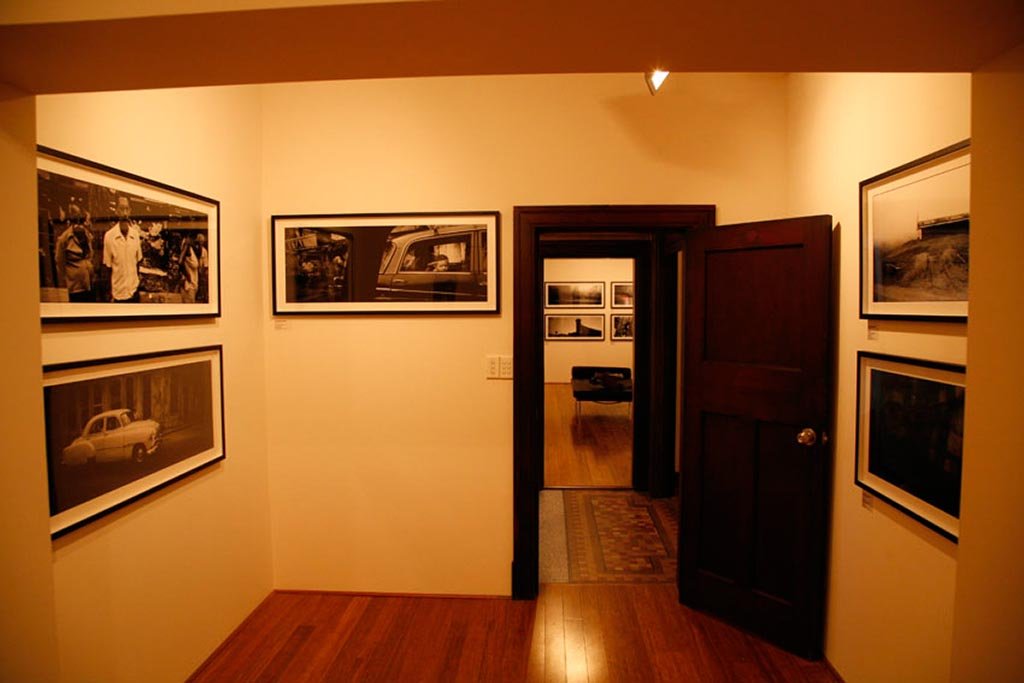
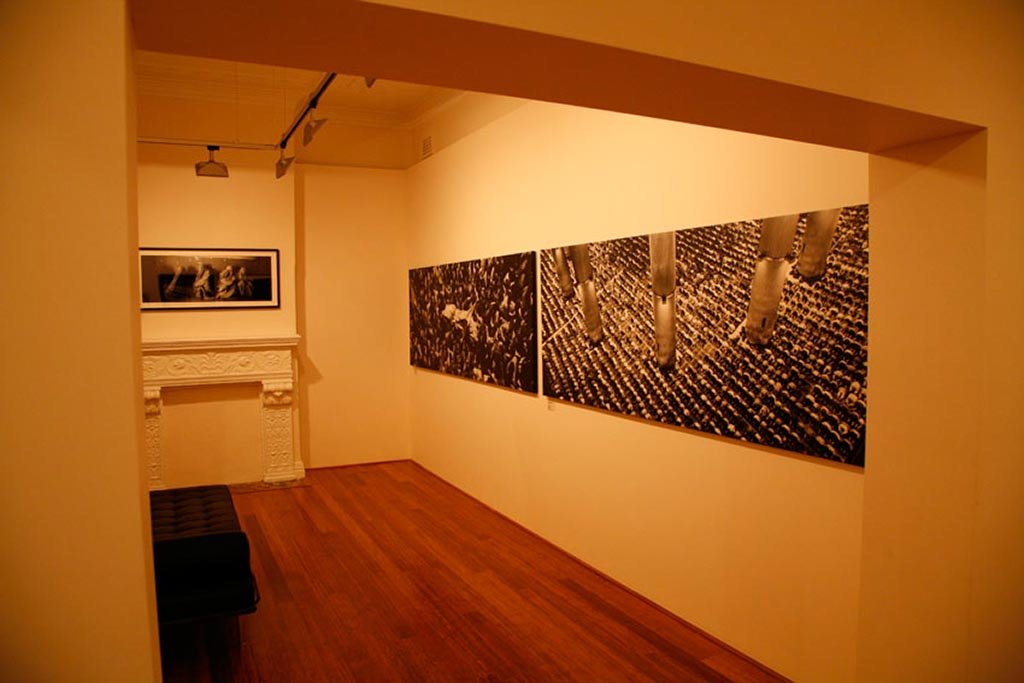
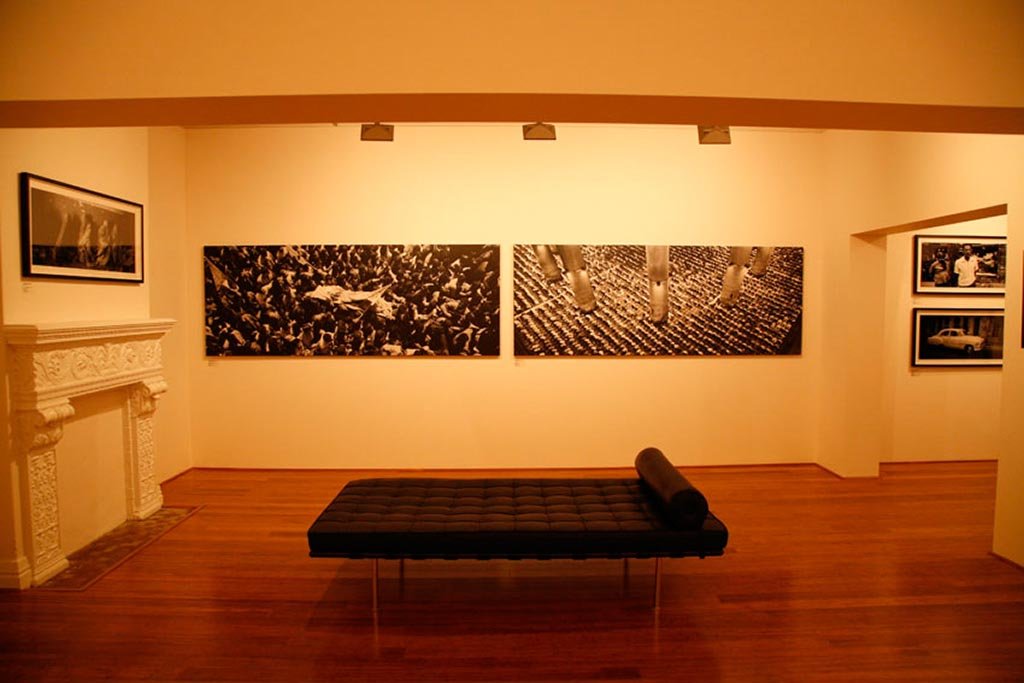

Venues
Byron McMahon Gallery, Sydney, Australia, 2007.
Lianzhou International Photography Festival, China, 2005.
Statement
From the 25th May until the 14th June 2007 Byron McMahon Gallery in George Street, Redfern will premiere Panorama by Australian photographer Stephen Dupont. This exhibition, by the internationally acclaimed award- winning photojournalist and documentary film maker, presents a selection of images from his visual diary of the world spanning six years from 1999 -2005.
It is Dupont says, “the world as I saw it, touched it, smelt it and lived it. Humanity and inhumanity, from the innocence of birth to the horrors and debauchery of war. It is a little piece of history as I chose to capture it. Critic Robert McFarlane has praised Dupont’s works as remarkable for their blend of humanity and composition”.
Describing his choice of the panoramic format Dupont explains that, “as a documentary photographer, I wanted to break away from the traditional 35mm look. Inspired by the cinematic form, its wide-scope and all-encompassing power, I wanted to stretch my photographic canvas”.
Works
30 x C-Type FujiFlex photographic prints ( 110cm x 40.5cm ) all framed, edition 1/15, signed, labelled and dated on back of all prints.
4 x Canvas printed photographic prints ( 260cm x 96cm ) all stretched on wooden frames, edition 1/15, signed, labelled and dated on back of all prints.
Reviews
“For two decades Stephen Dupont has epitomised the modern Australian photojournalist.” - Robert McFarlane, Sydney Morning Herald, May 31, 2007.
FIGHT



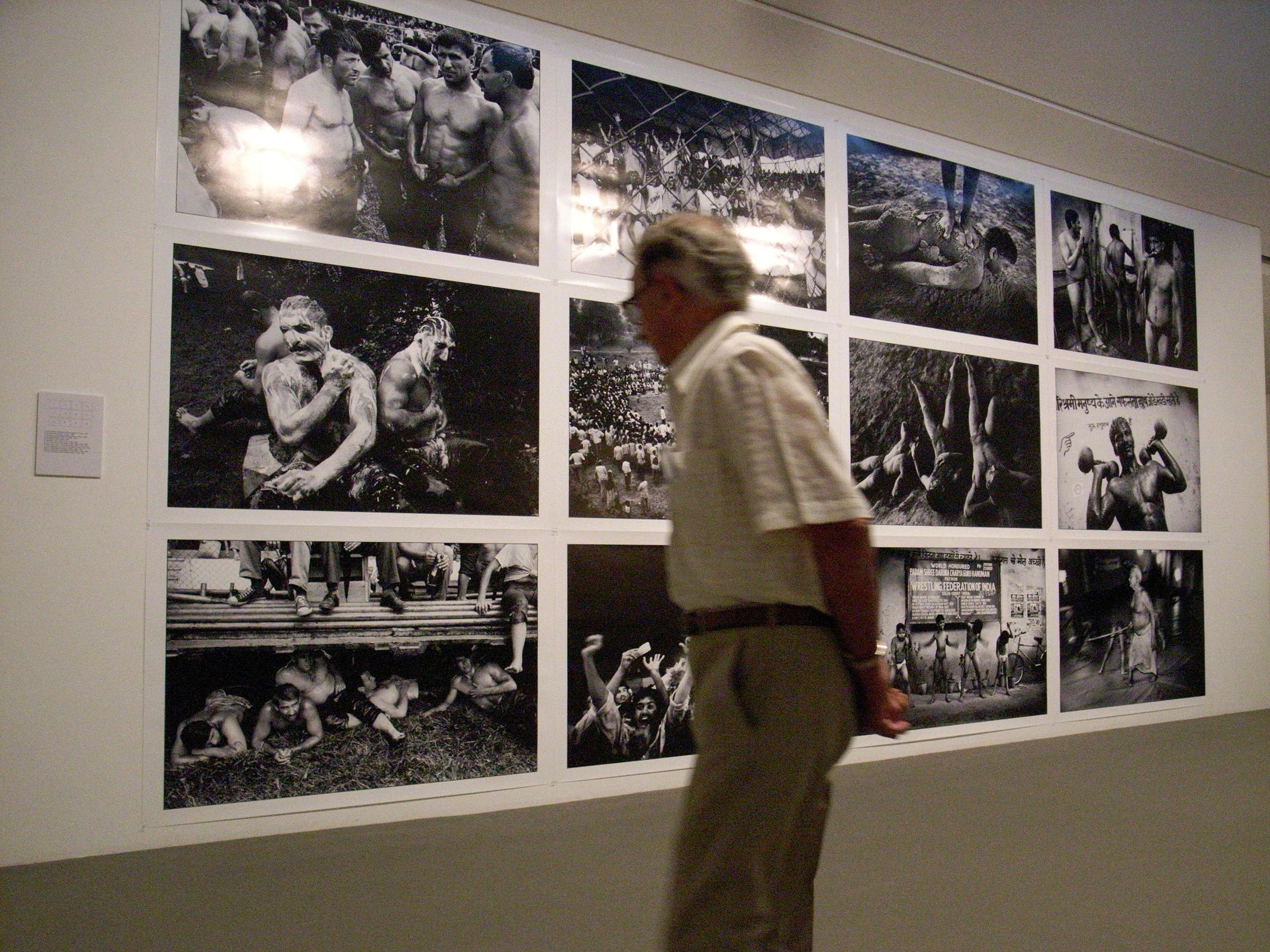


Venues
Monash Gallery of Art, Melbourne, Australia, 2007.
Moores Building of Contemporary Art, Fremantle, Australia, 2004.
Statement
Documenting wrestlers around the world was not something I ever planned. I was drawn into it in 1993 when I came across an article and photo essay about a traditional Hindu wrestling school in Old Delhi. Intrigued, I paid a visit to the school and was welcomed by its head, the inspirational Guru Hanuman. Hanuman took me in and led me on the first steps of a compelling journey into the private world of traditional wrestling.
Wrestling is the world’s oldest sport, entwining ritual and religion. On whatever continent you find it, the tales of its origins resonate with ancient history and folklore, the core essence of its people. Wrestling is the rawest animalistic activity on earth for humans and its roots are drawn from tribal Africa to revolutionary Mexico, to Genghis Khan and his war-loving Mongol armies, to the enlightening Ramayana on India and Japan’s honourable Samurai.Wrestling combined my interest in the rituals and techniques of man-to-man combat, and also my wish to document traditional lifestyles that are fast disappearing from our globalised world. Racing against time I wanted to photograph them in their most primal forms, telling a story of each of the countries where it is still practised, often as the national sport.
Each form of wrestling I have photographed is very different. In Turkey they wrestle using ‘oil’. I chose Mongolia for its remoteness and warrior-soaked history. Gambian wrestling has its roots deeply embedded in tribal history and voodoo, while Sumo is a warrior’s homage to the secretive state religion, Shinto, its immense visual appeal of giants in fierce combat winning it world fame. I chose Swiss wrestling for its bizarre nature, Mexico for its Latino craziness and comic masks, Iowa for its world-beating university squad.
This journey of documenting the traditional world of wrestling has given me some of my most passionate and rewarding experiences.
Works
54 x C-Type Prints ( 150cm x 100cm )
Reviews
Collections

